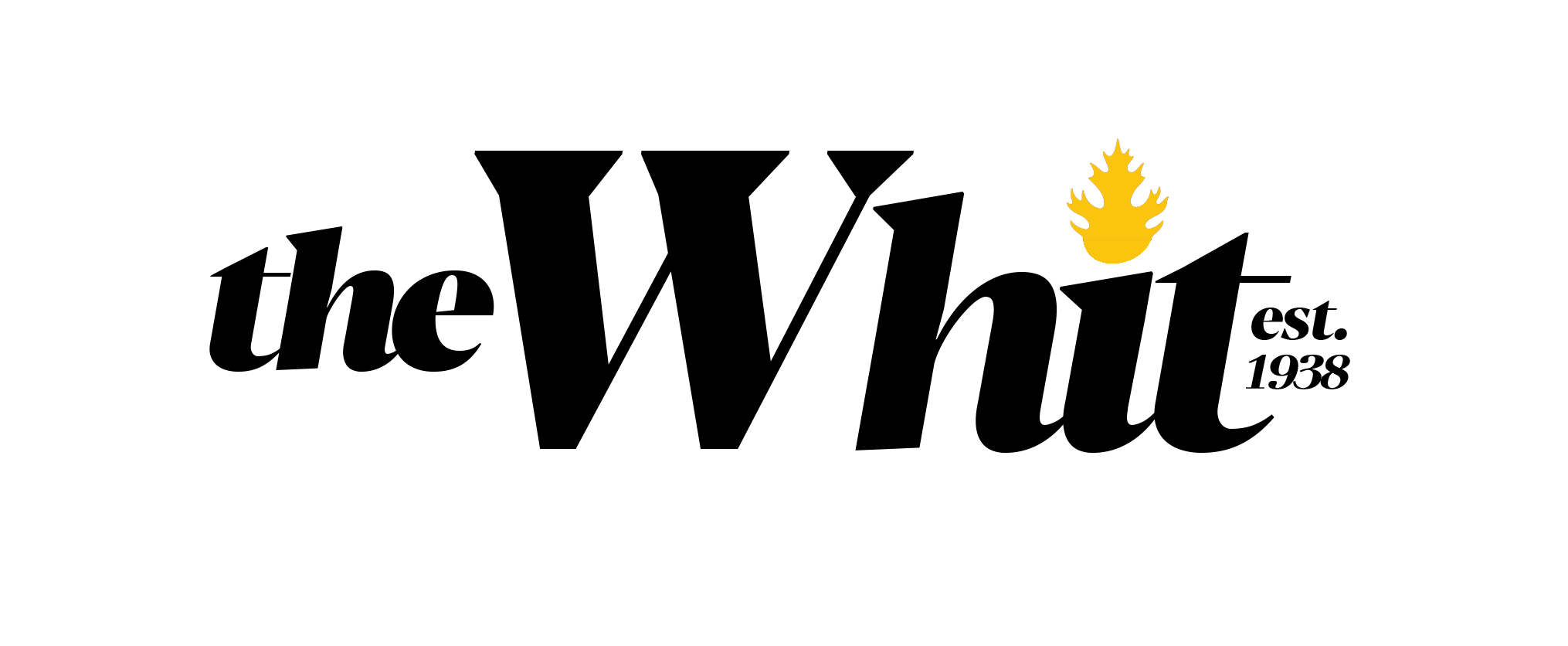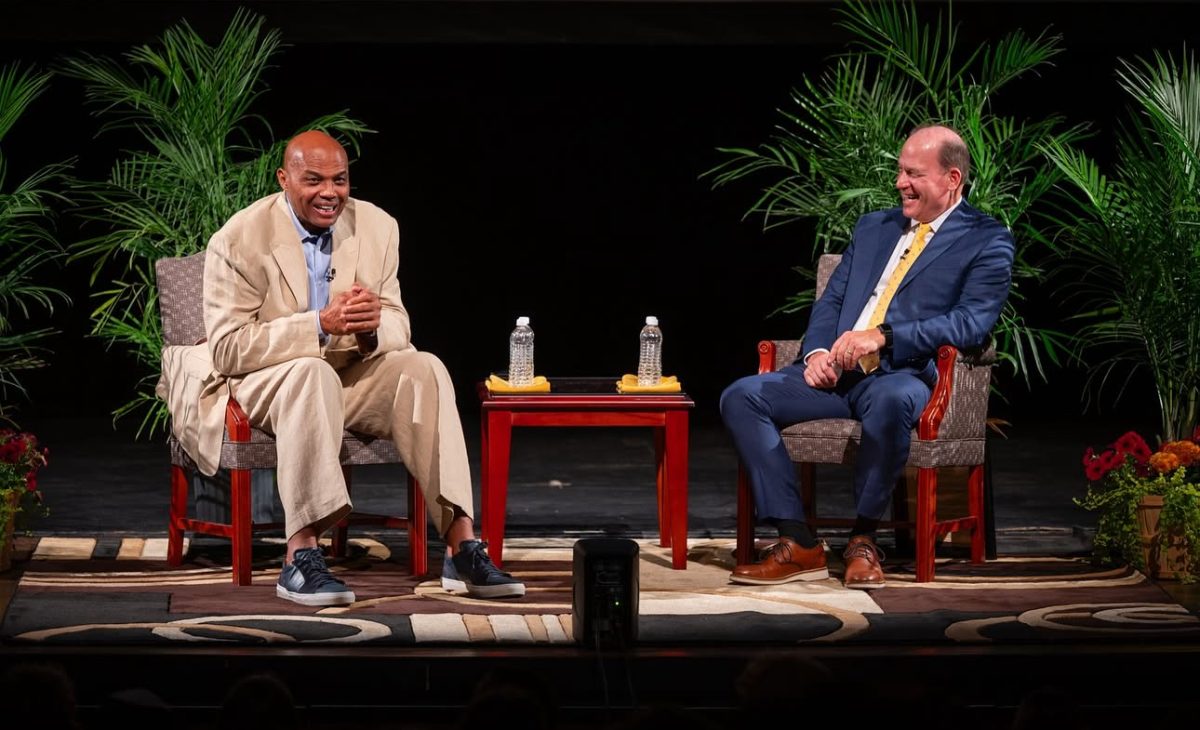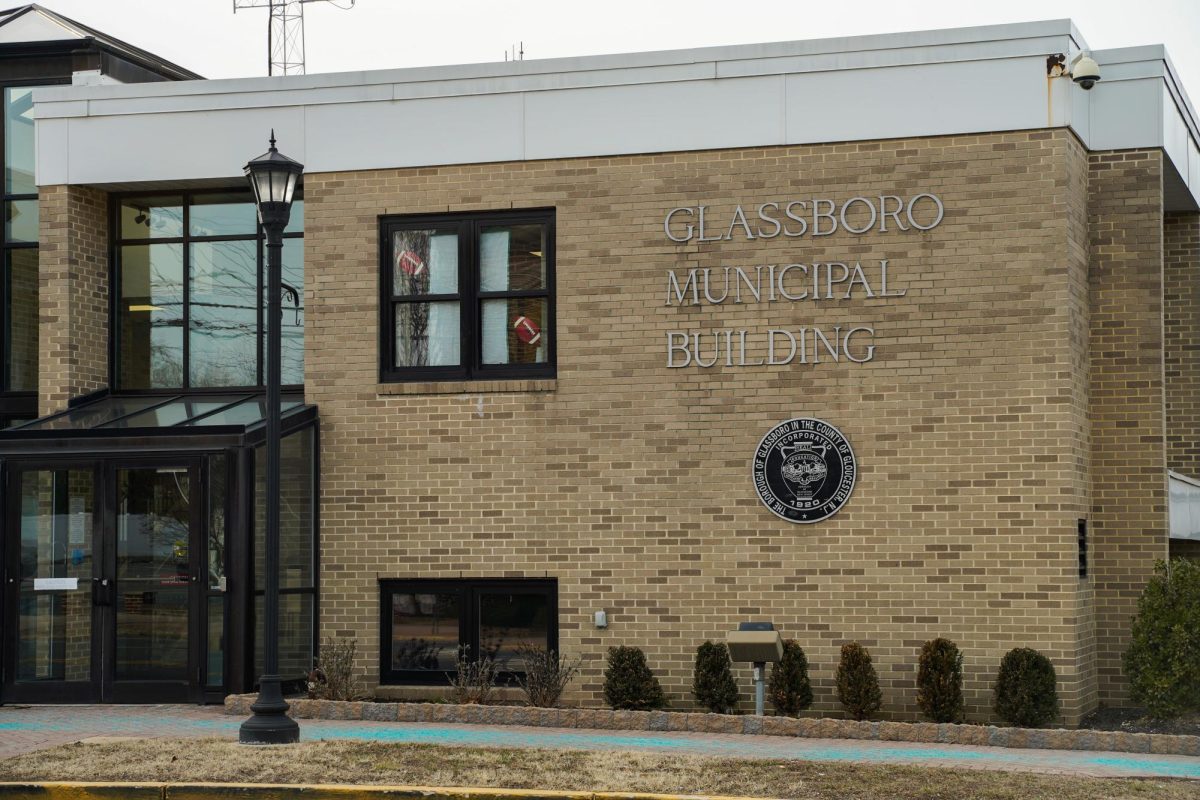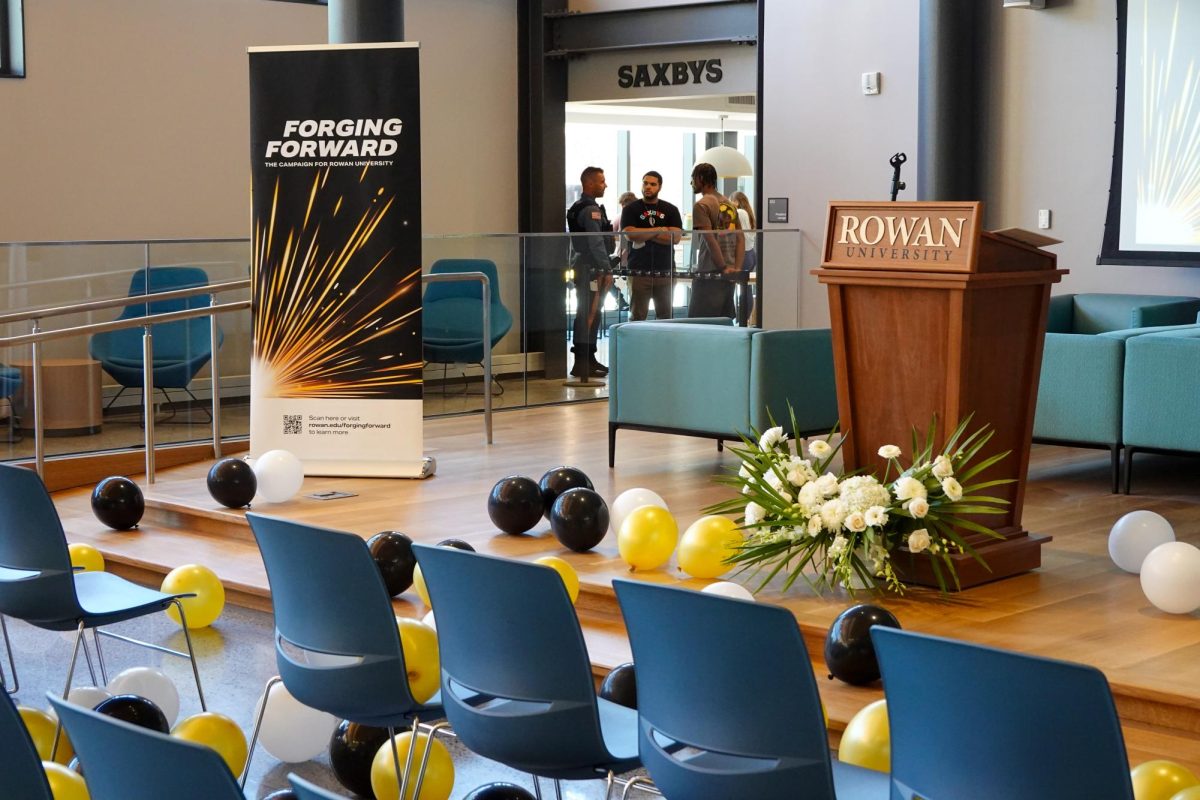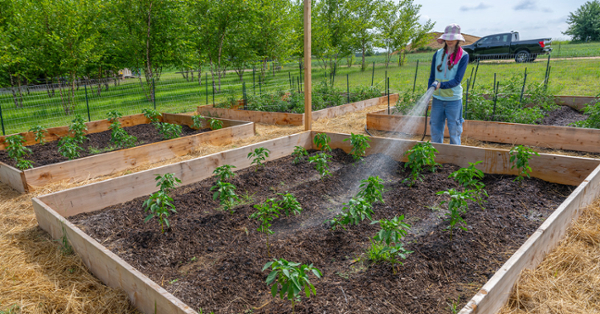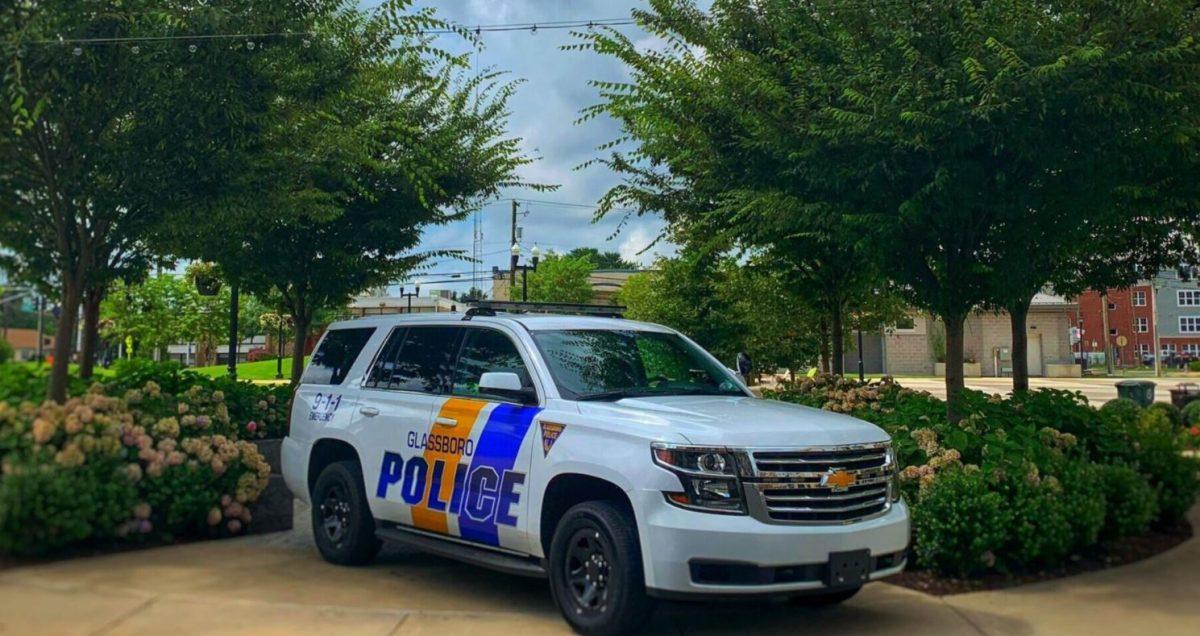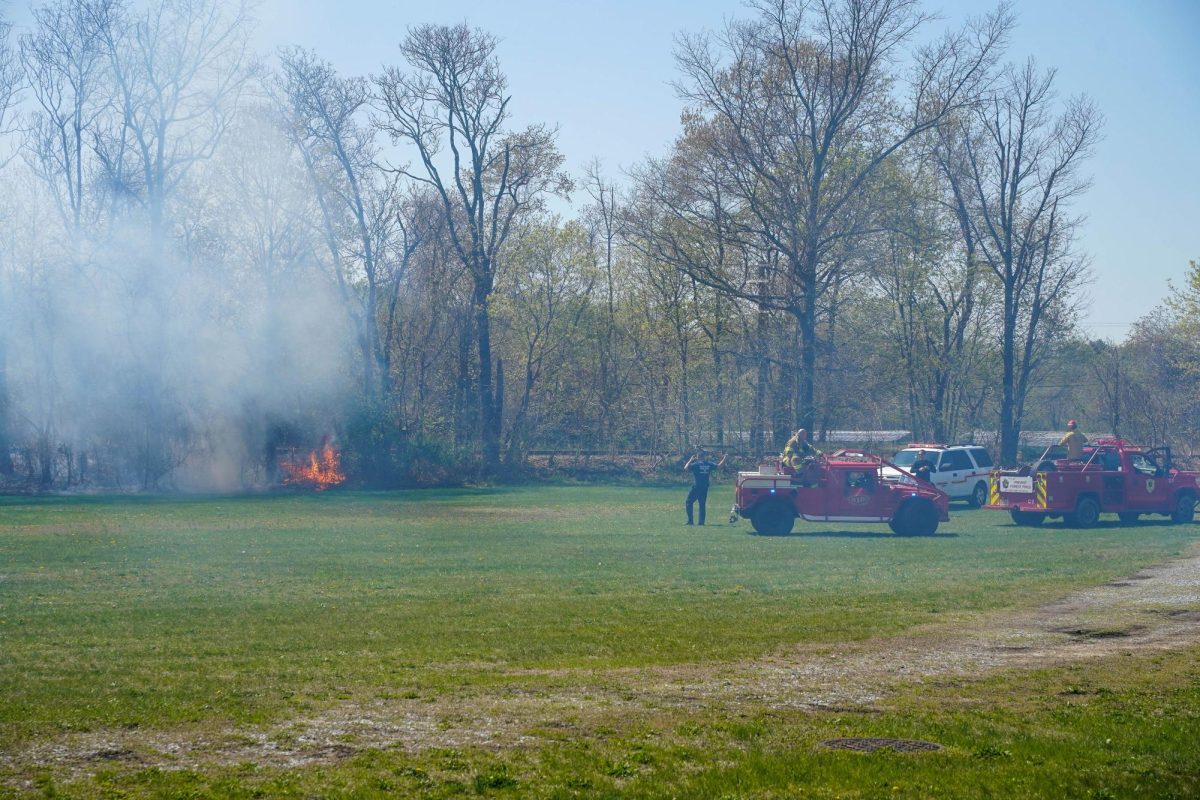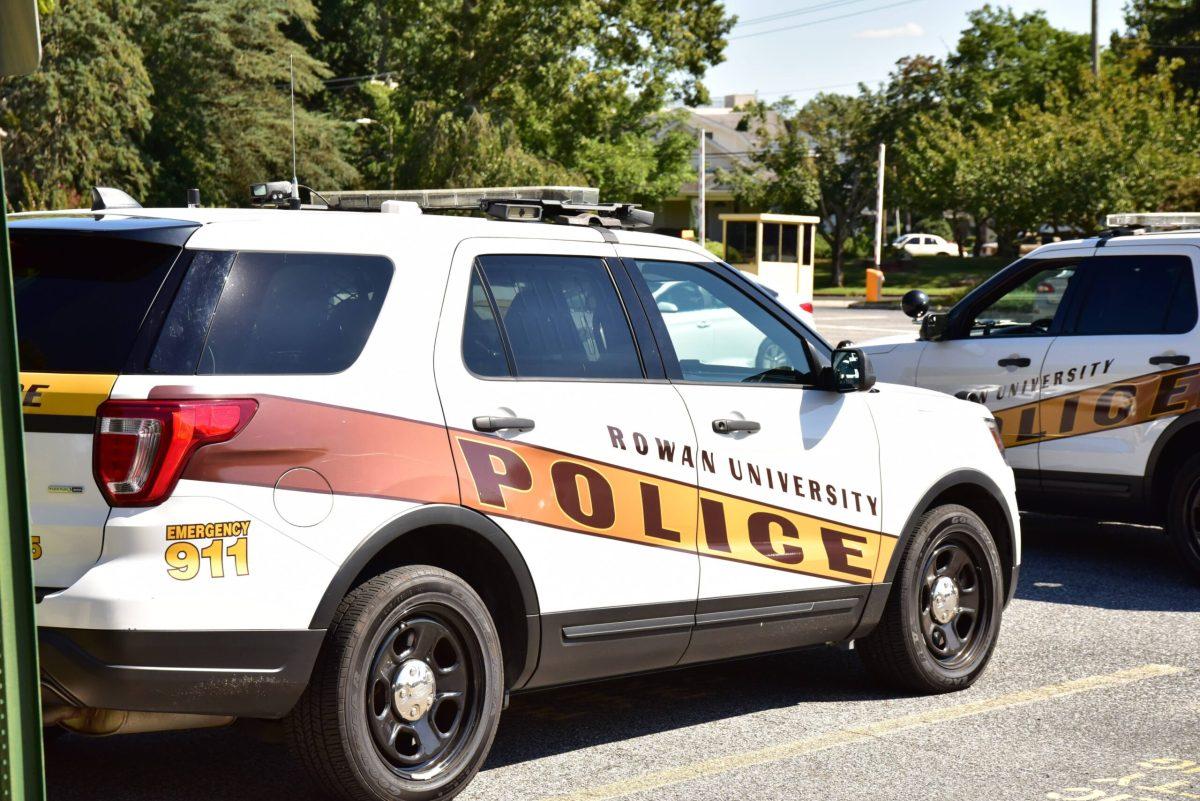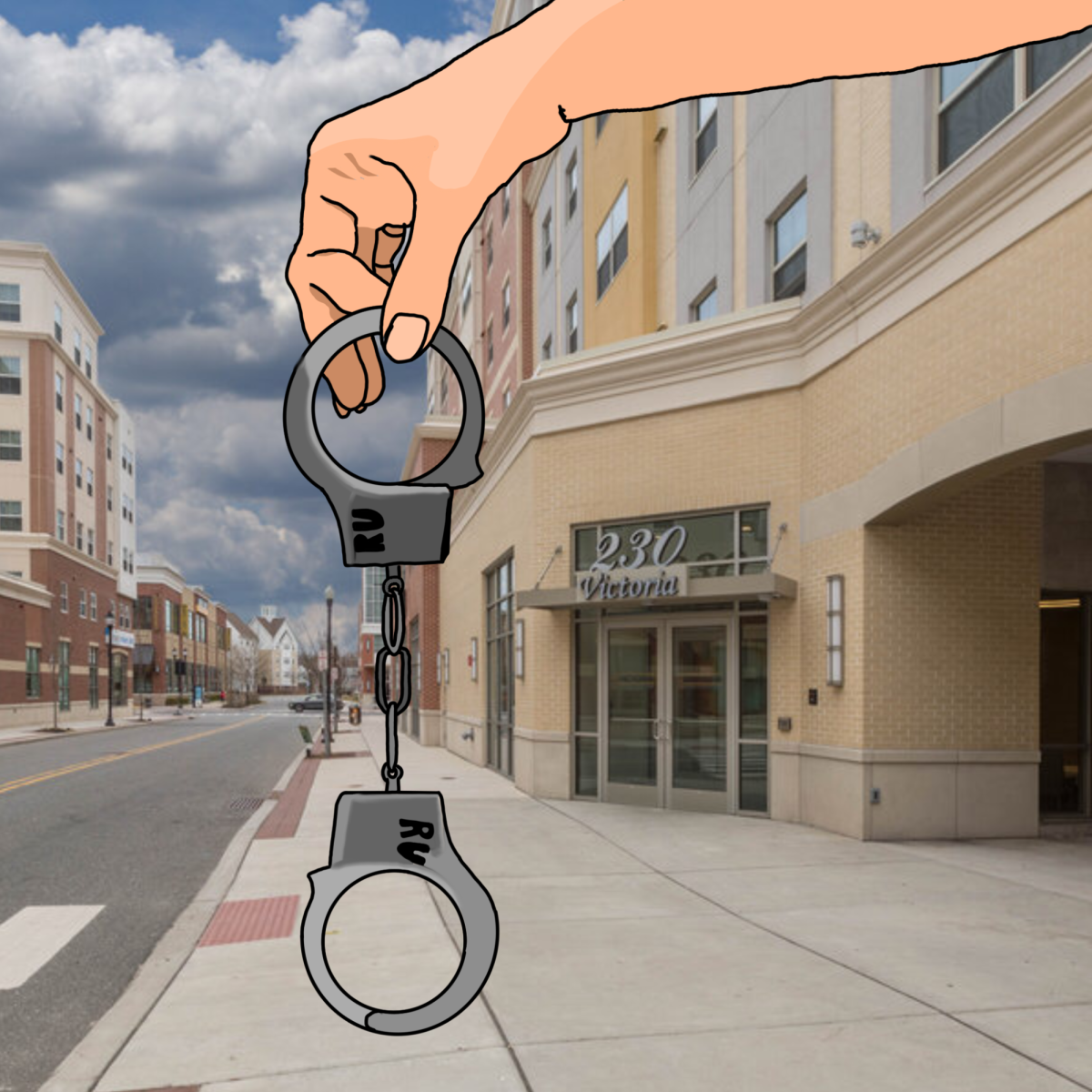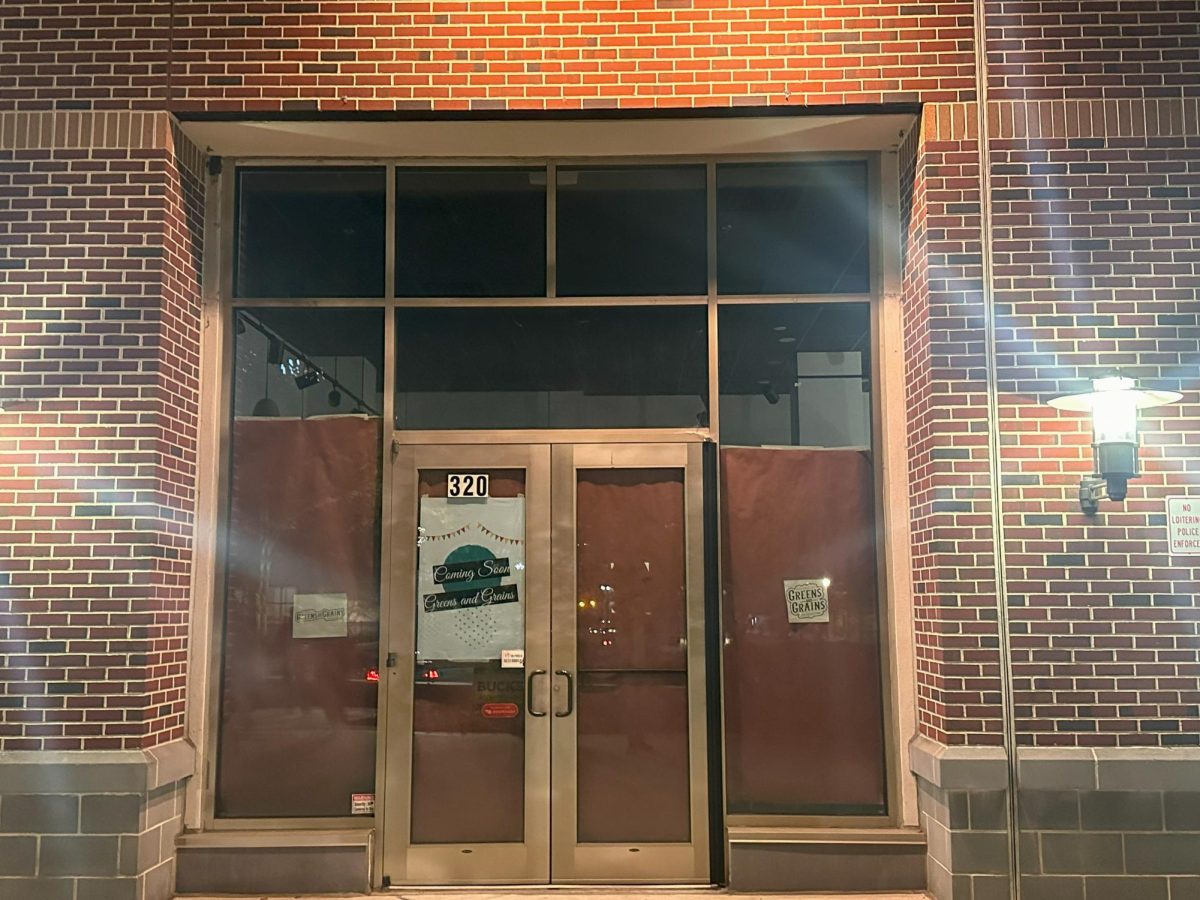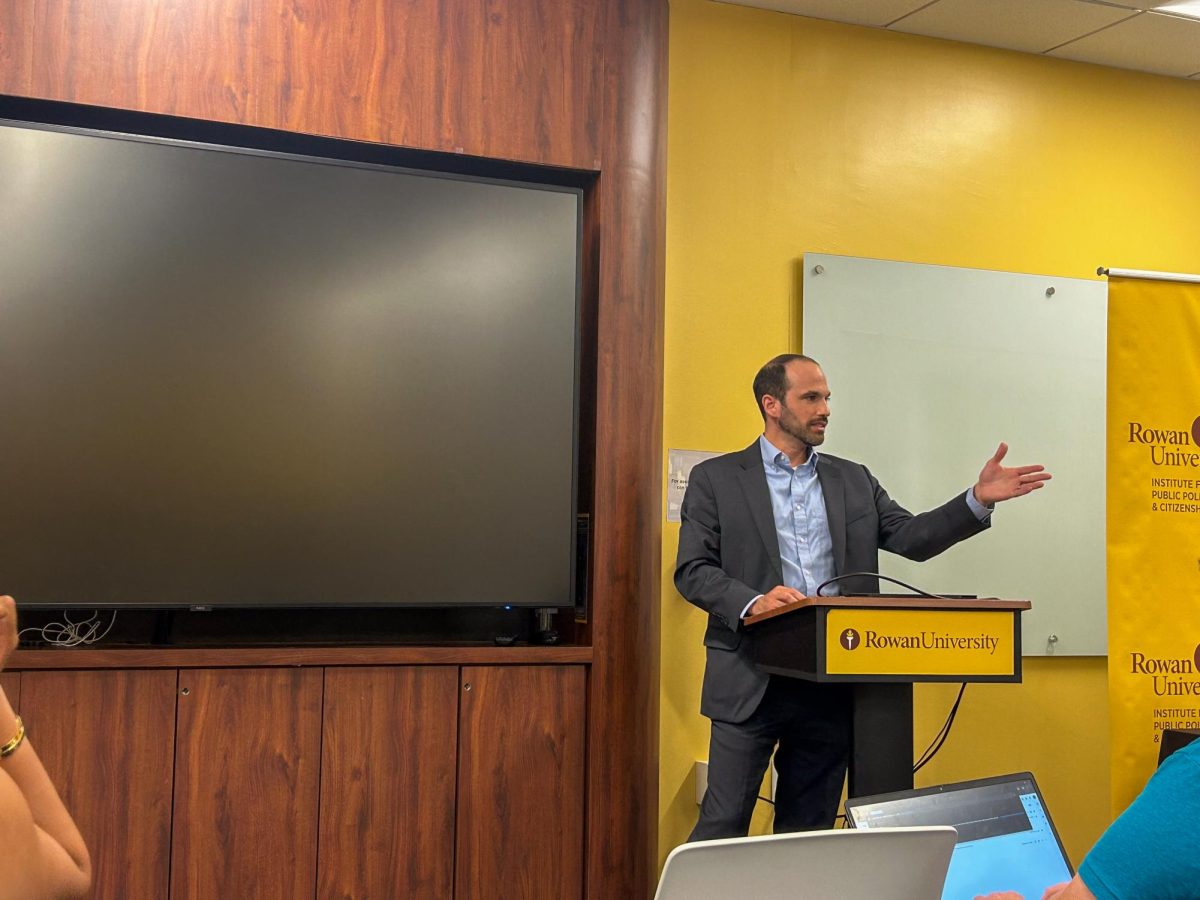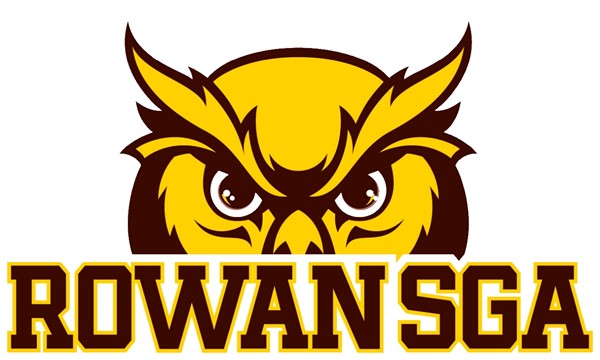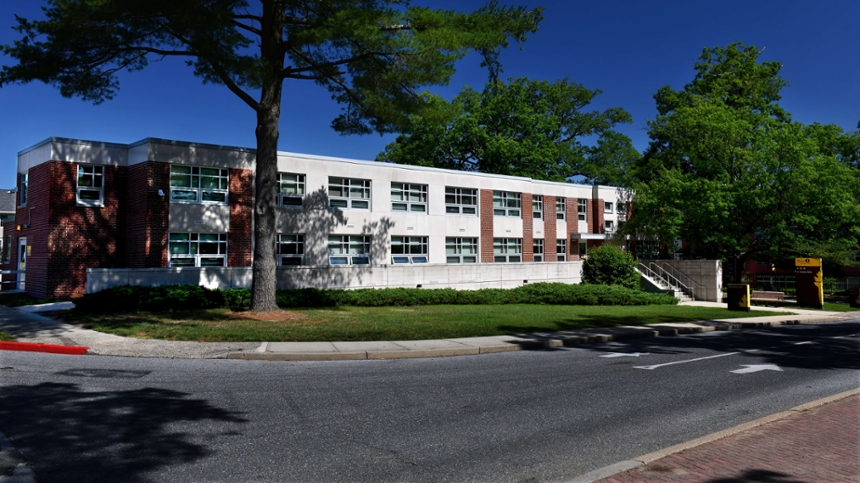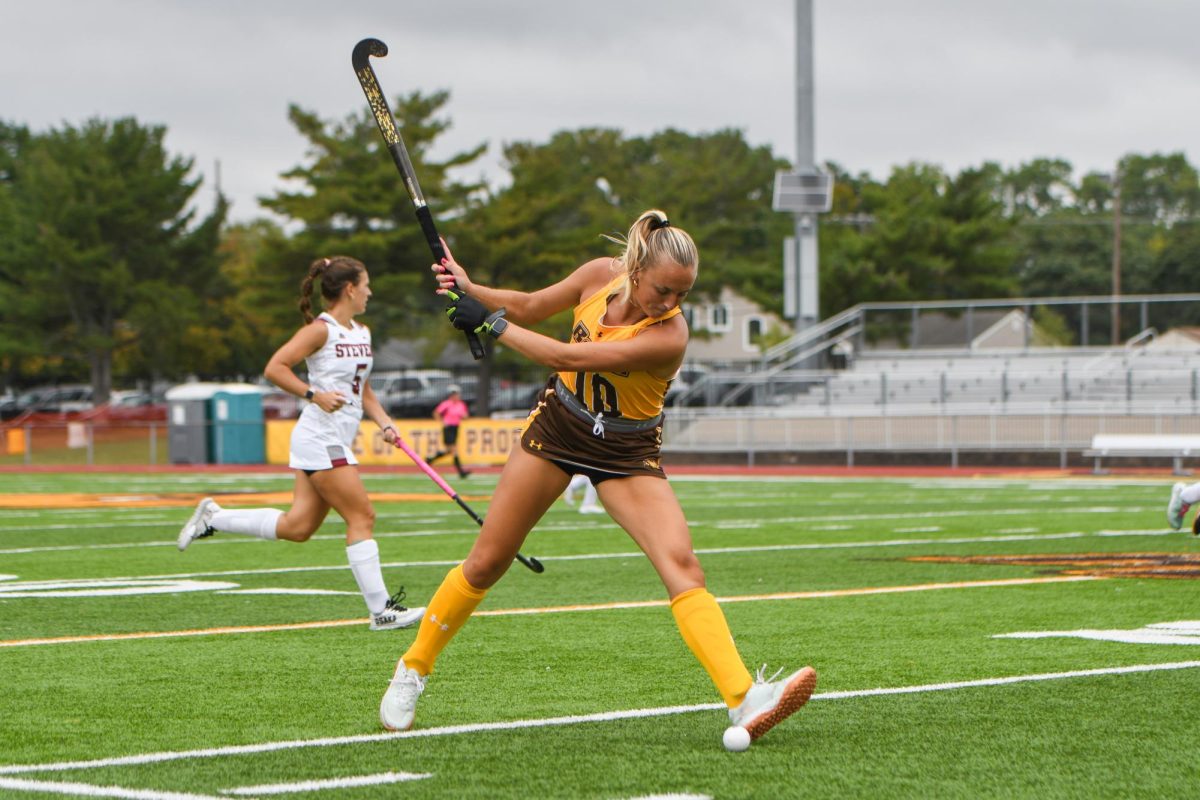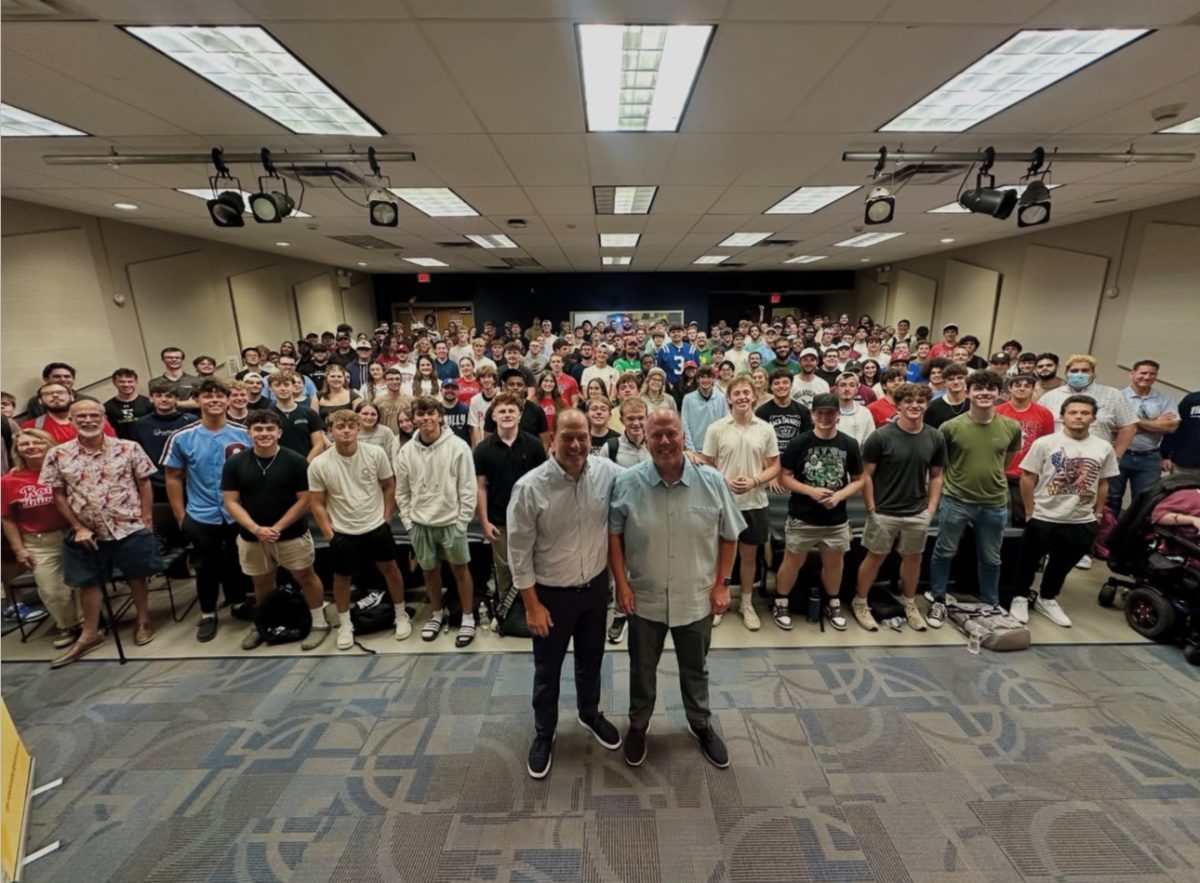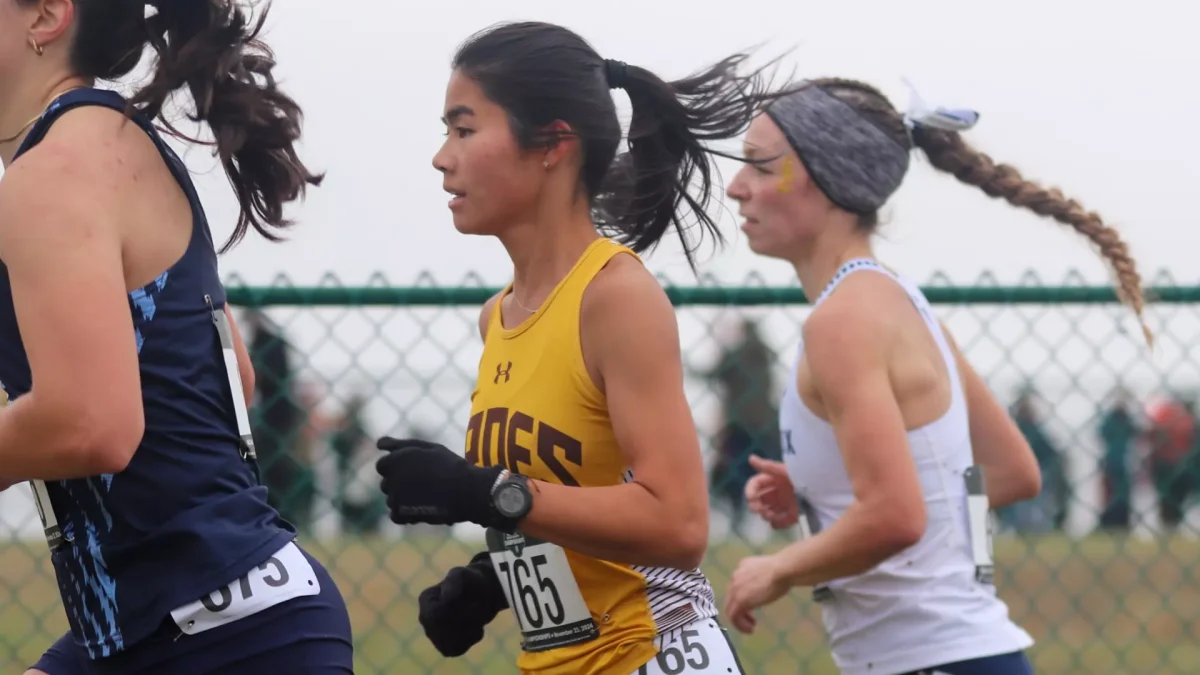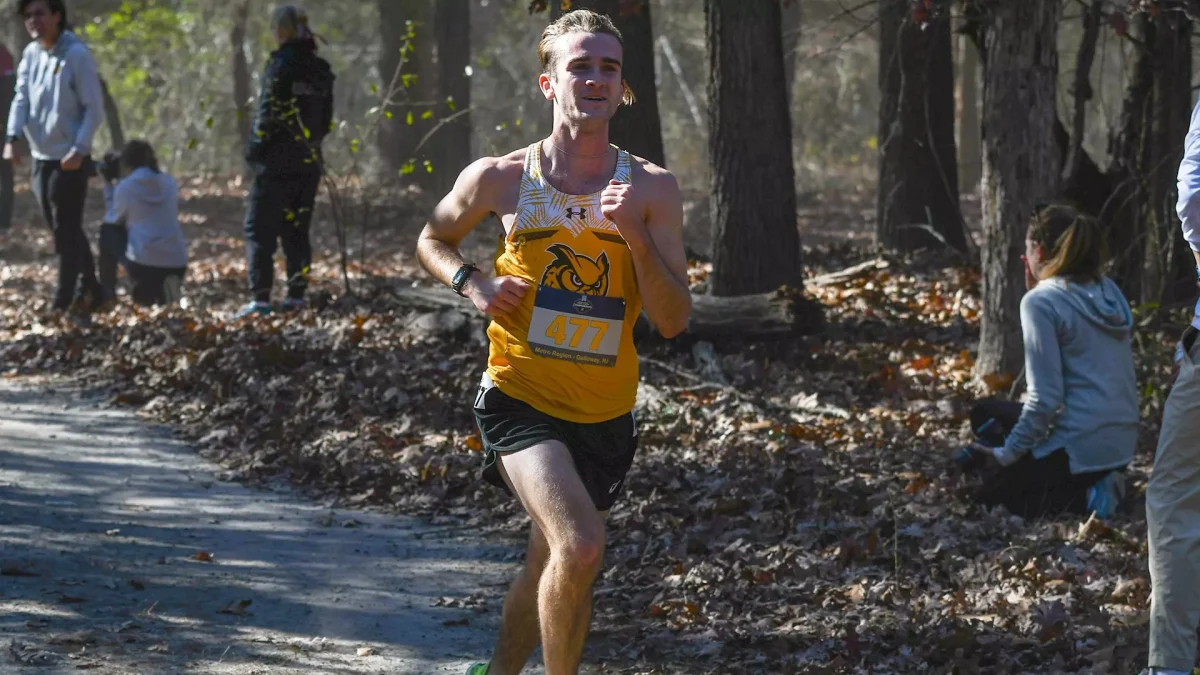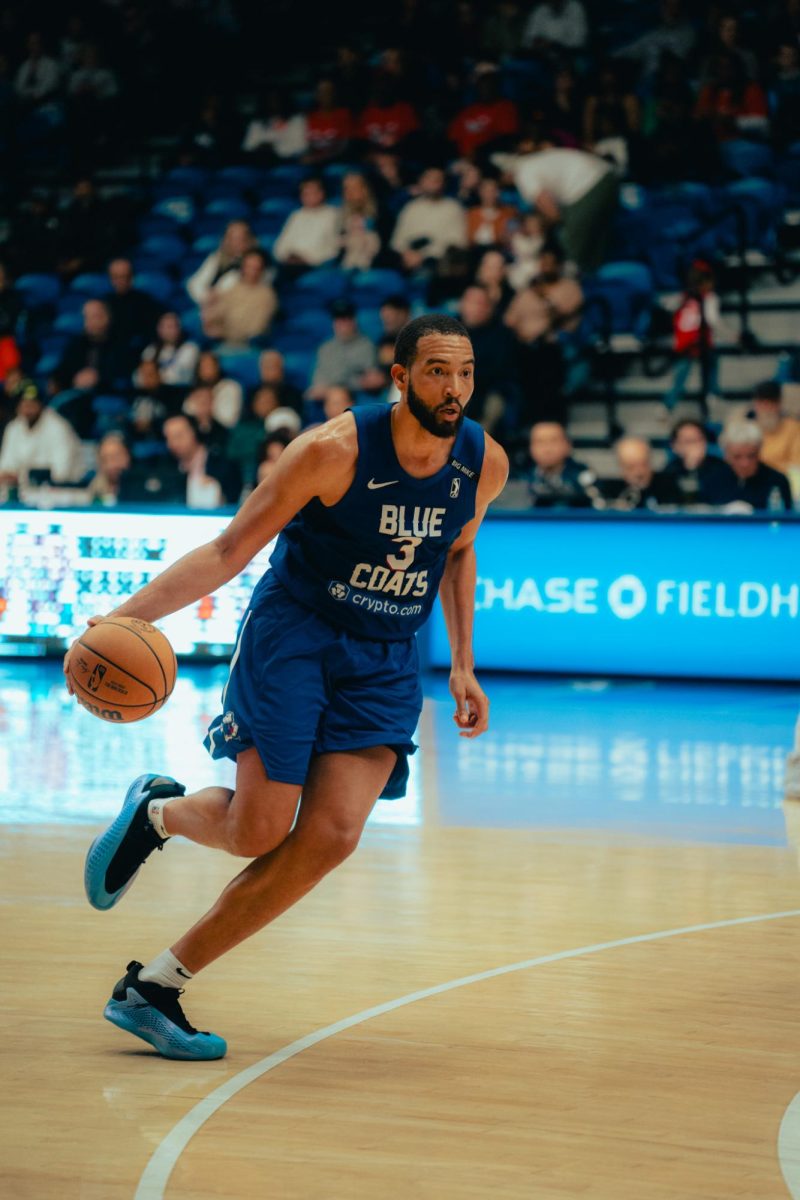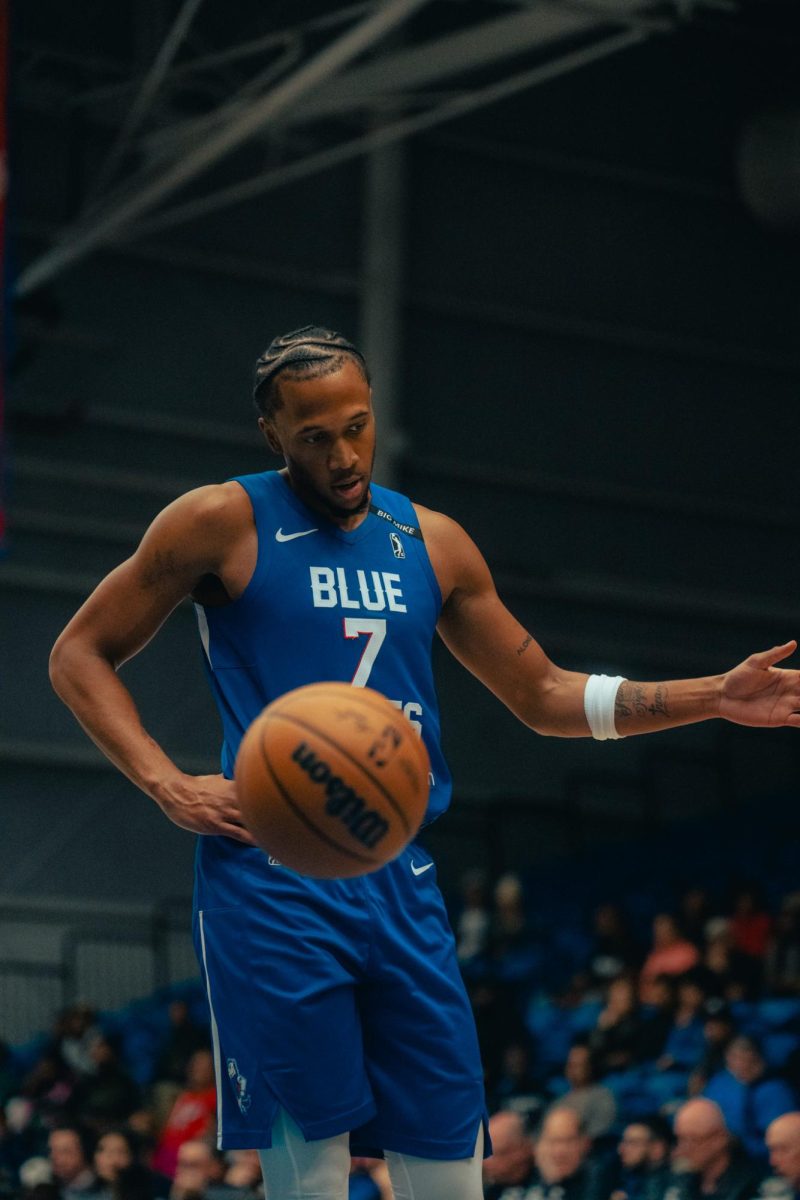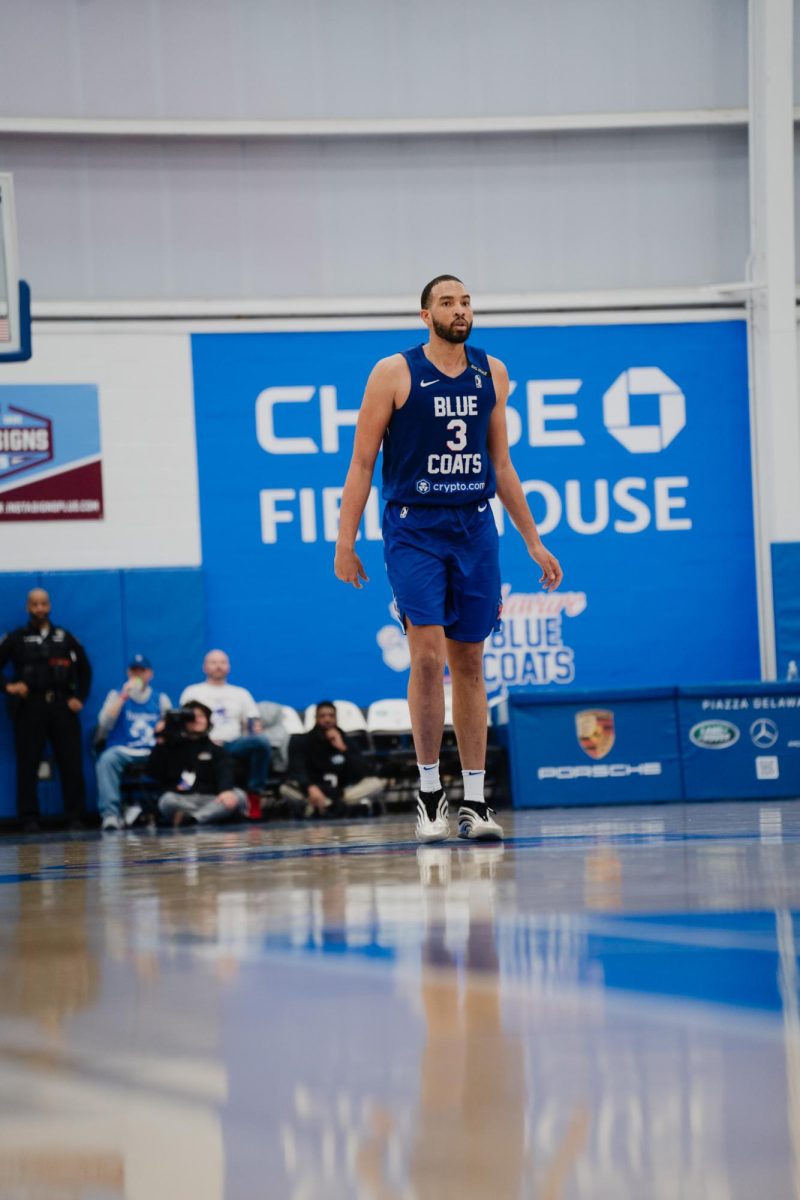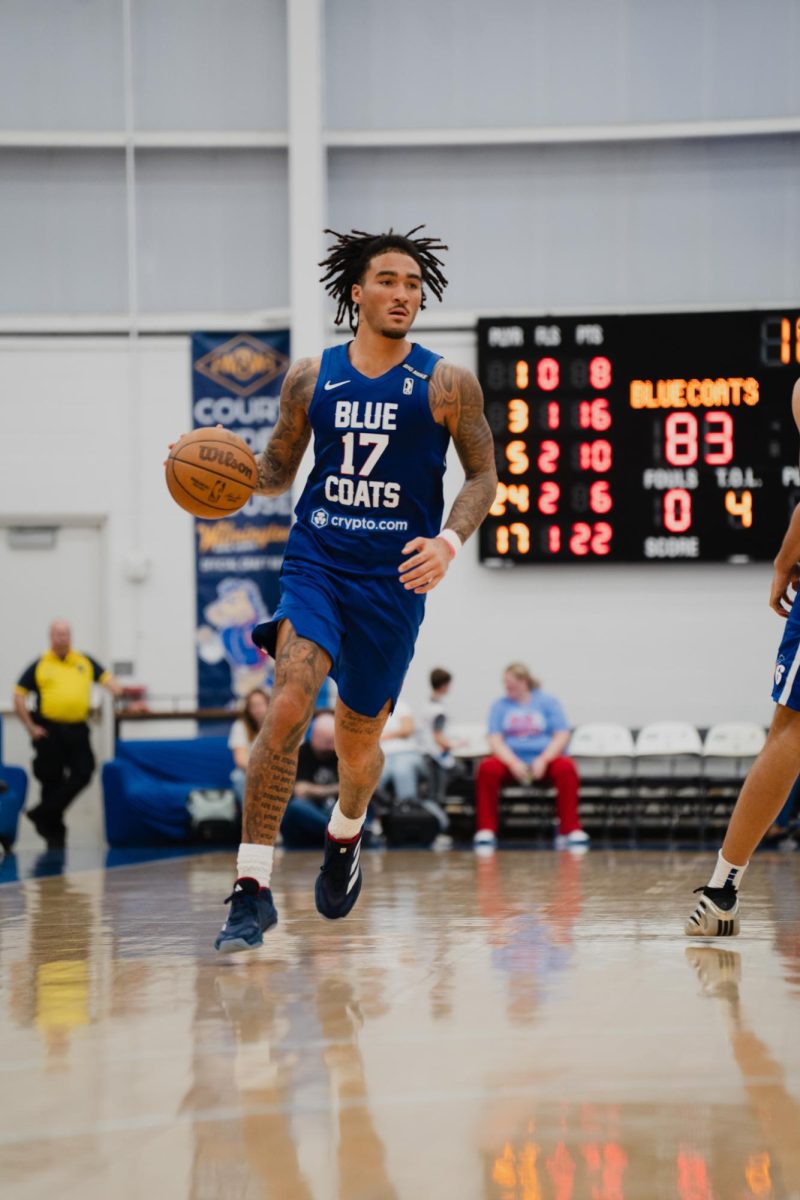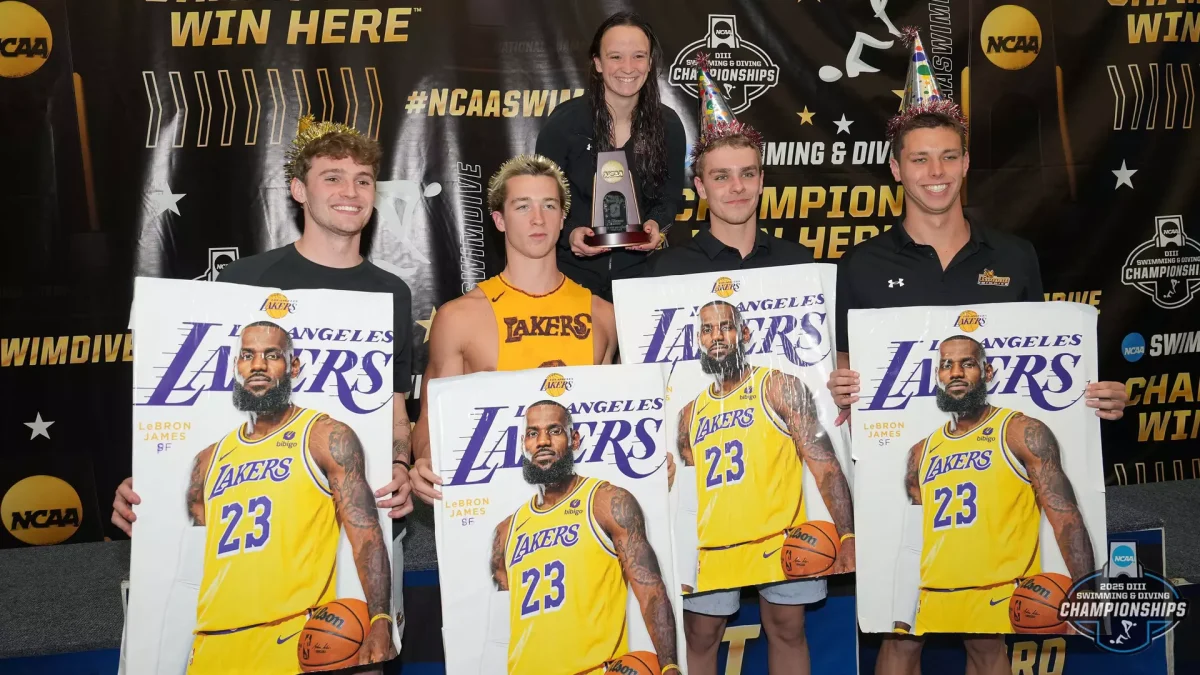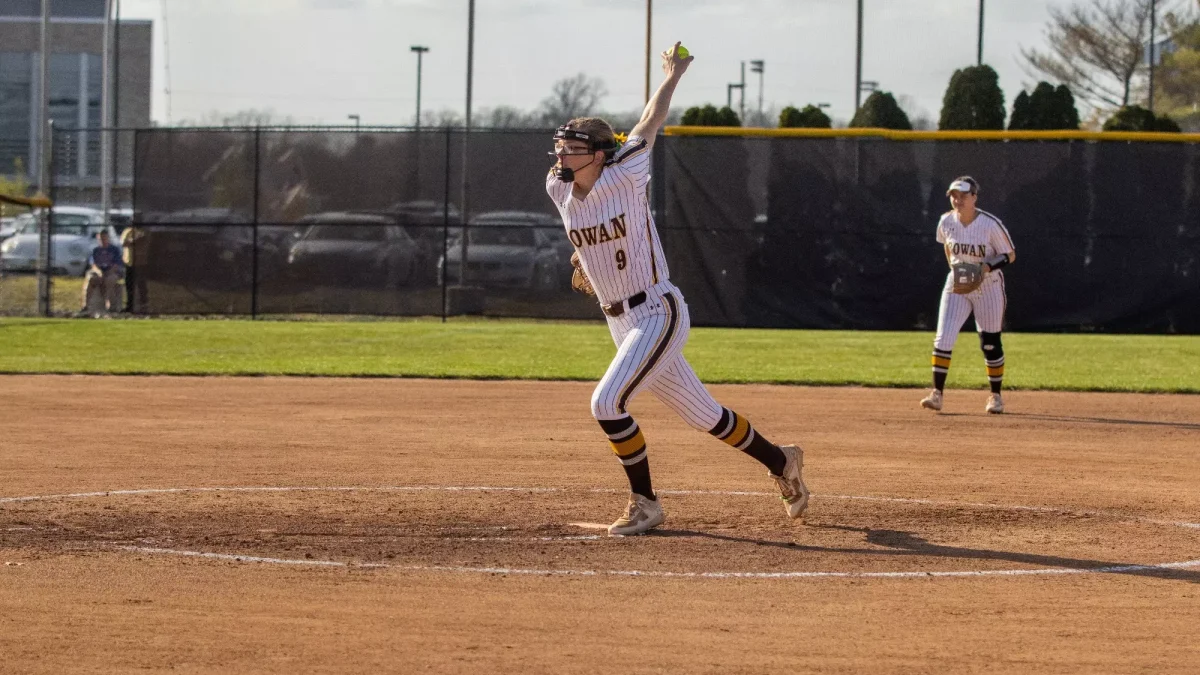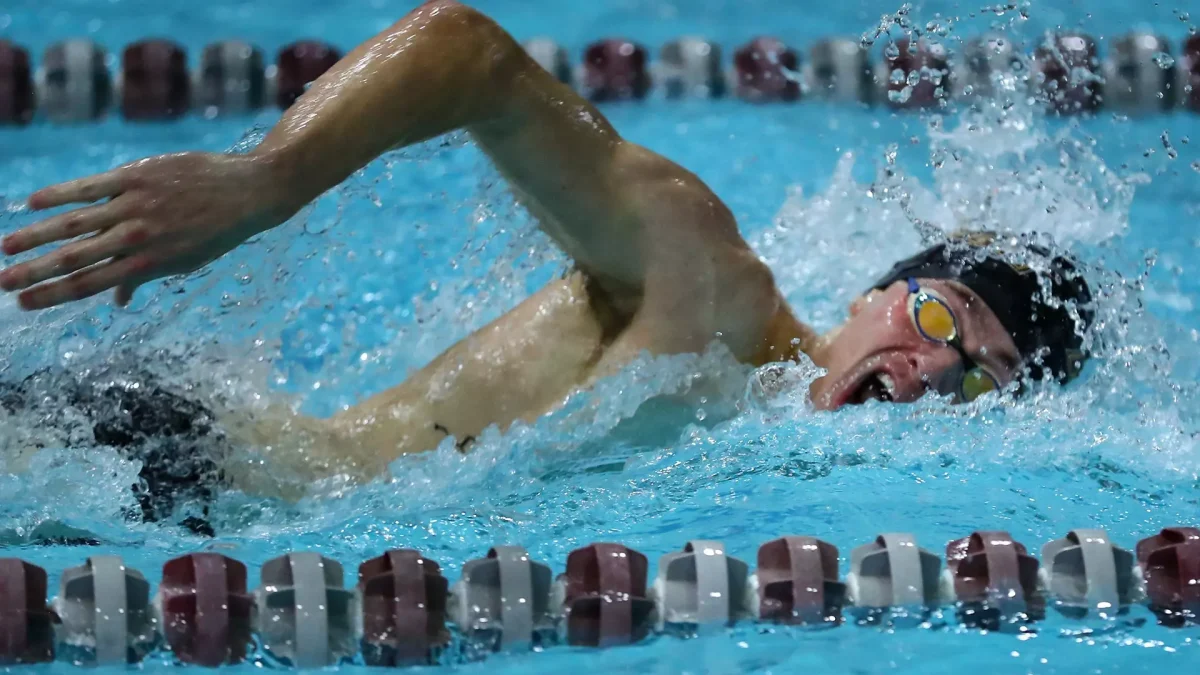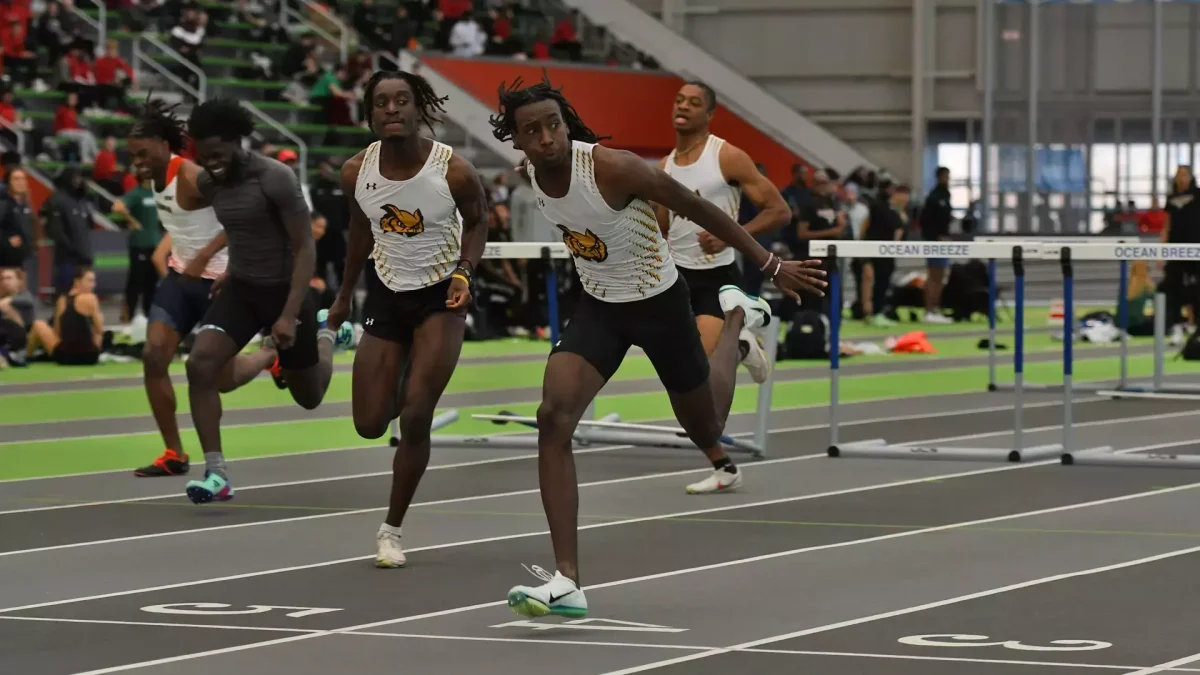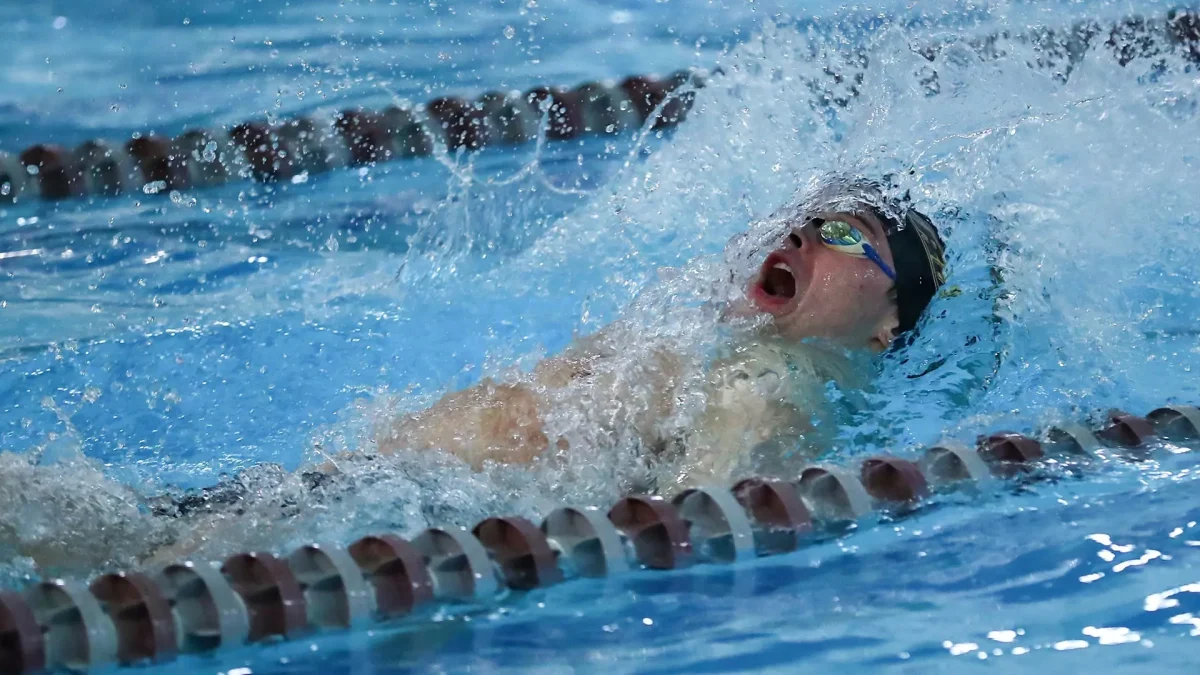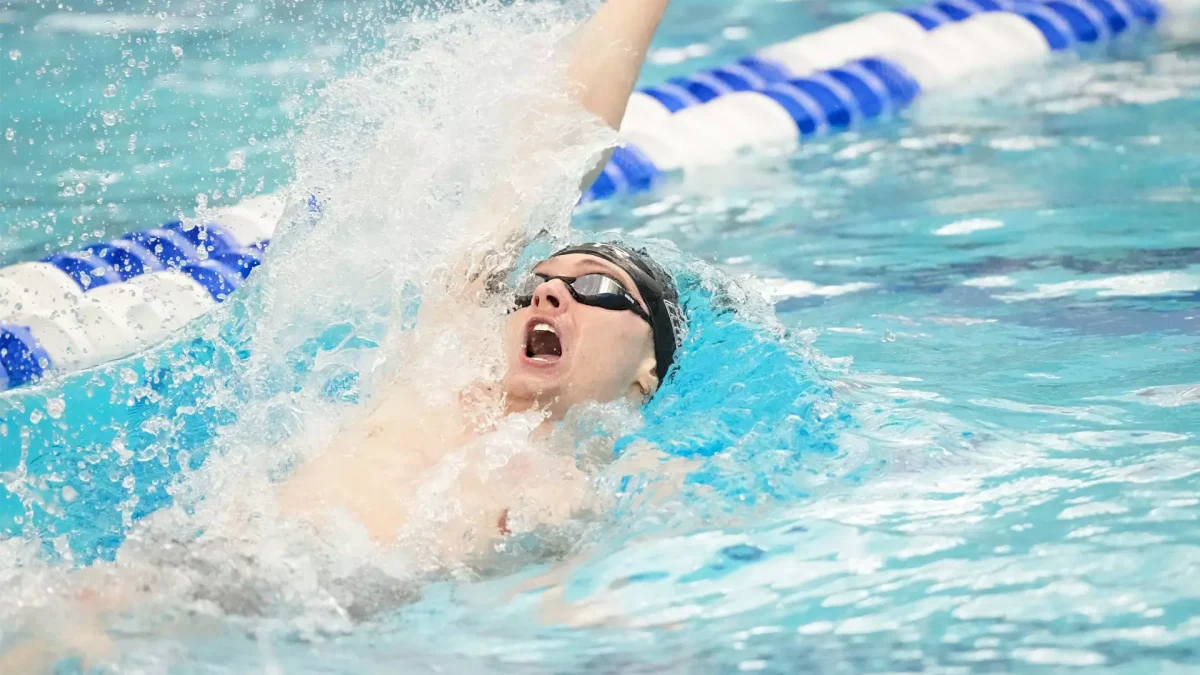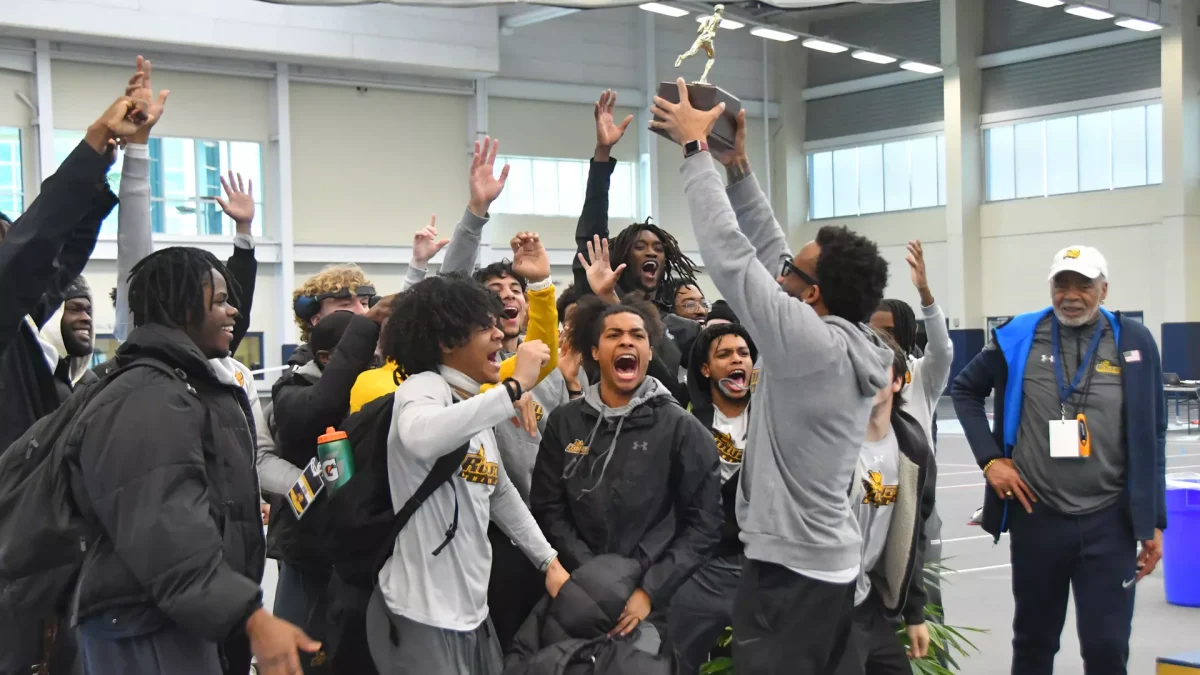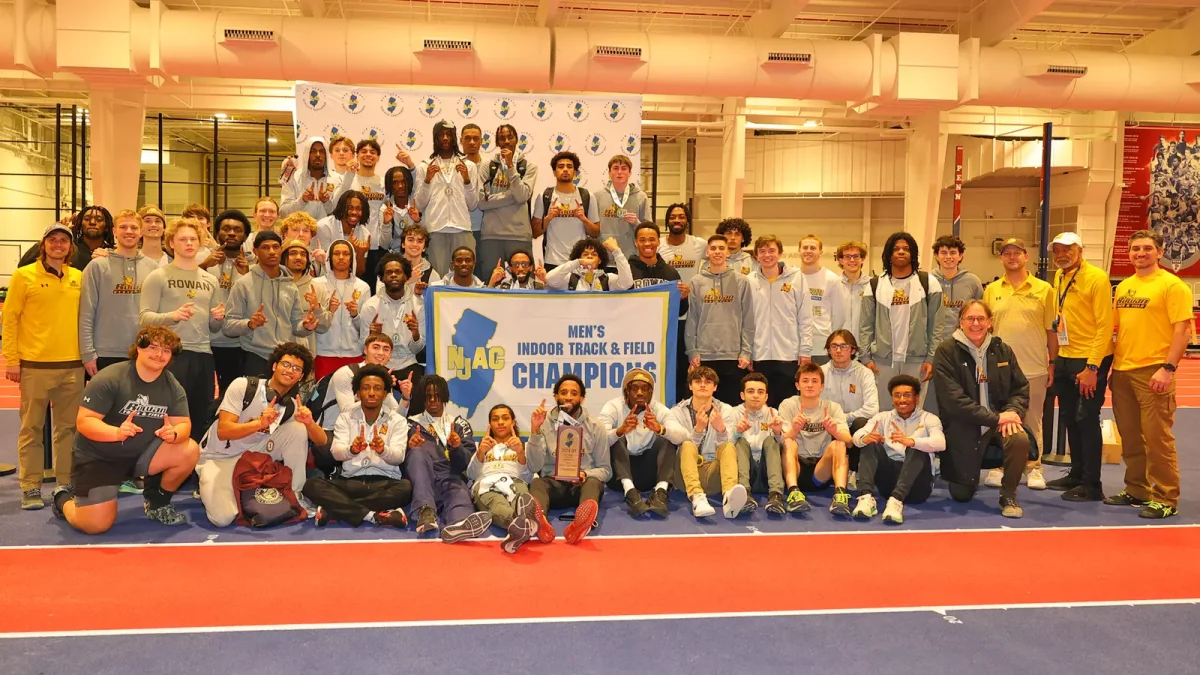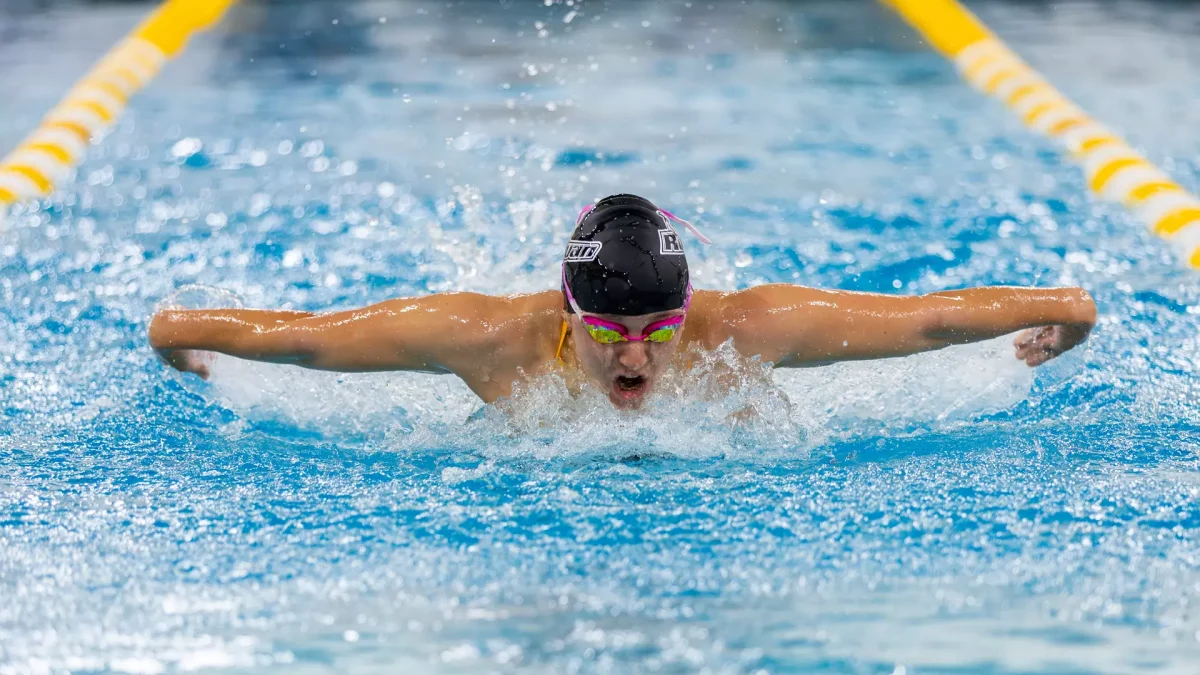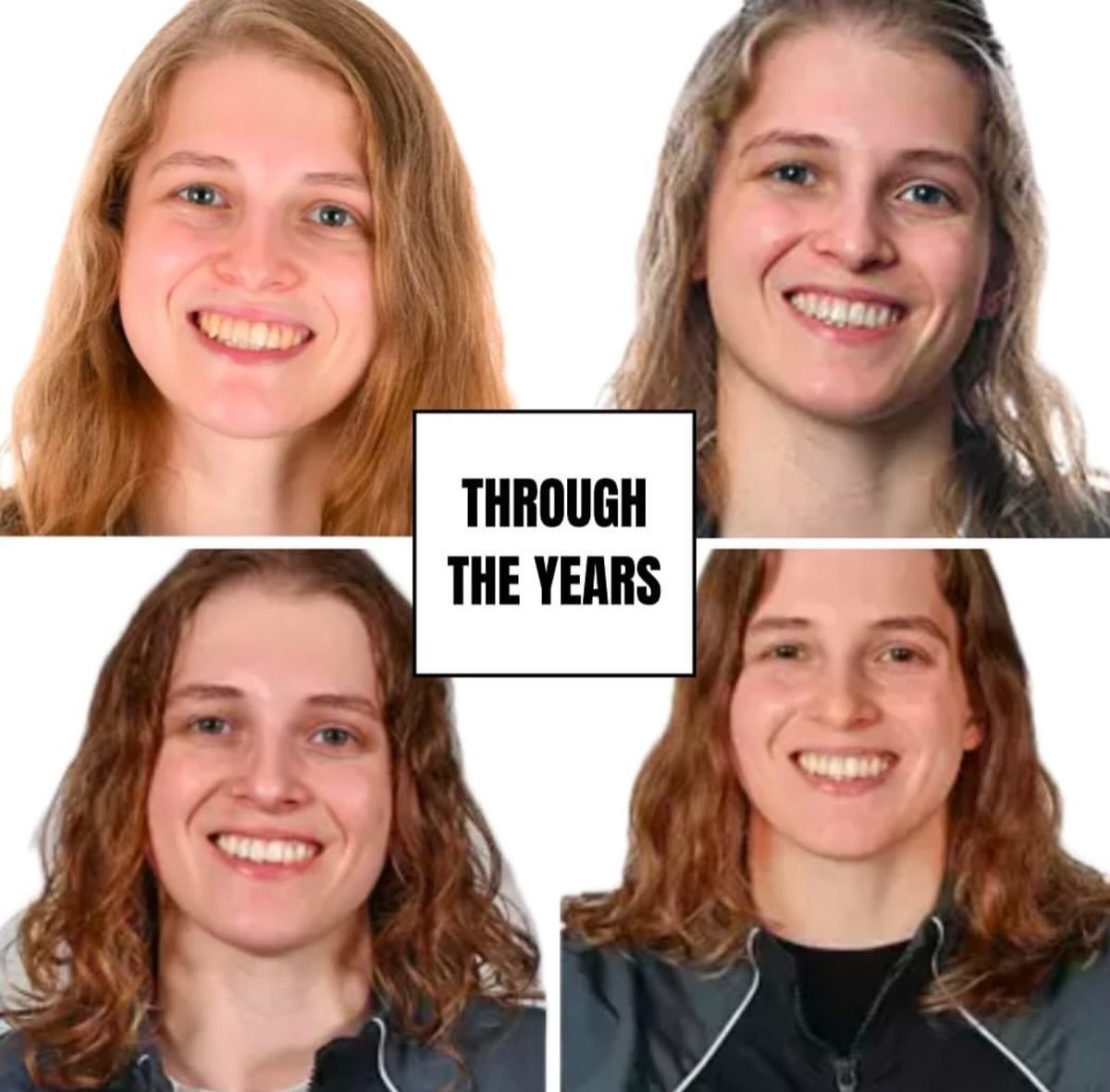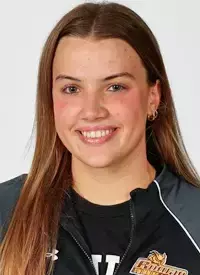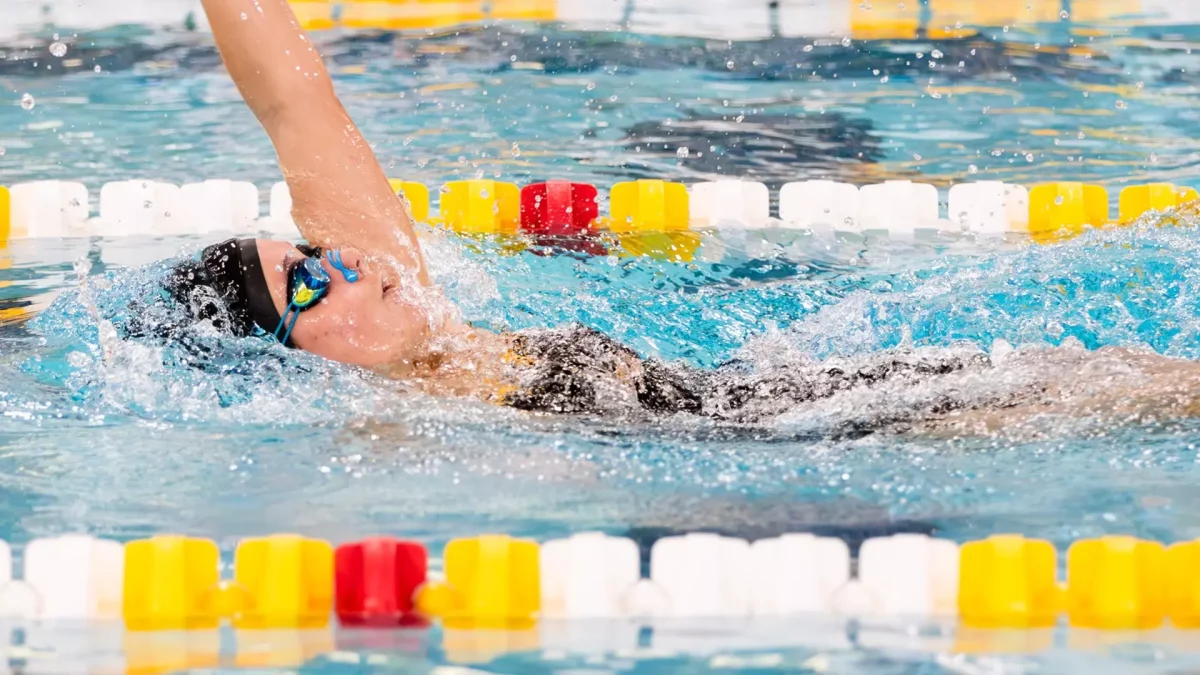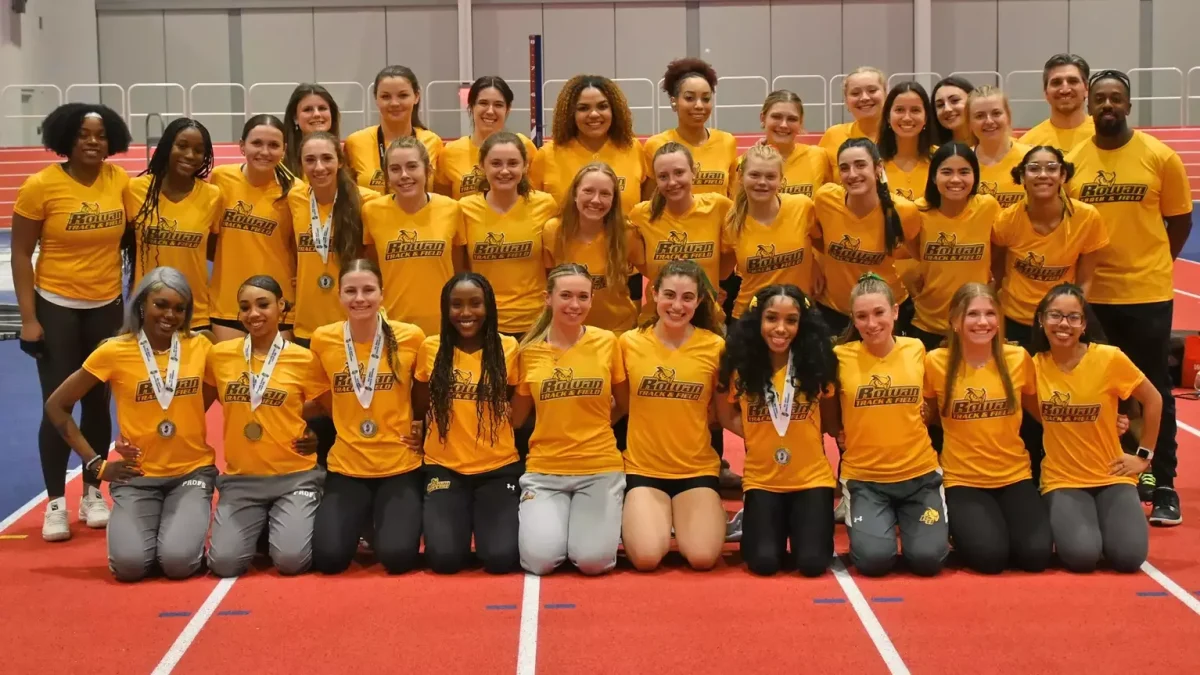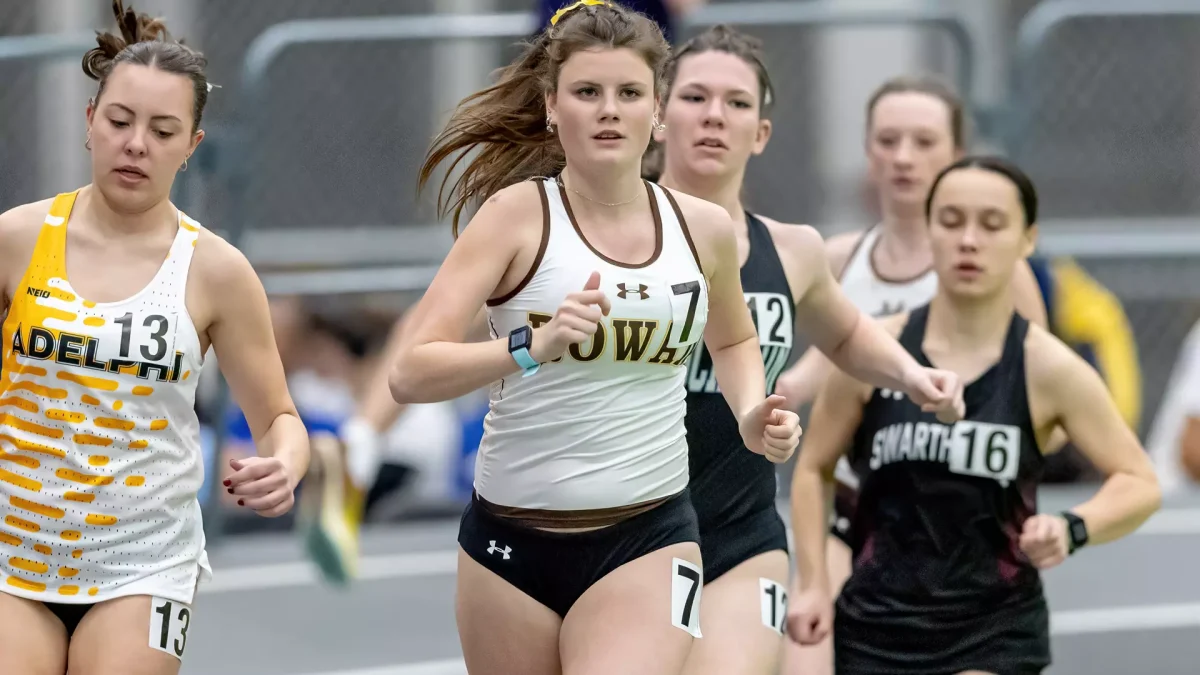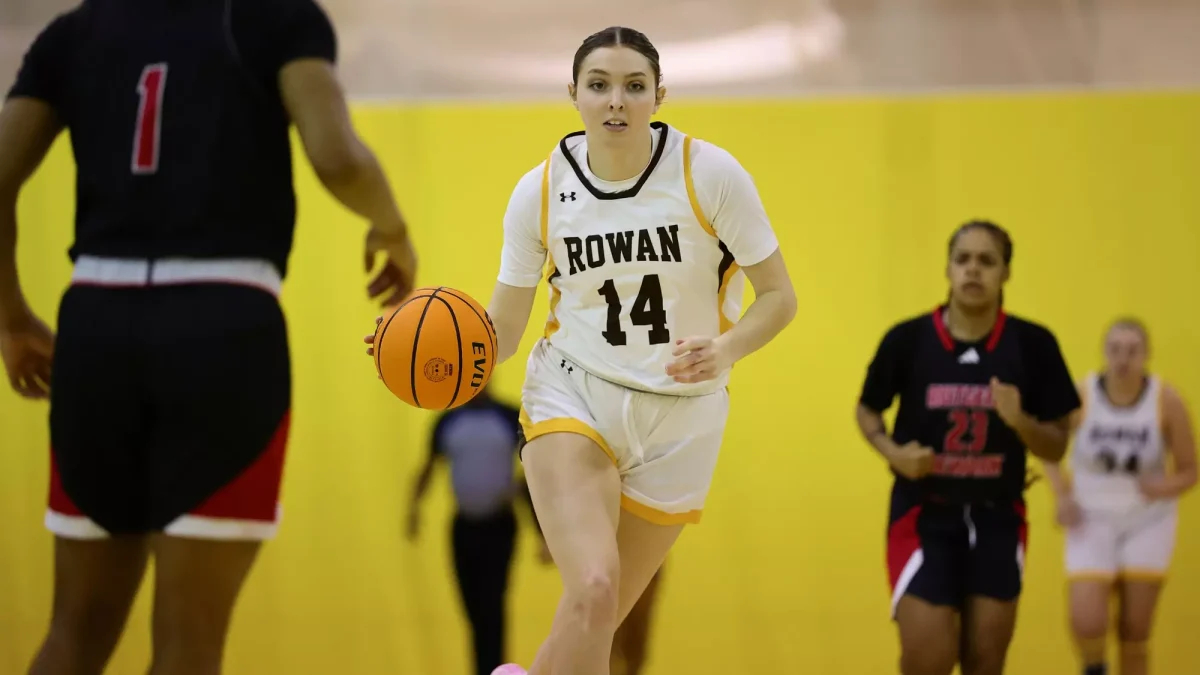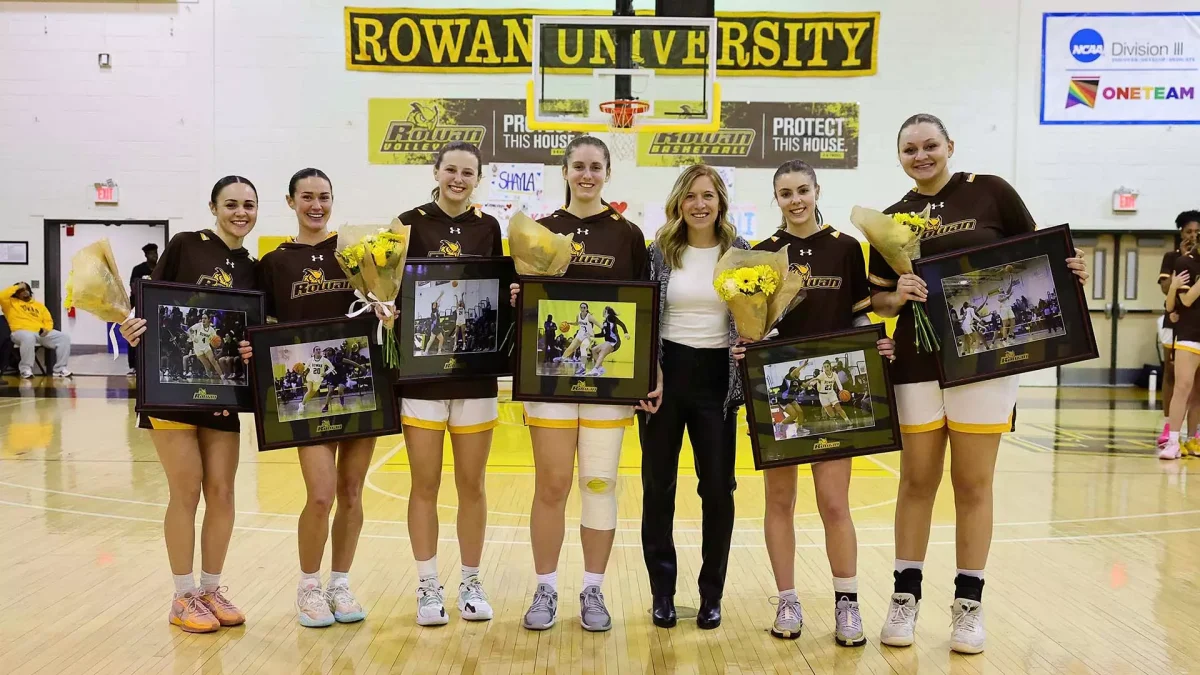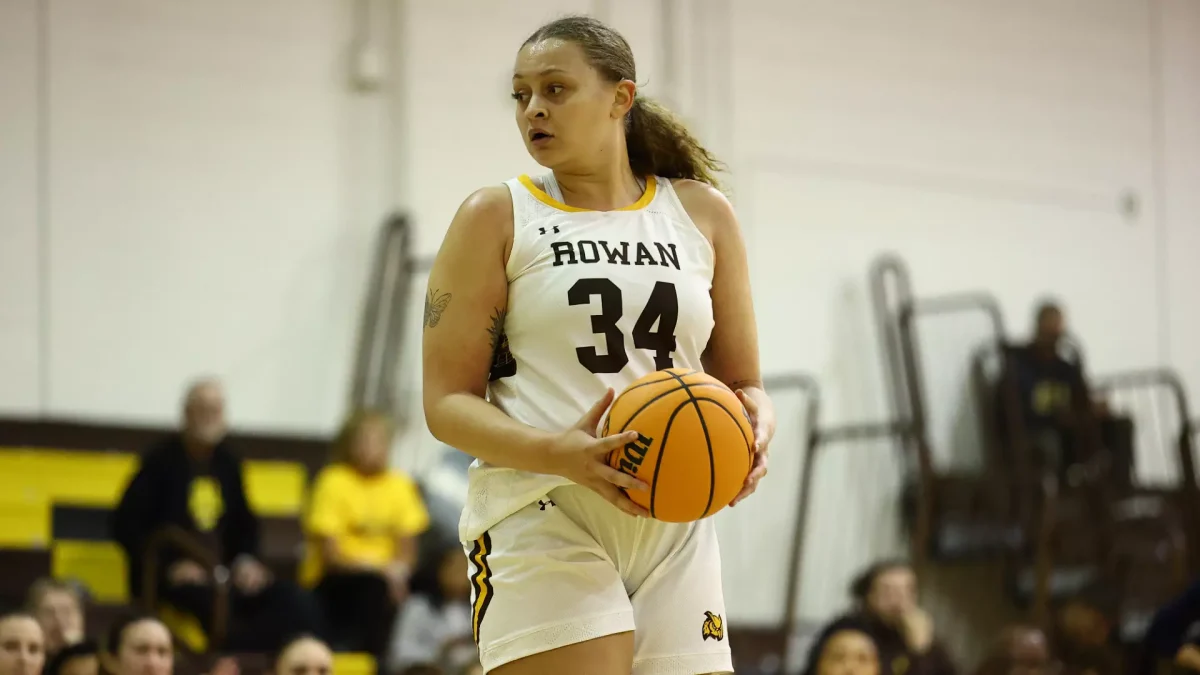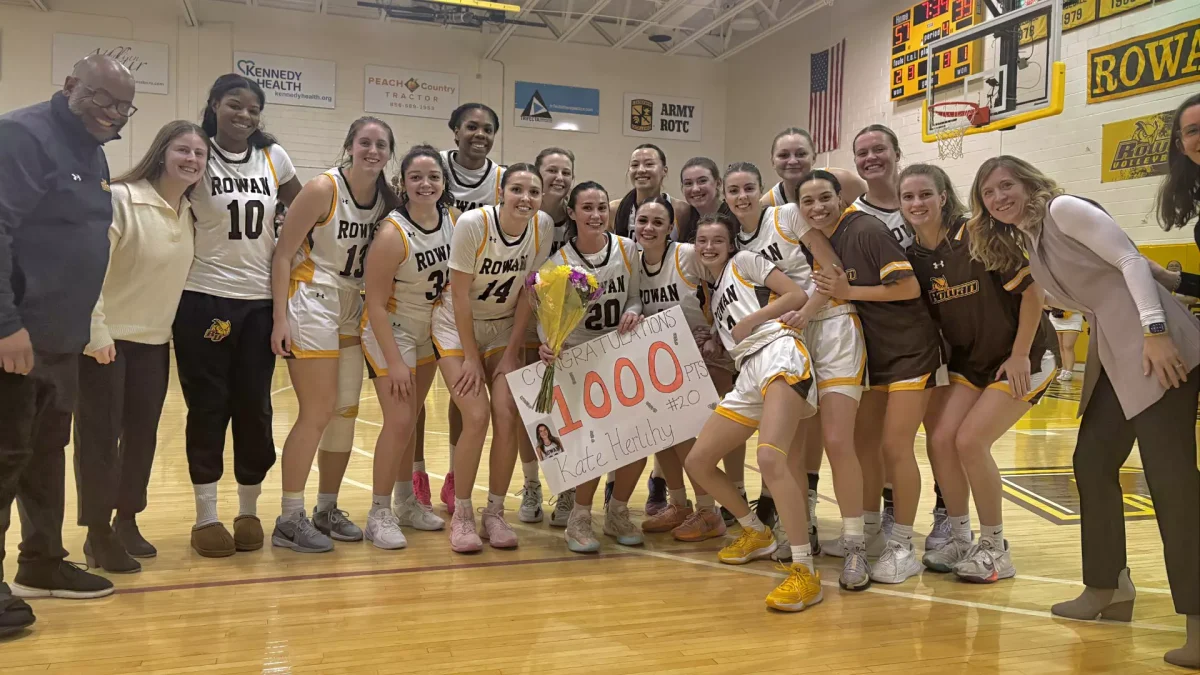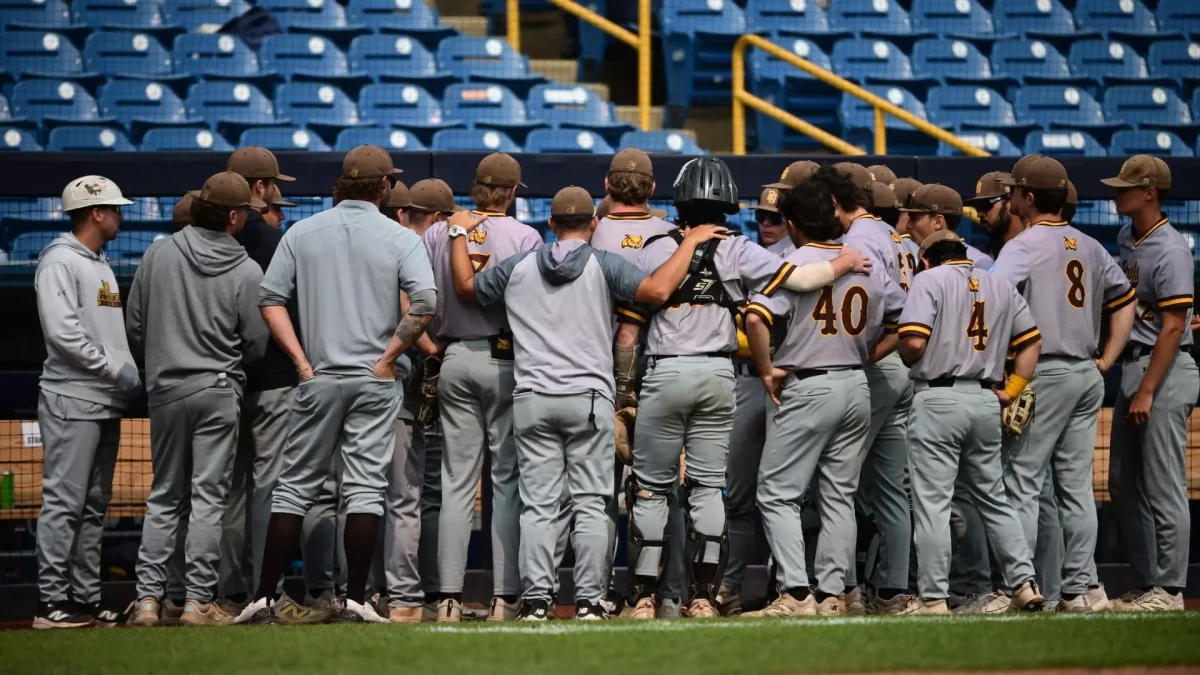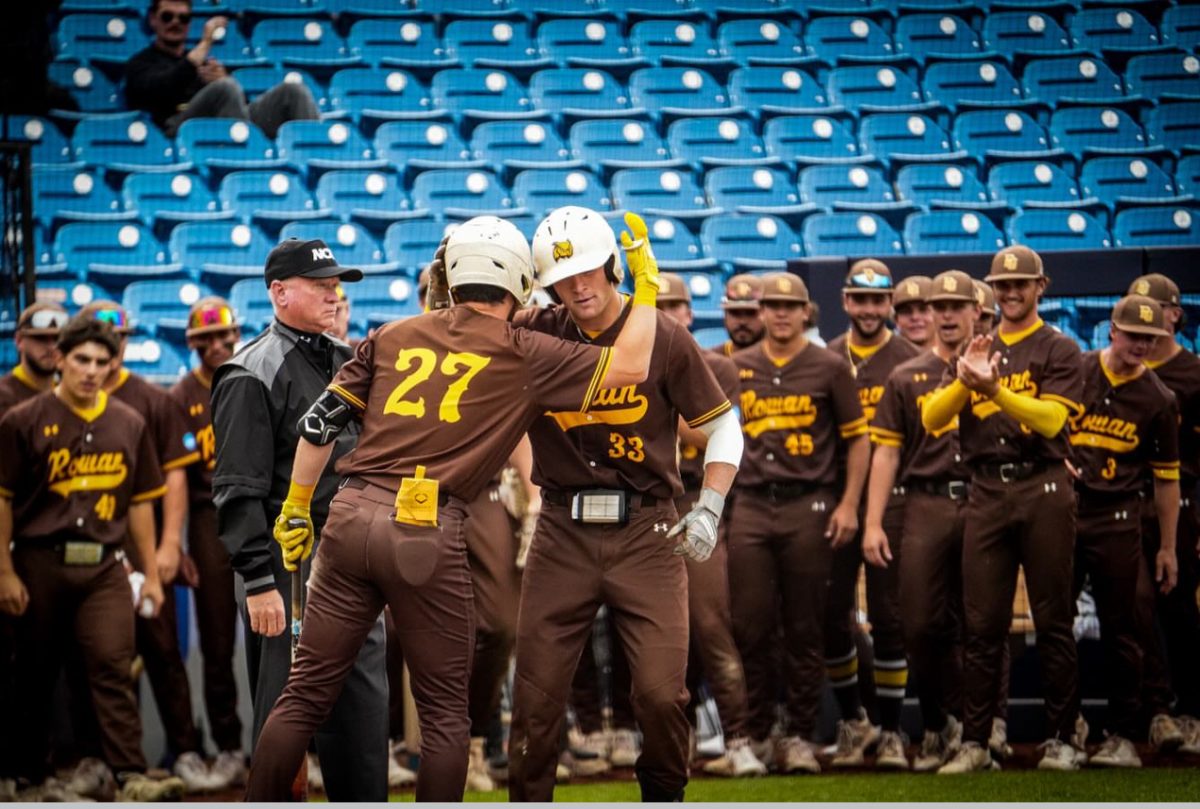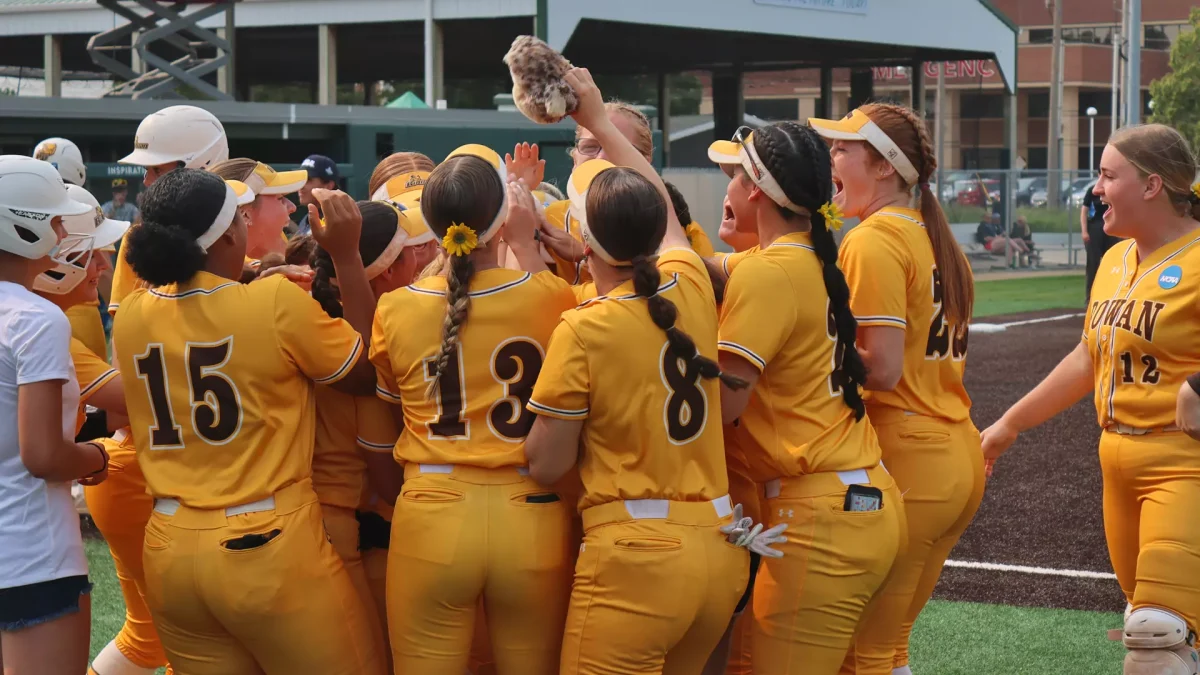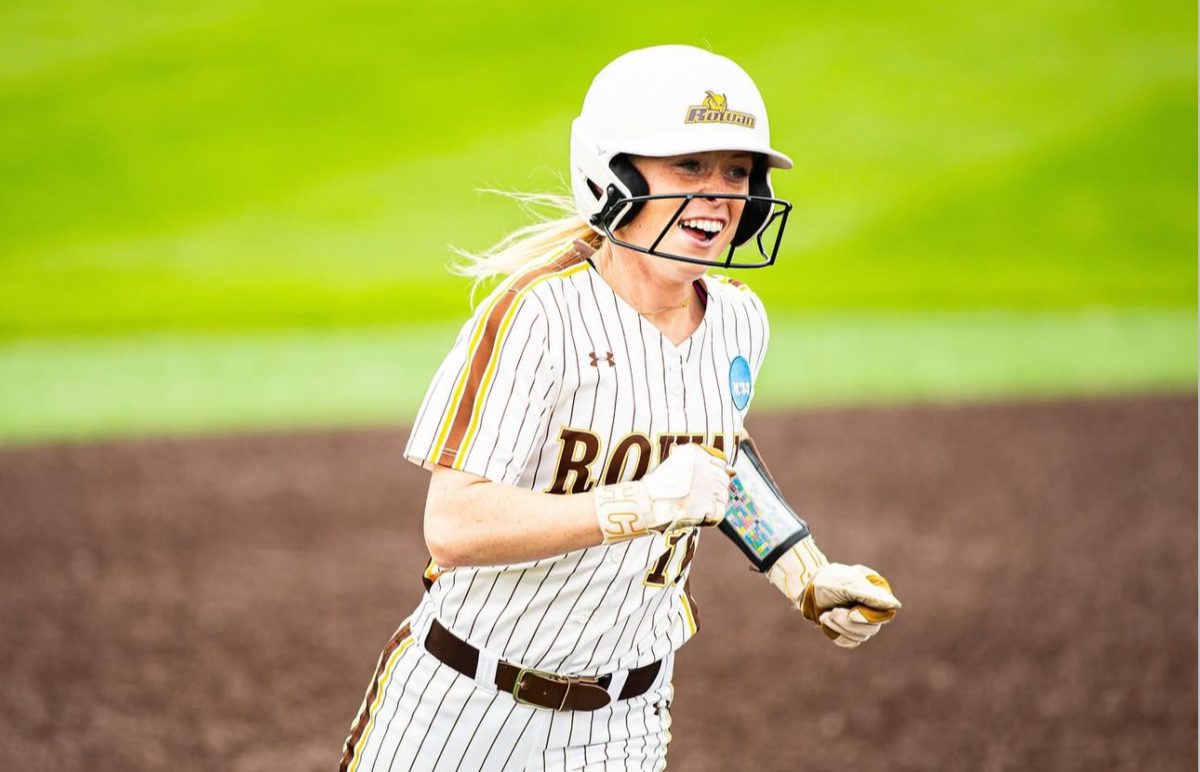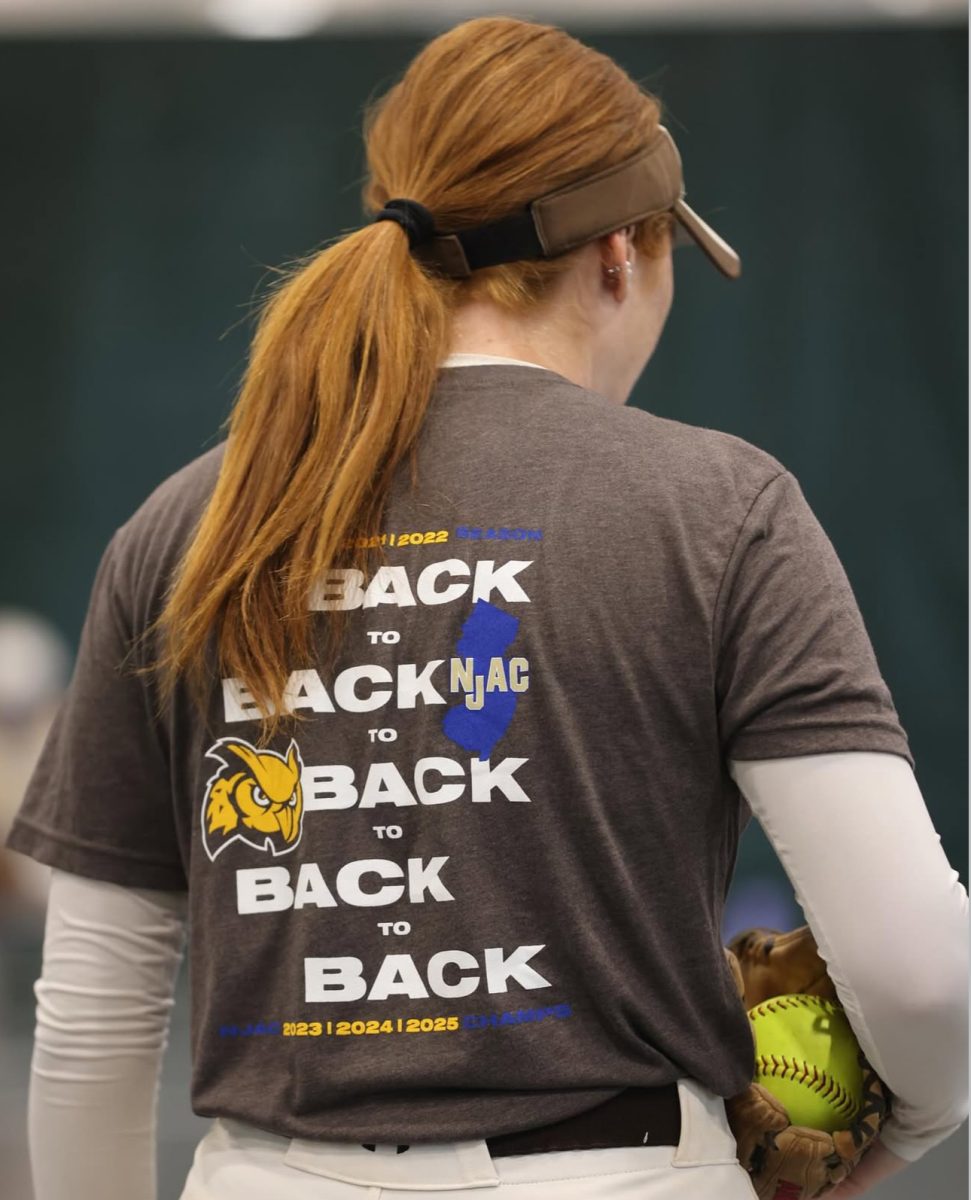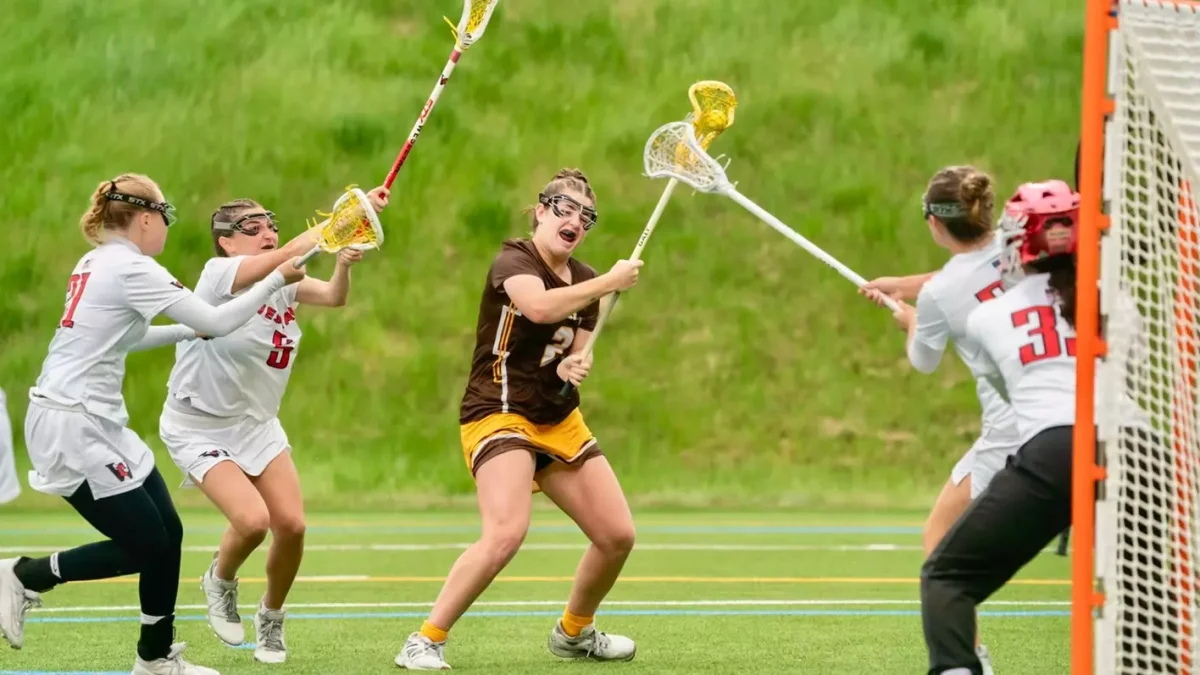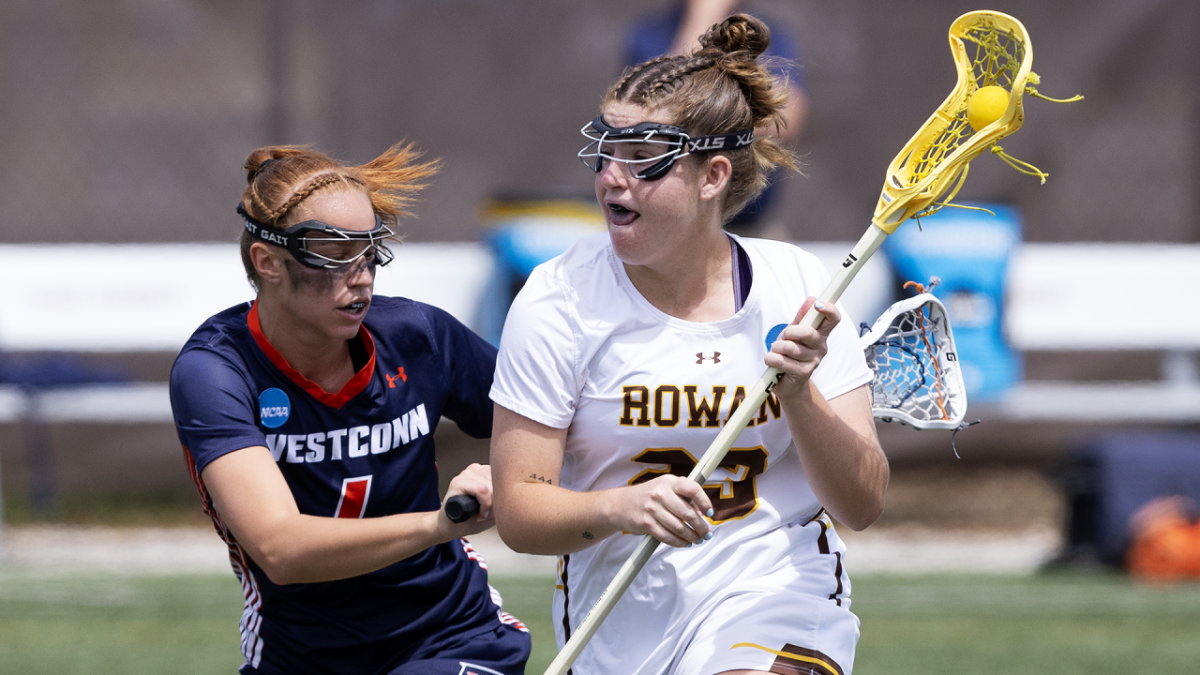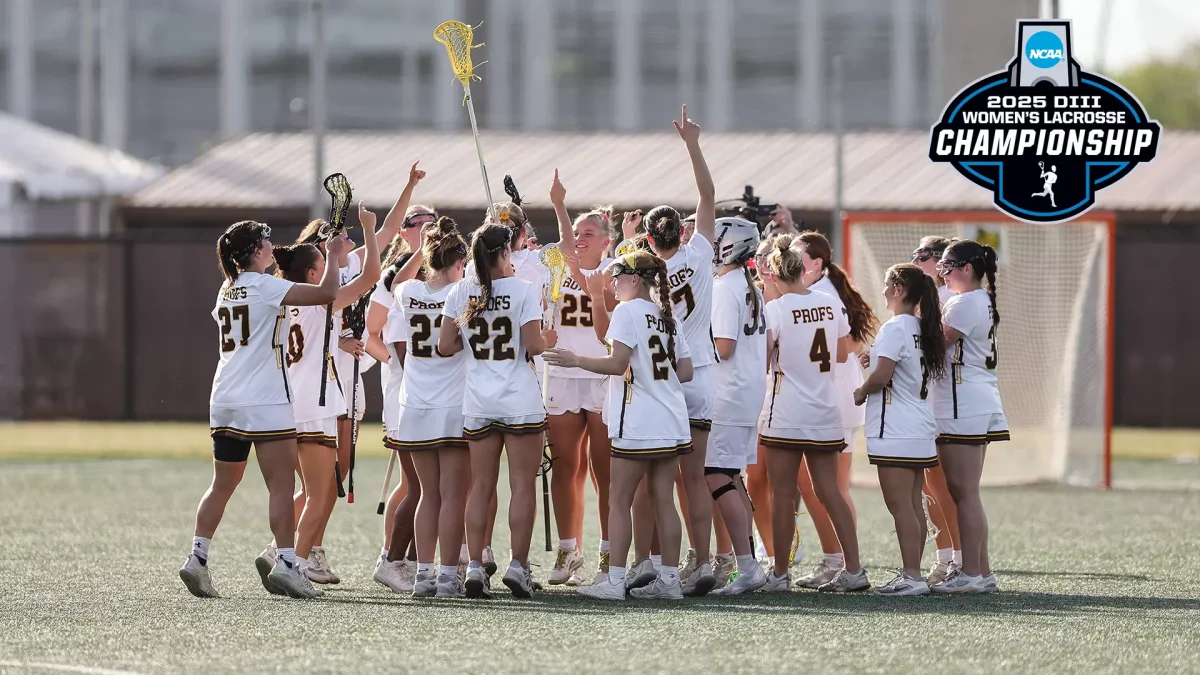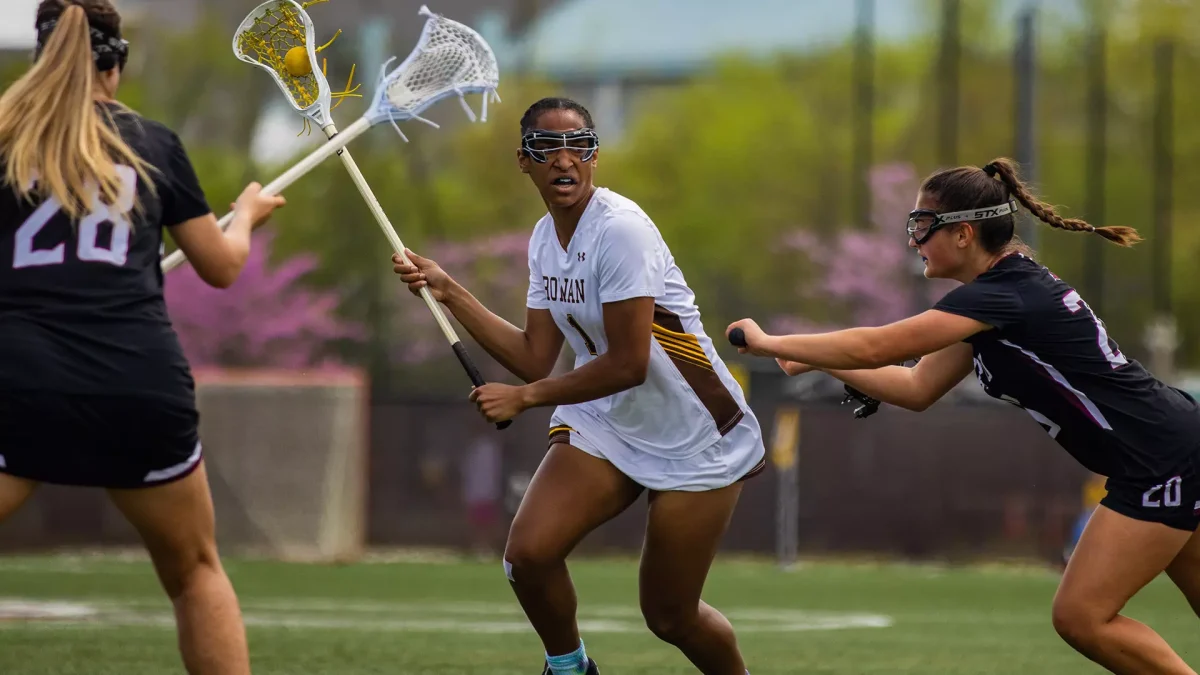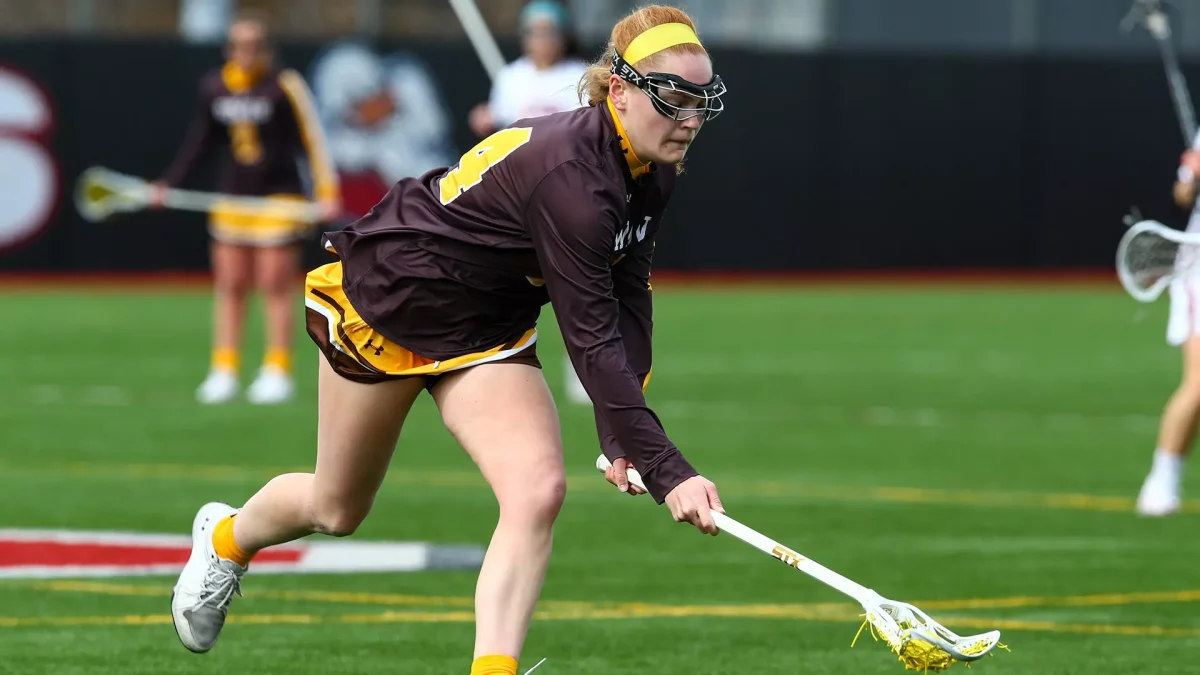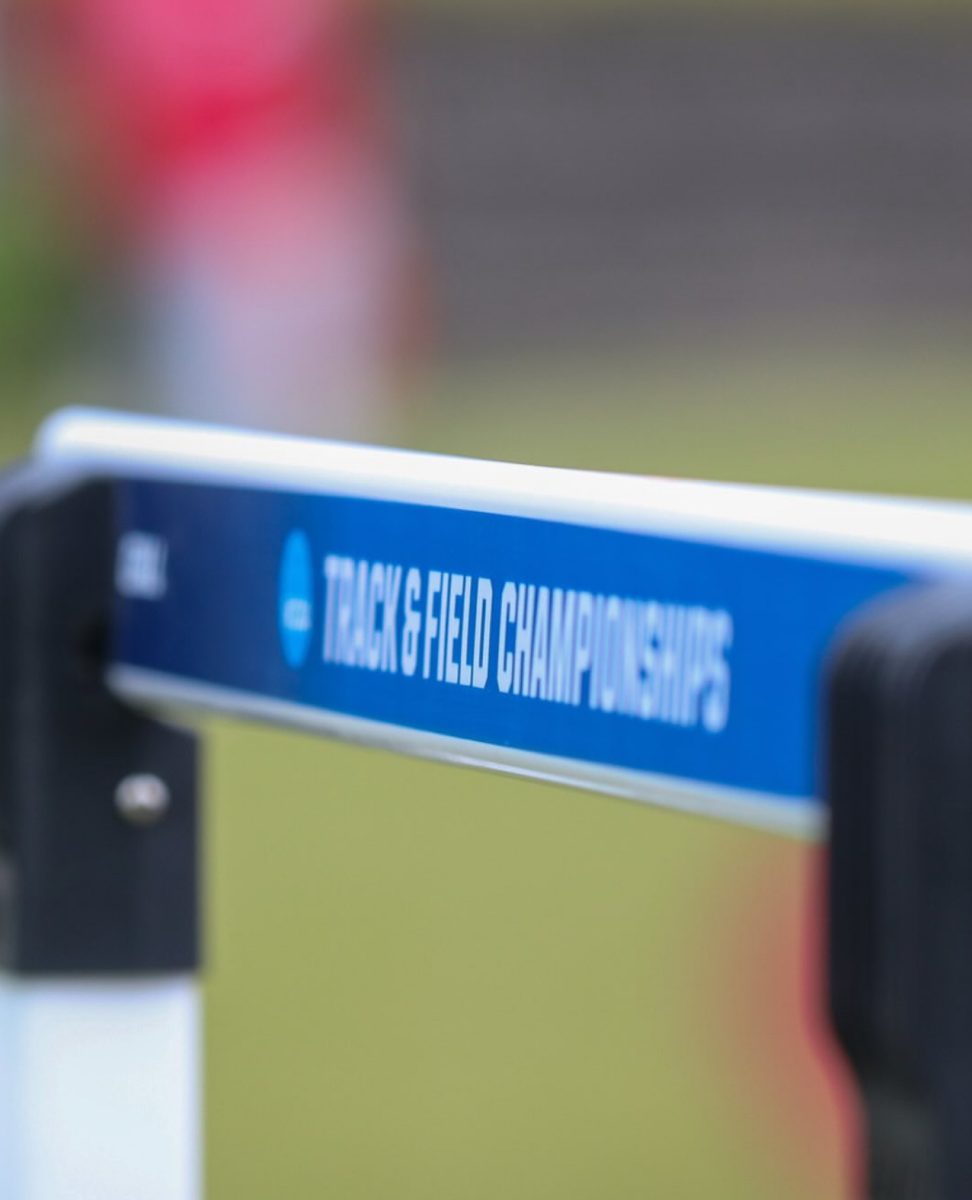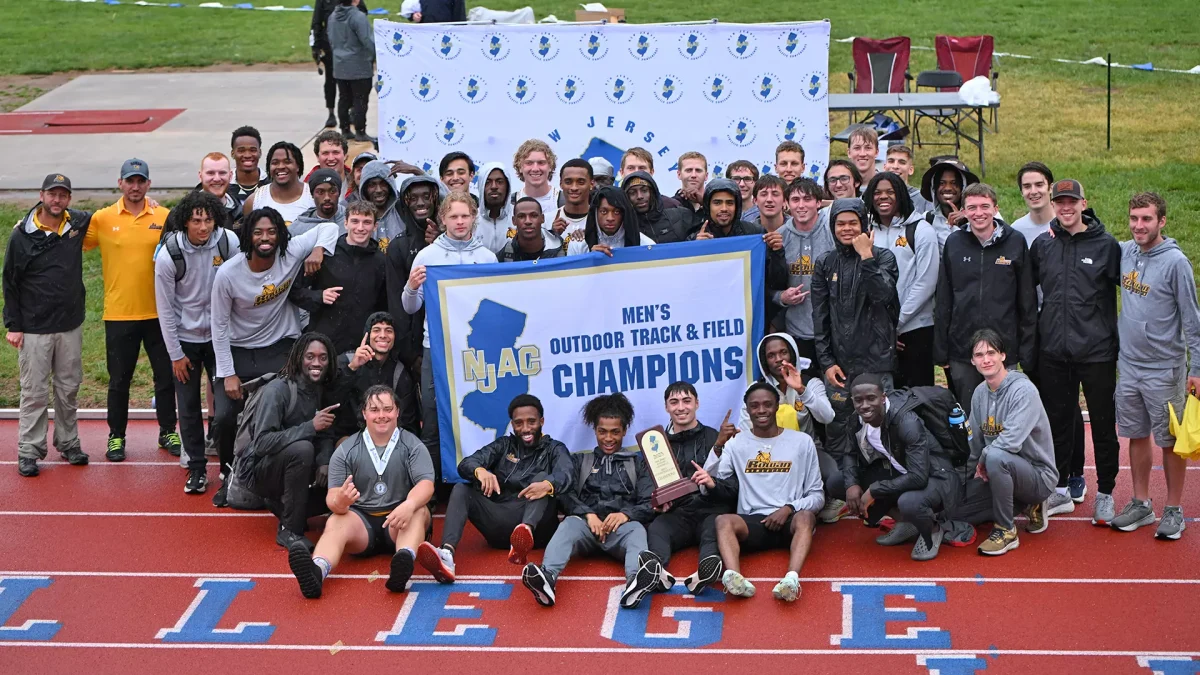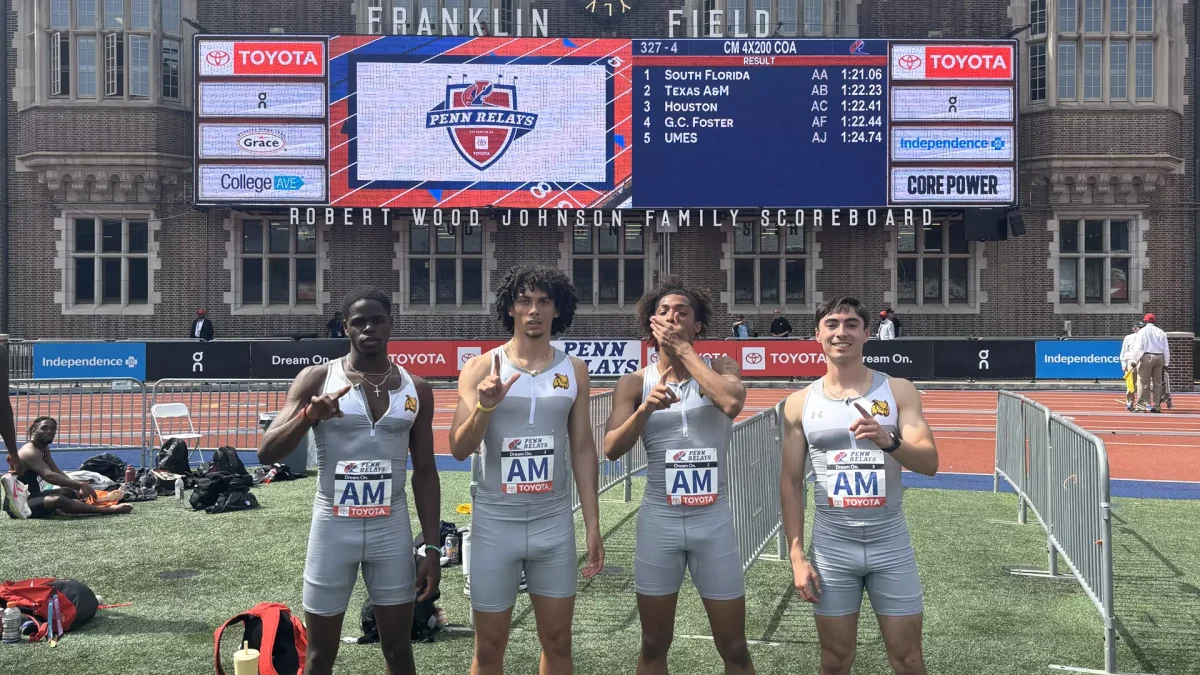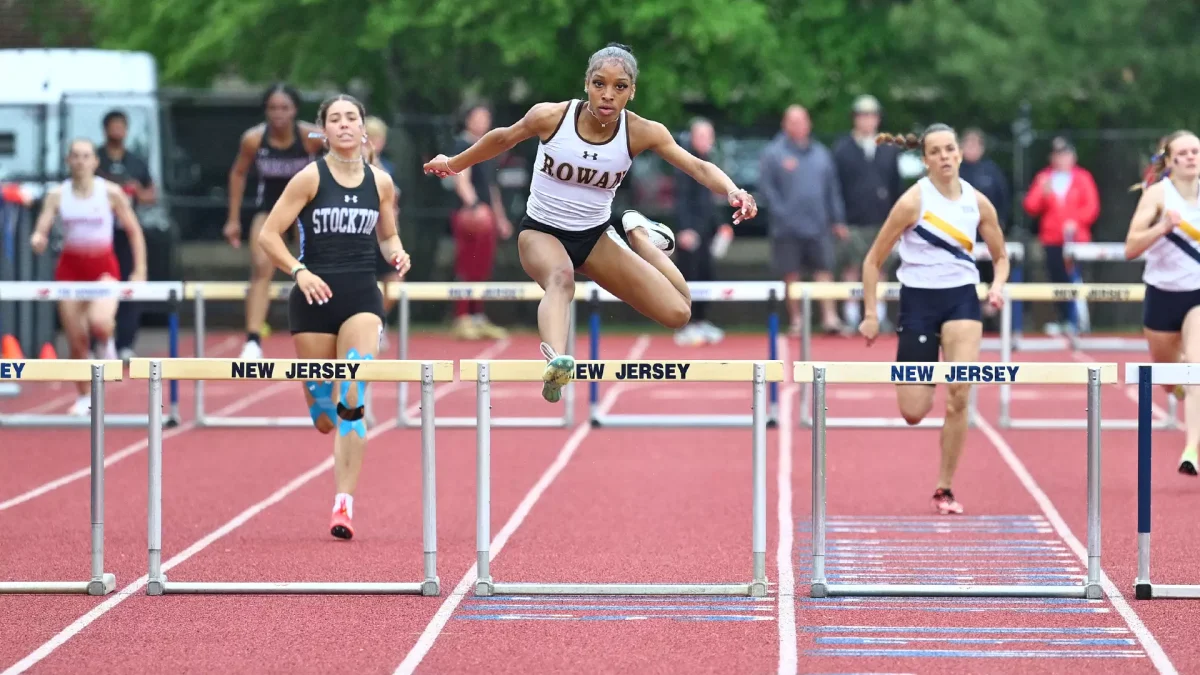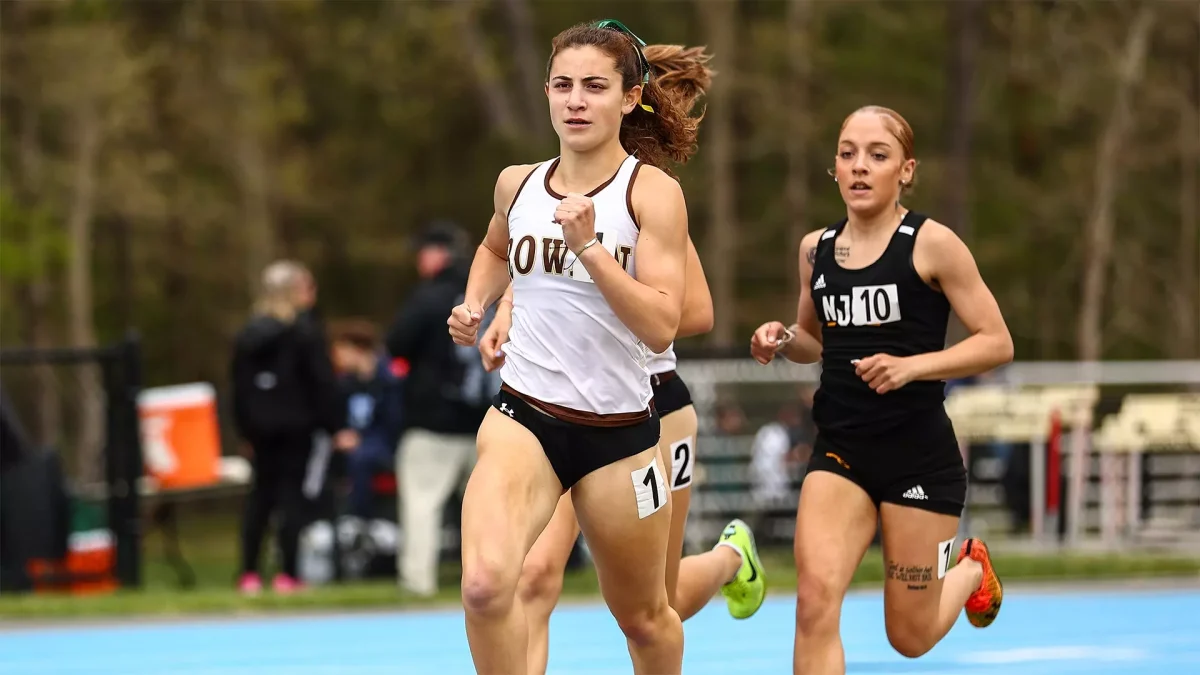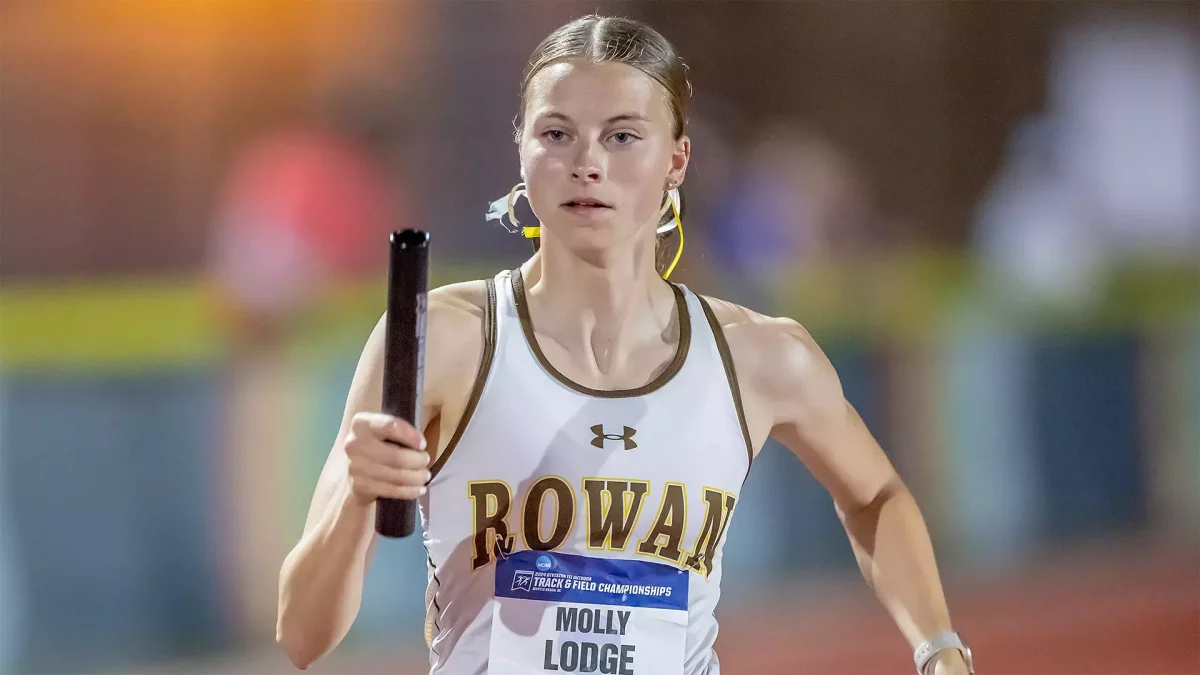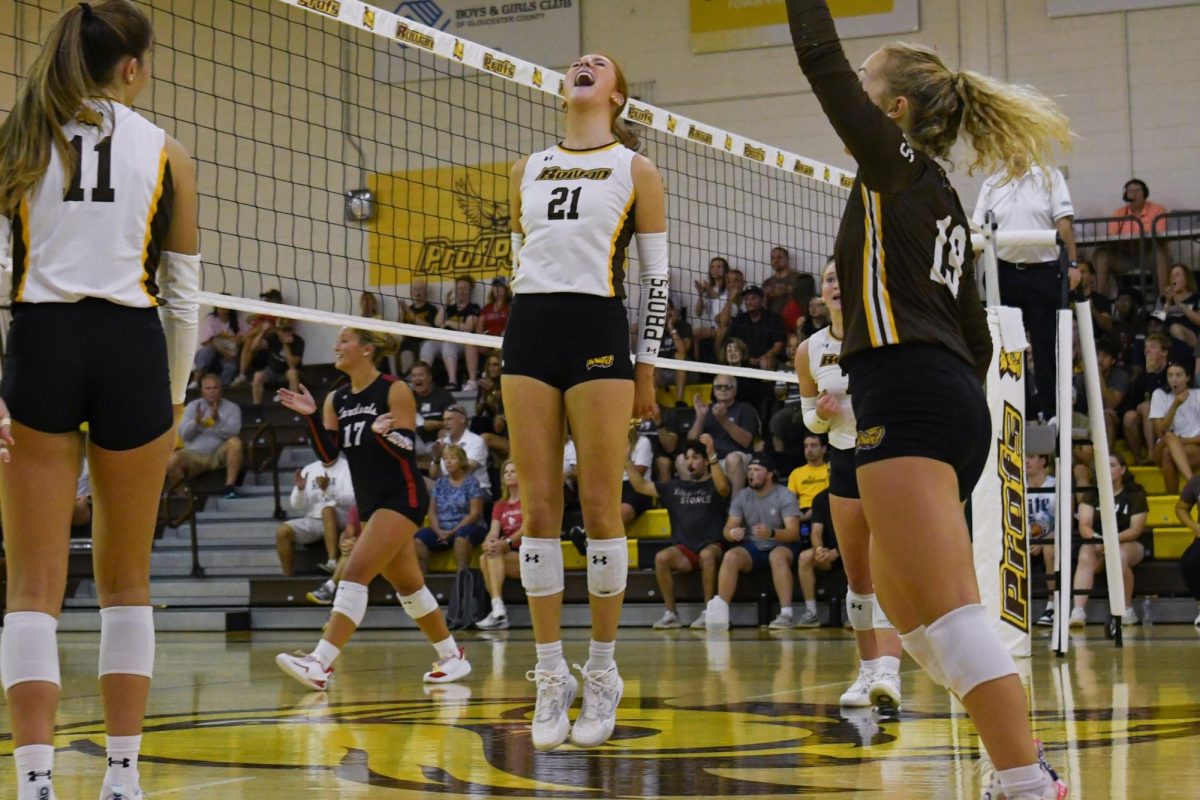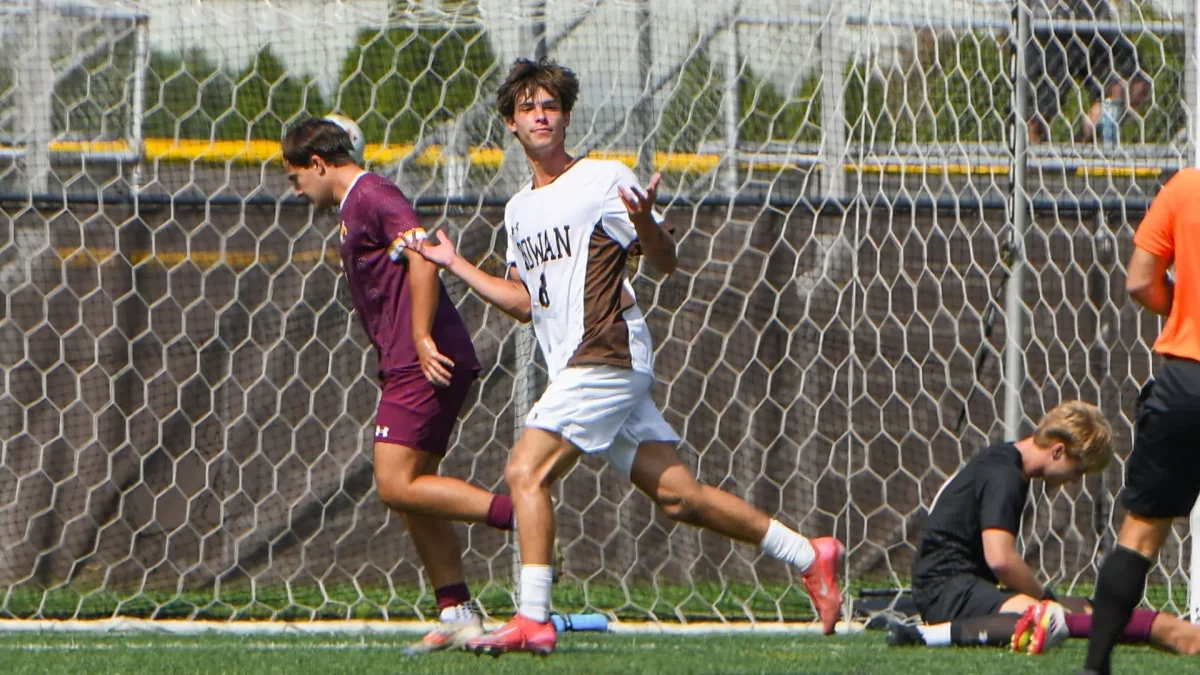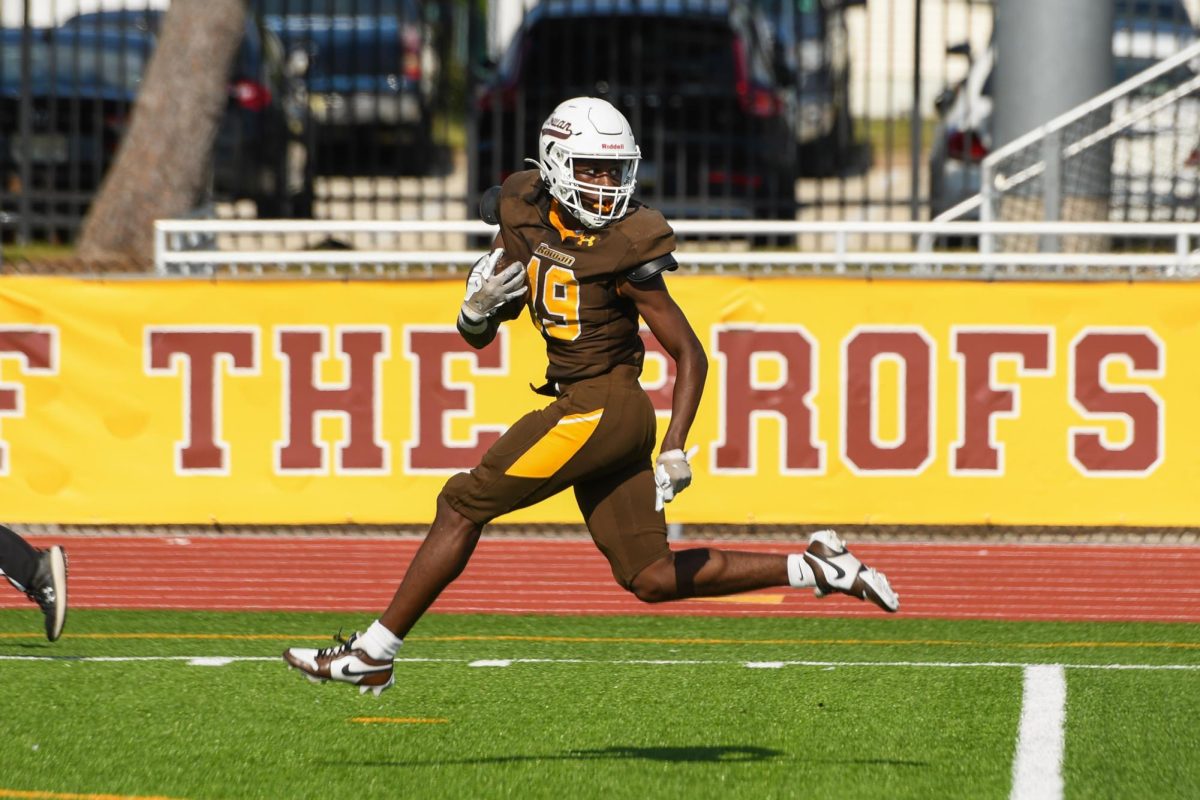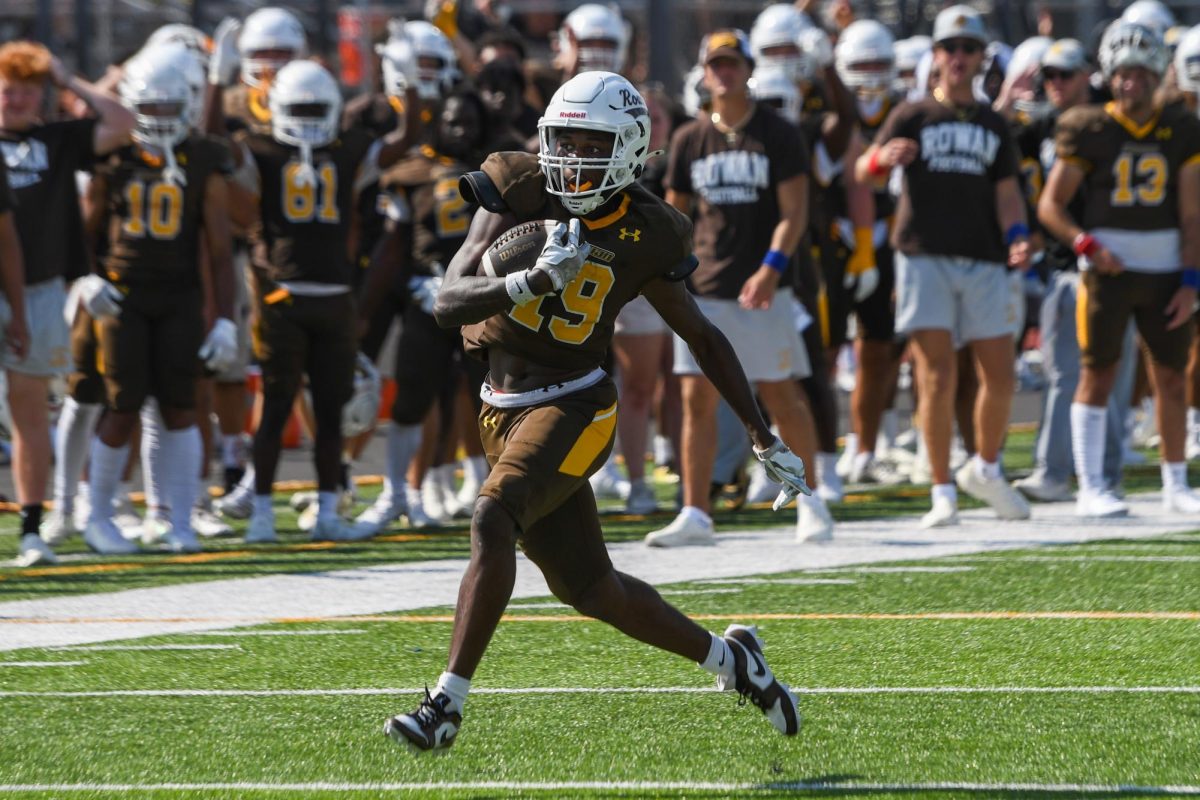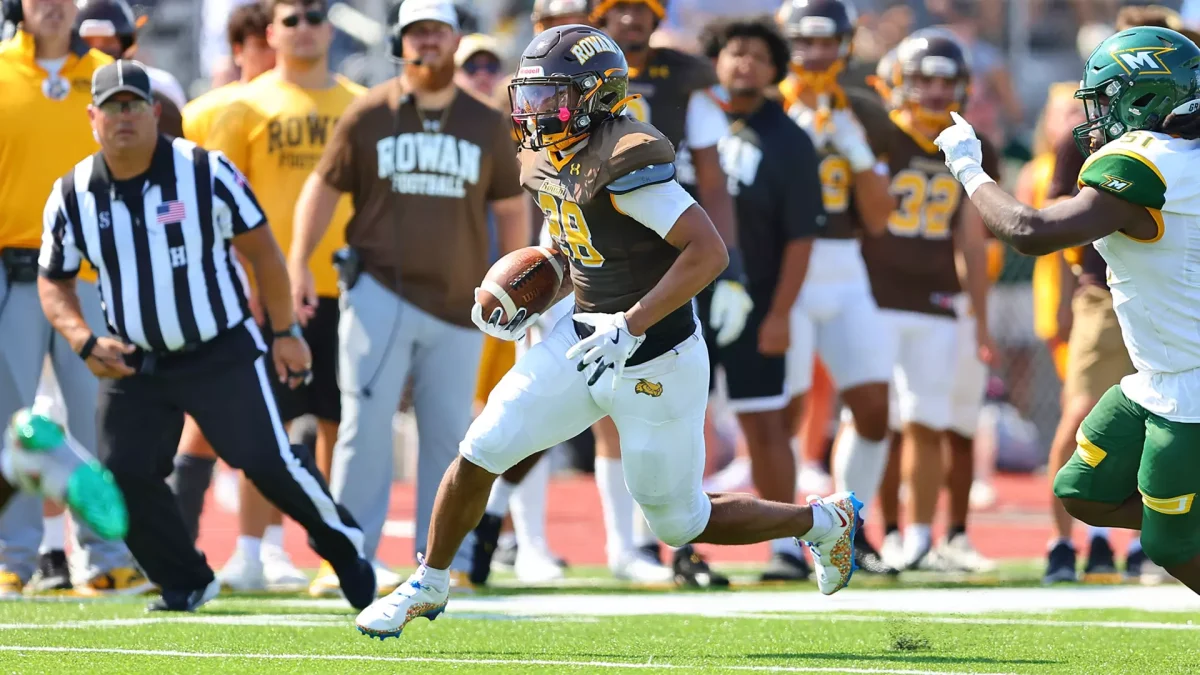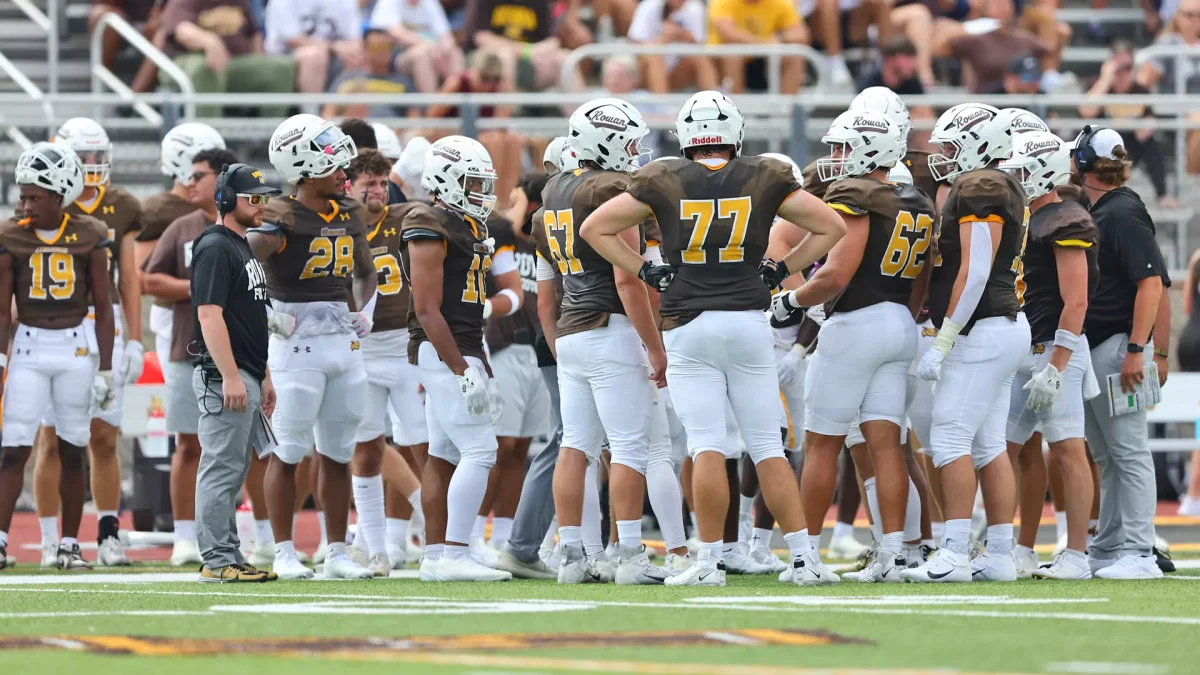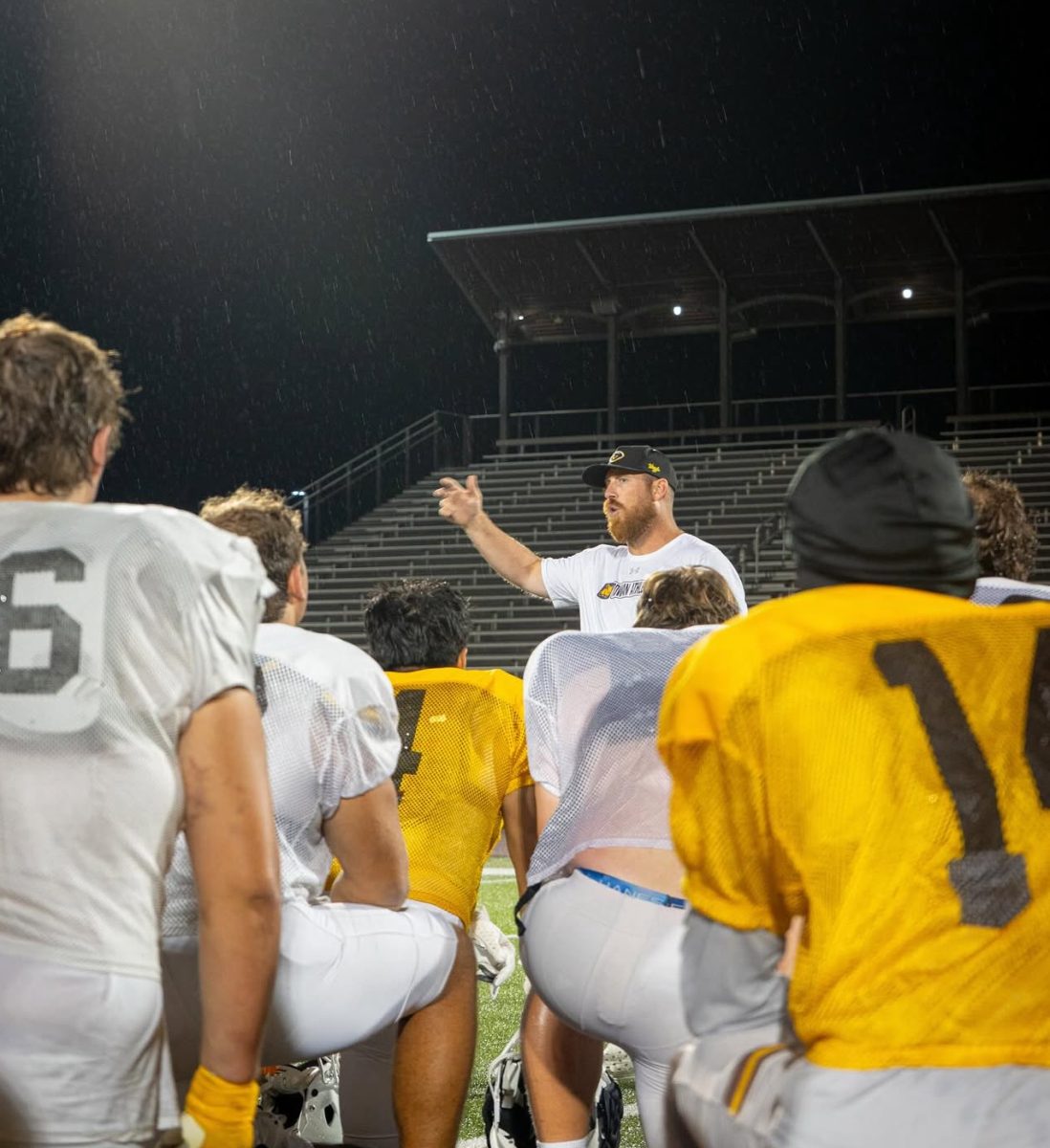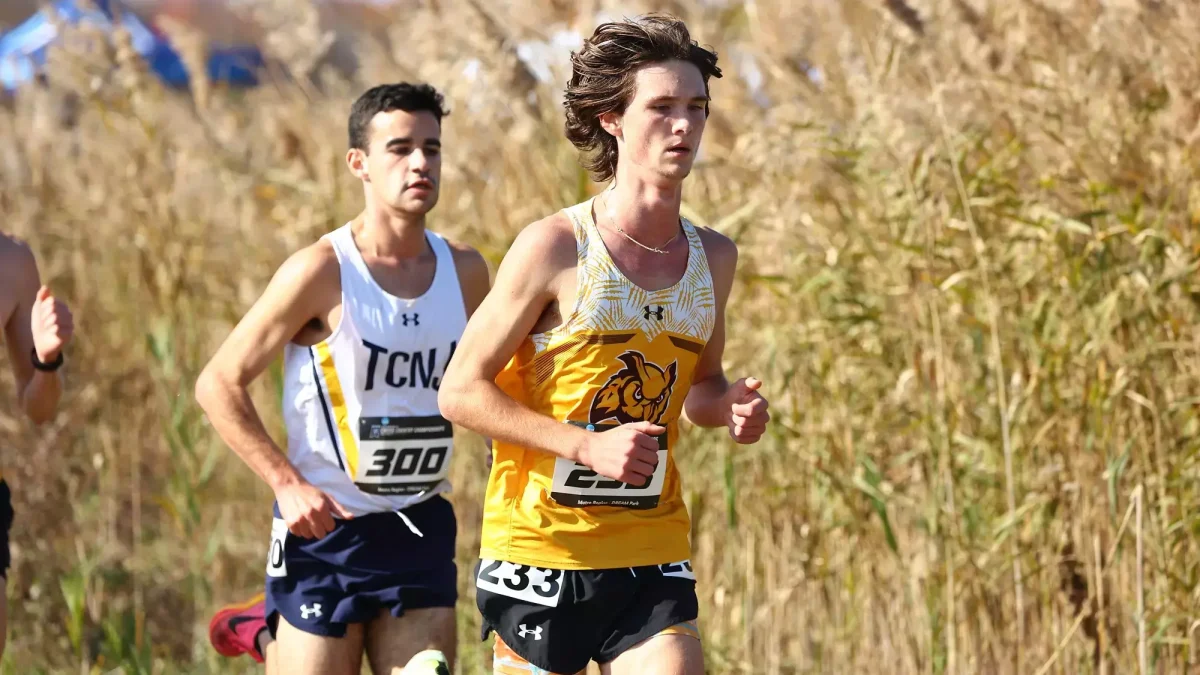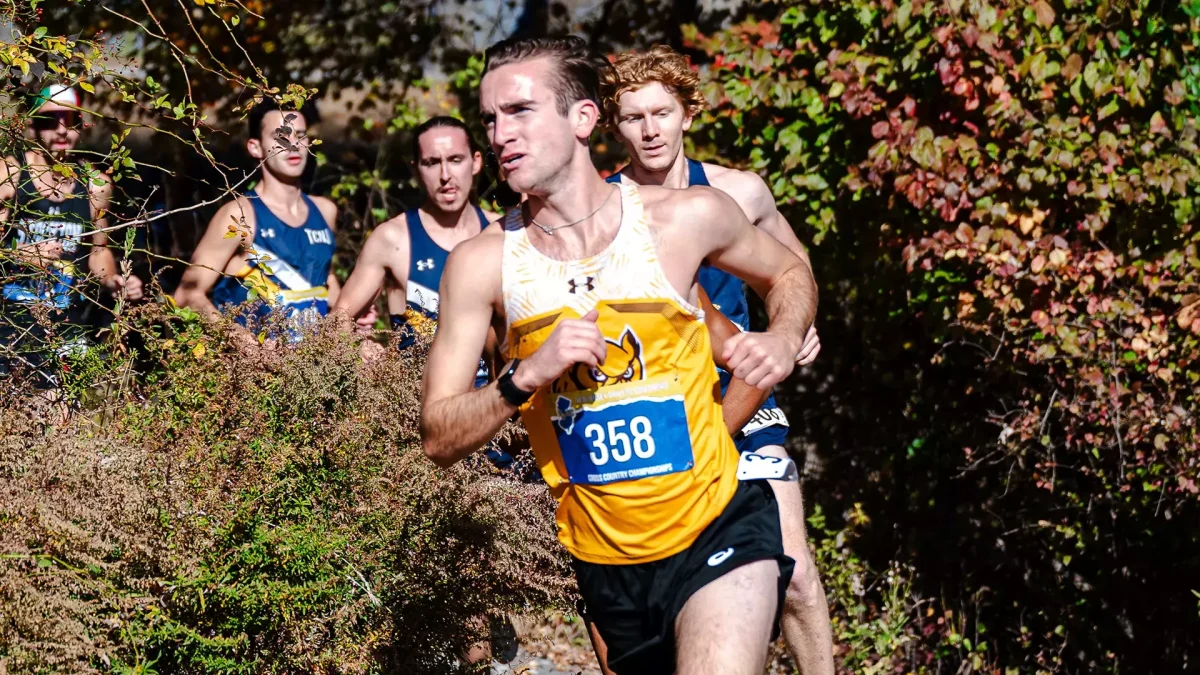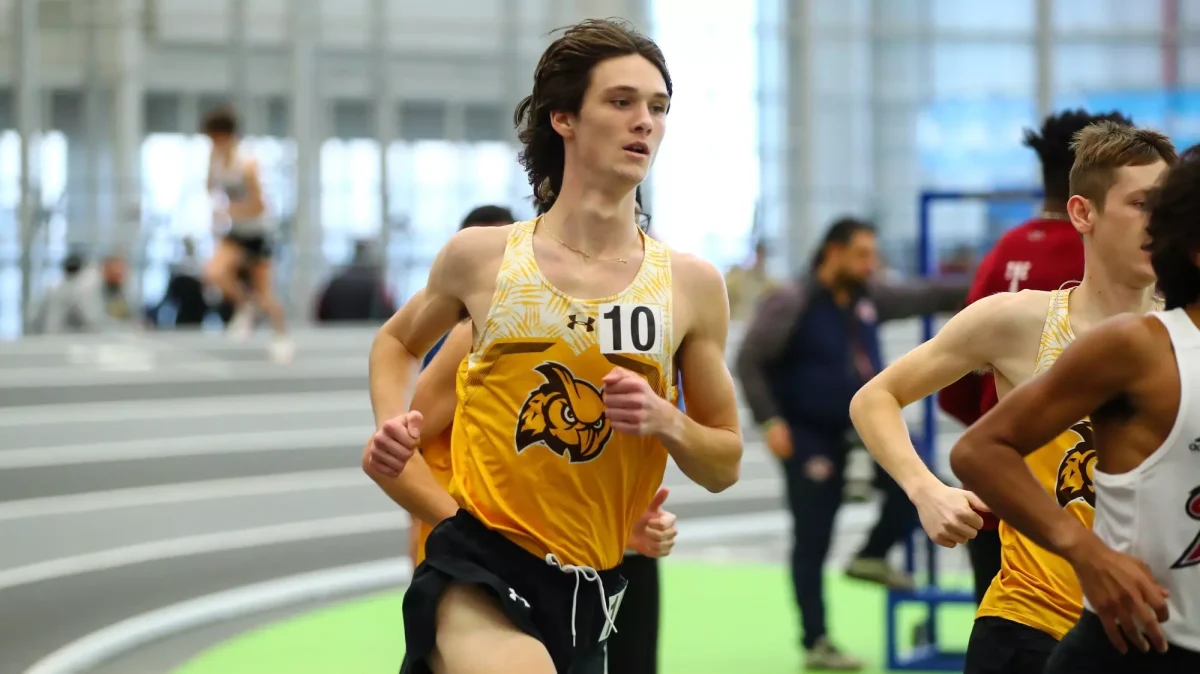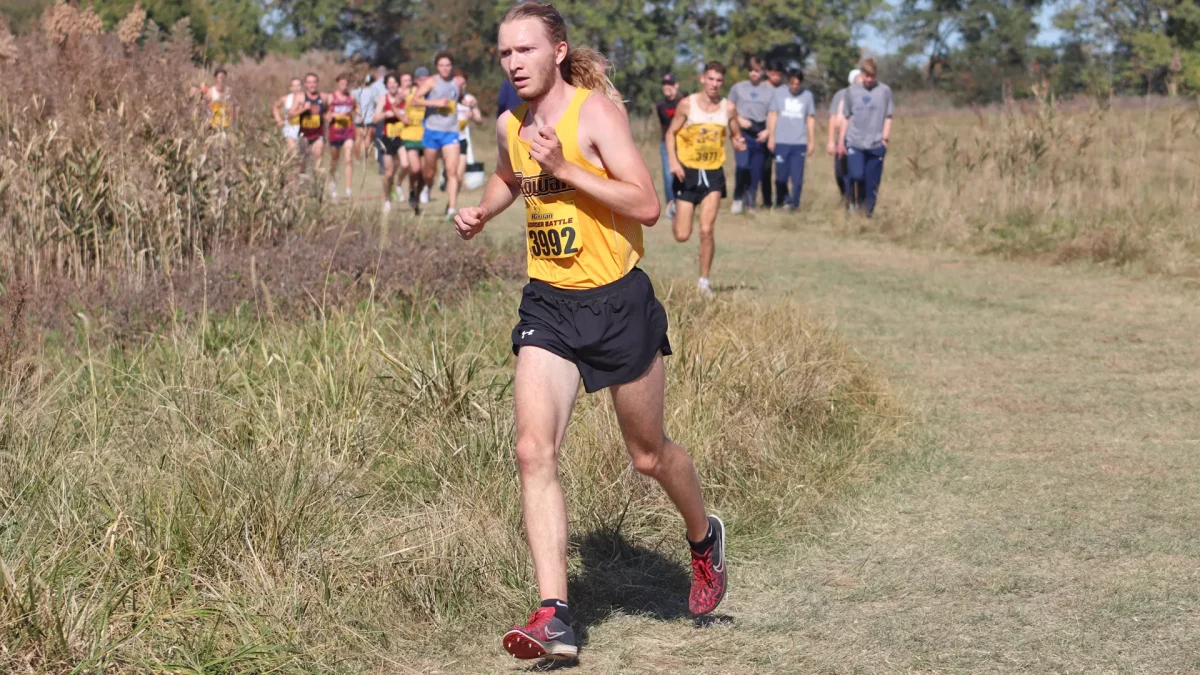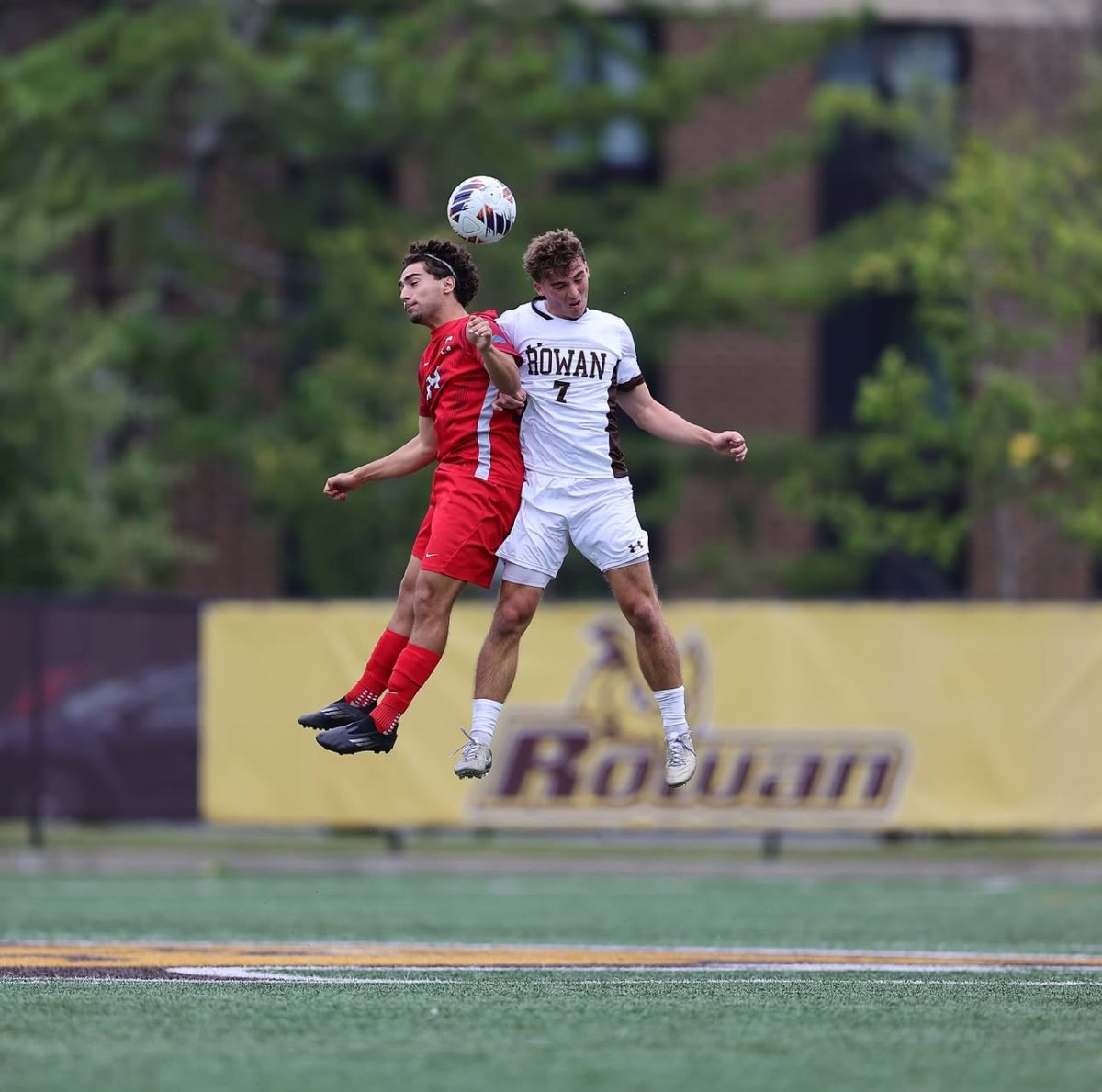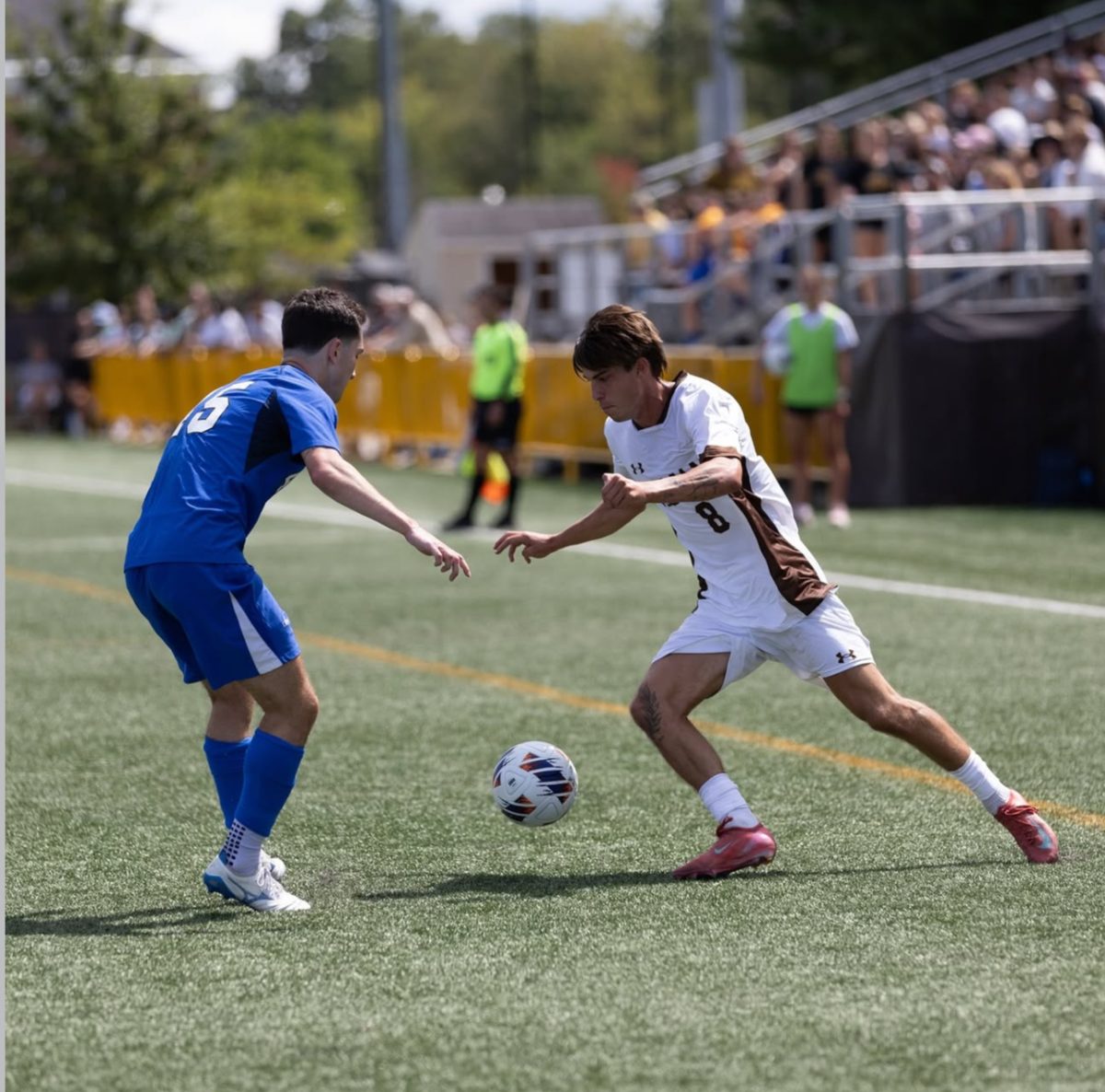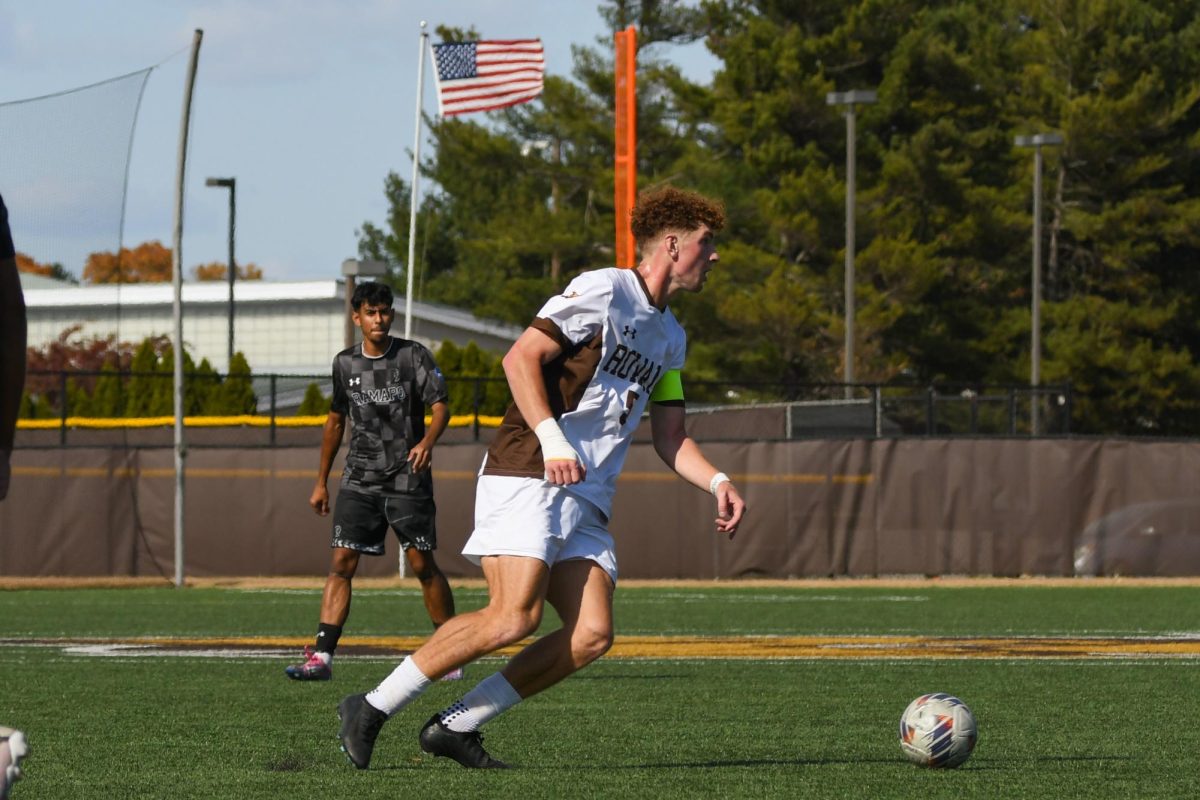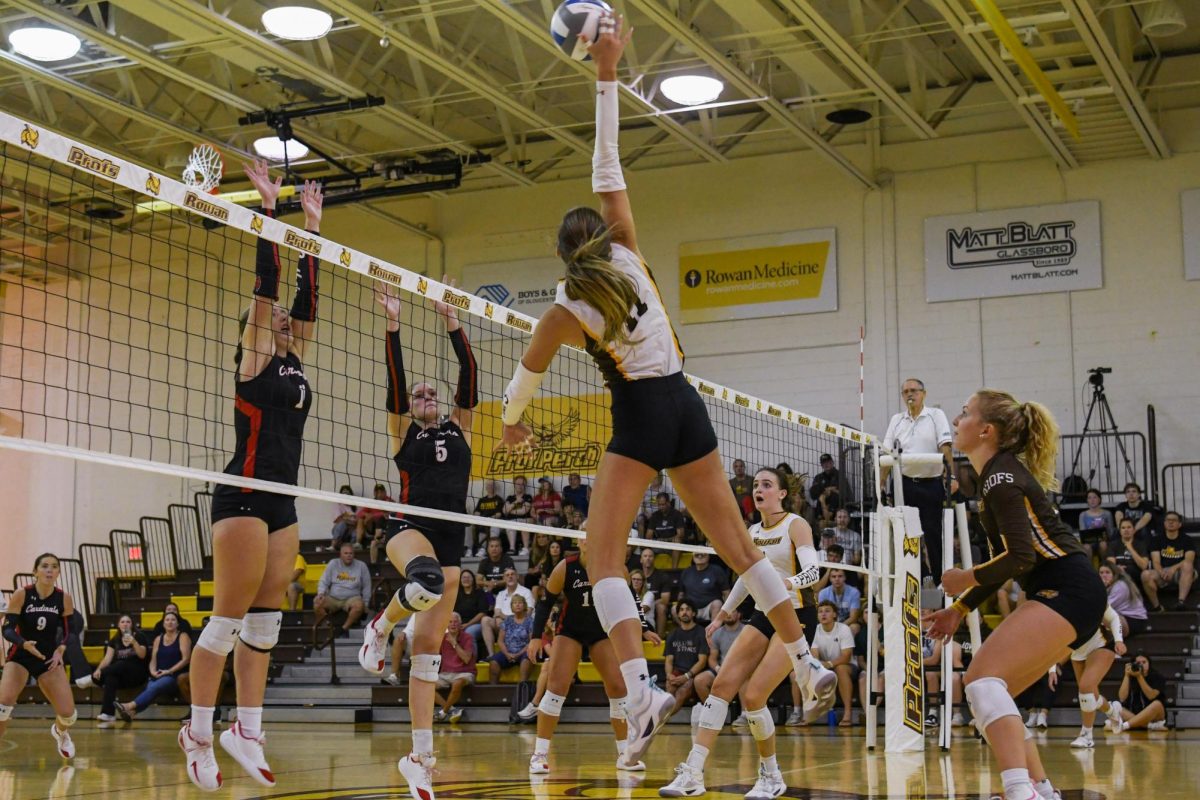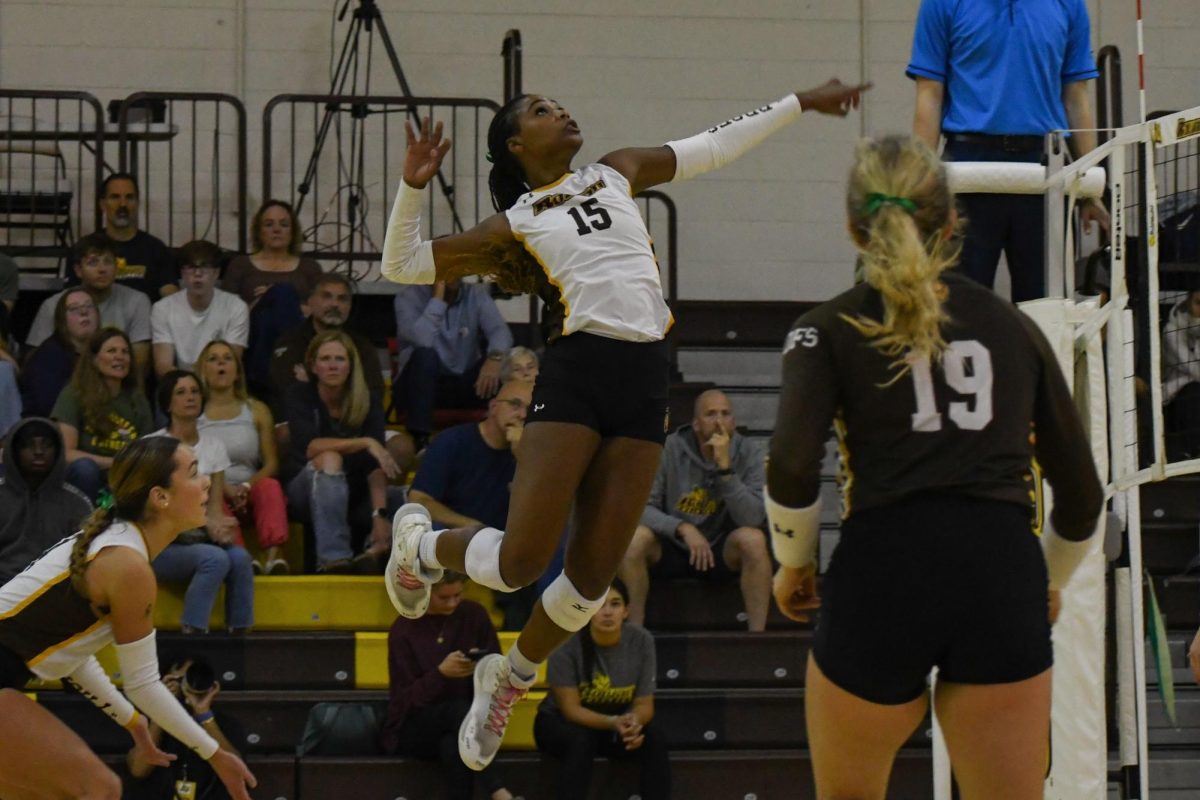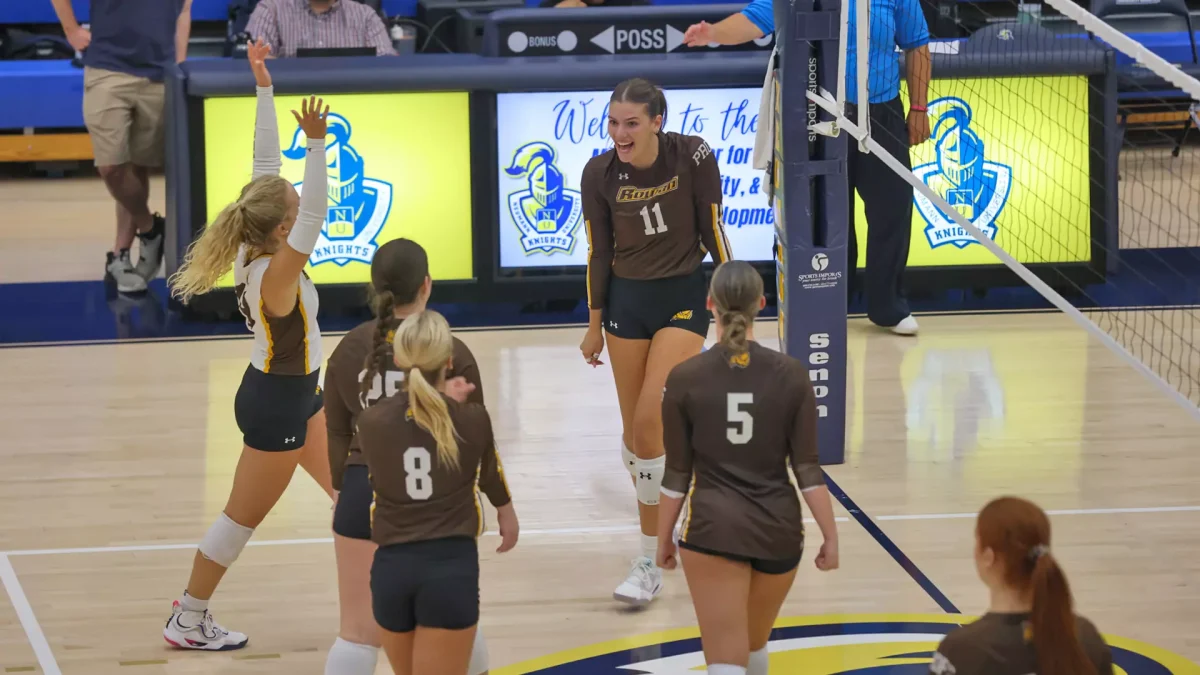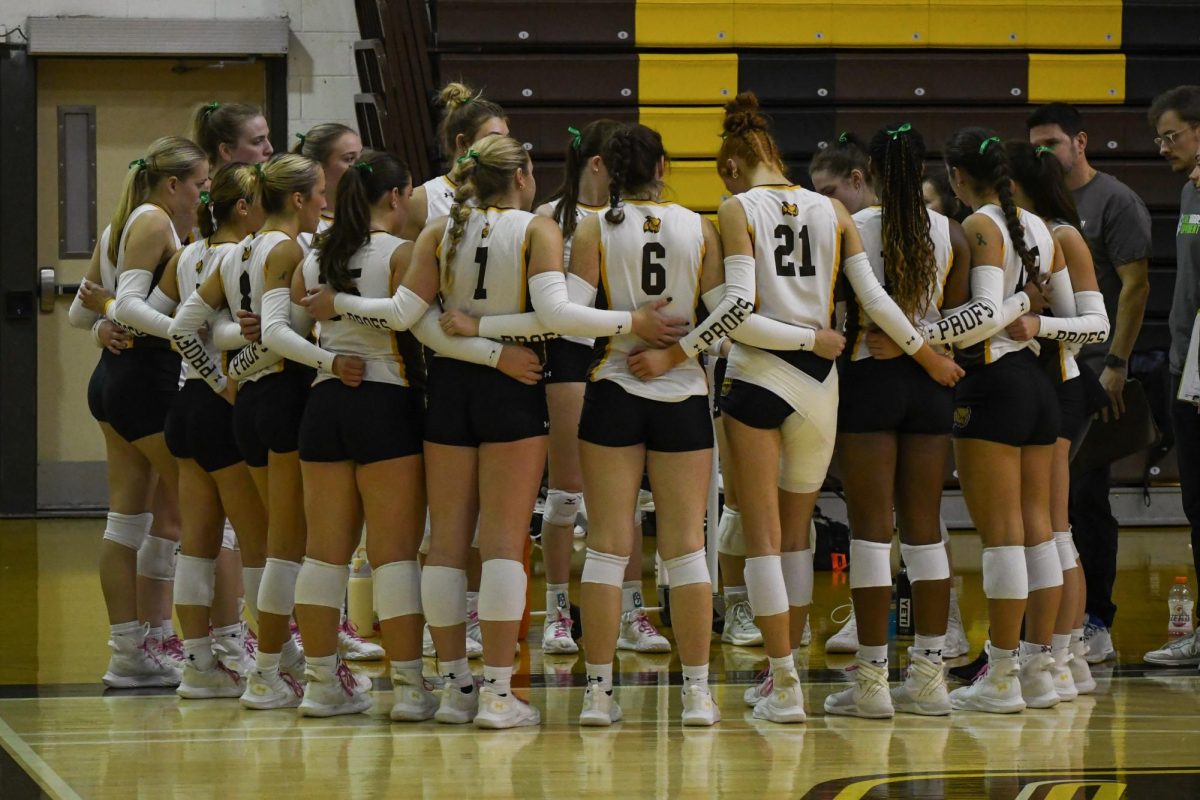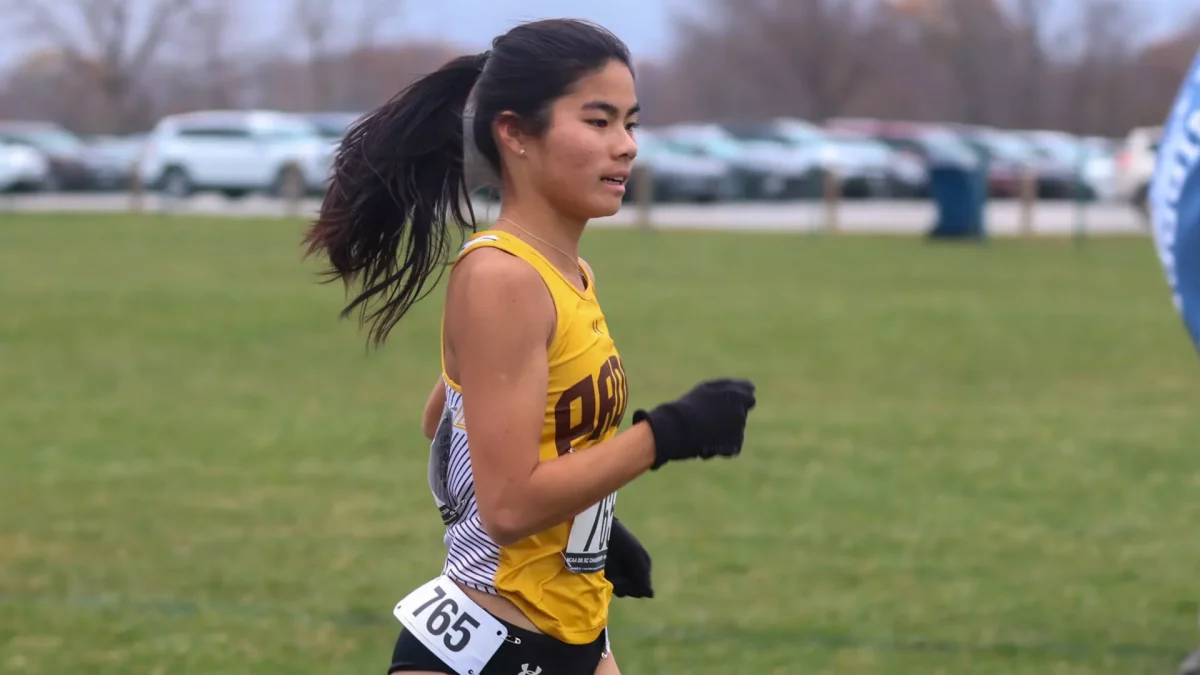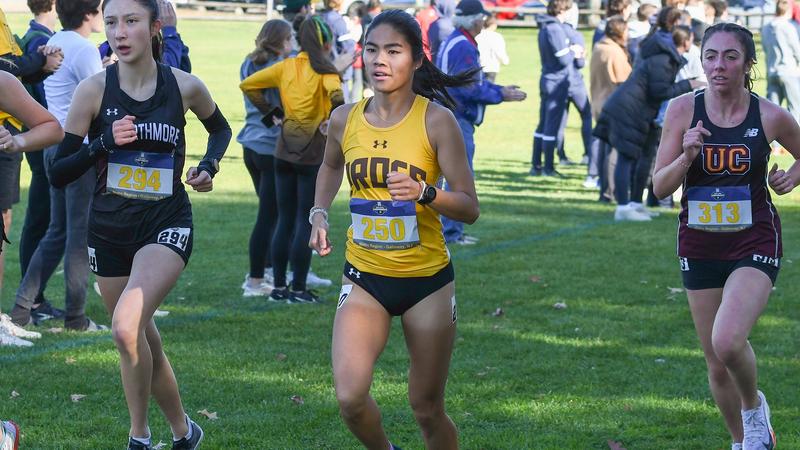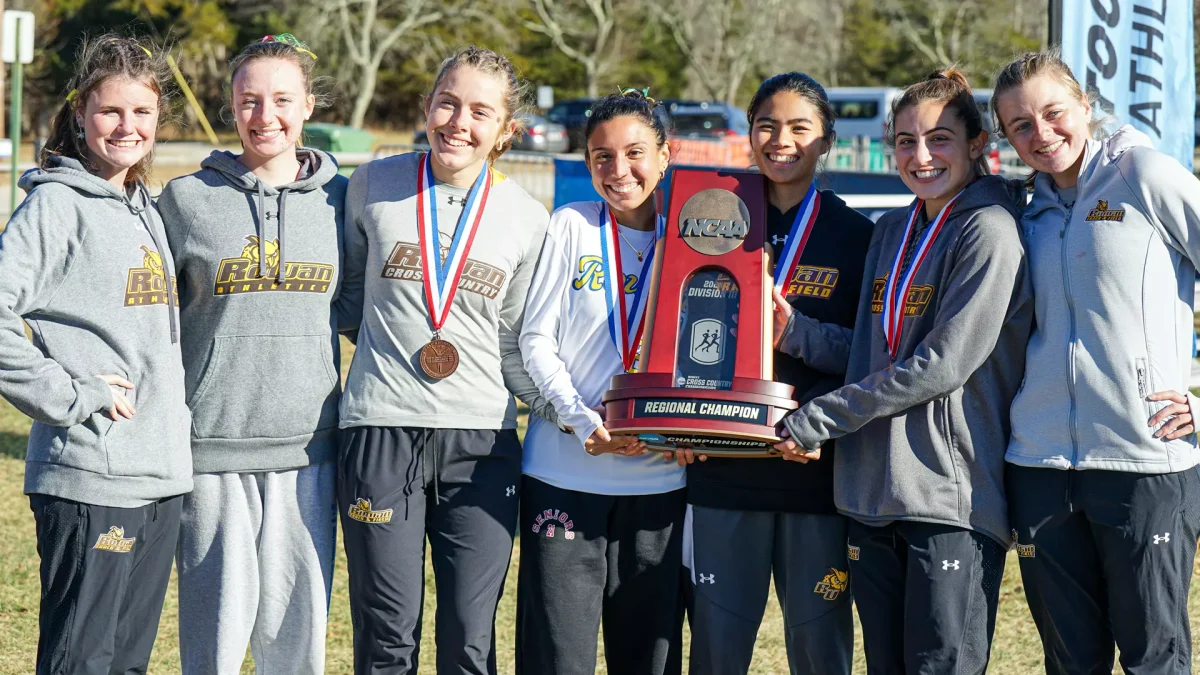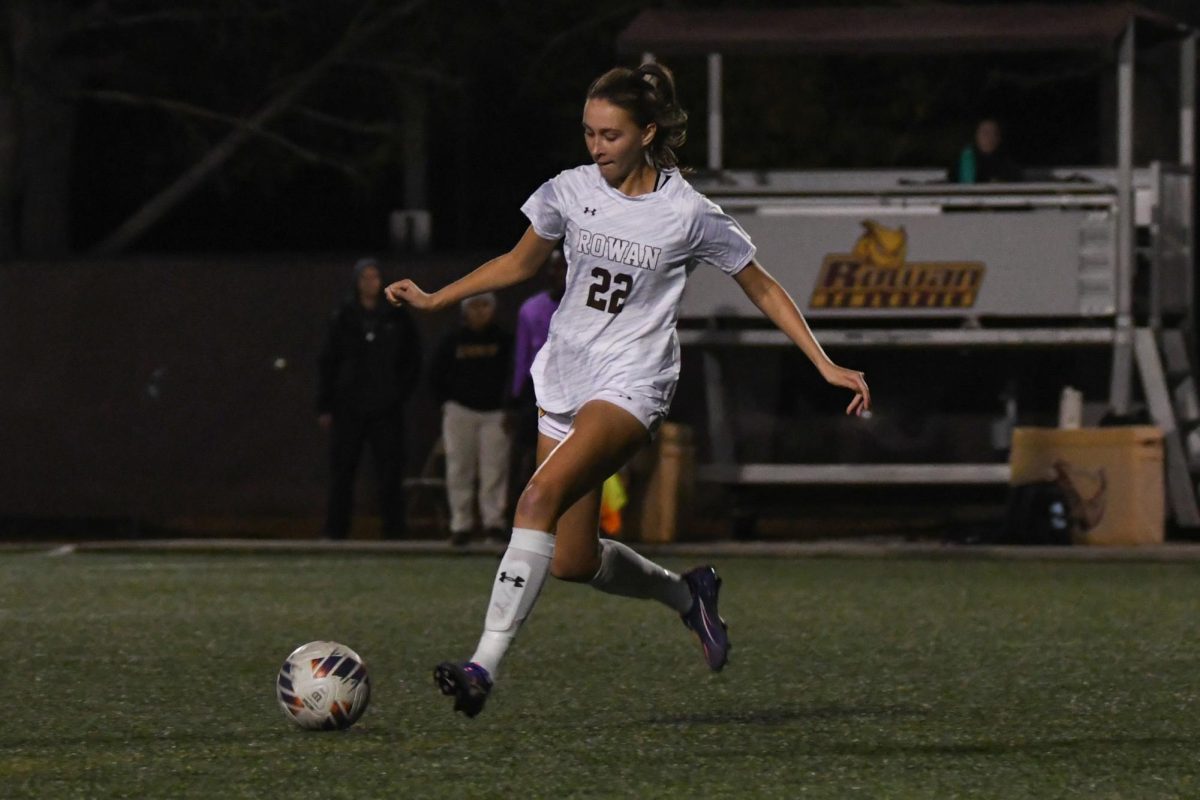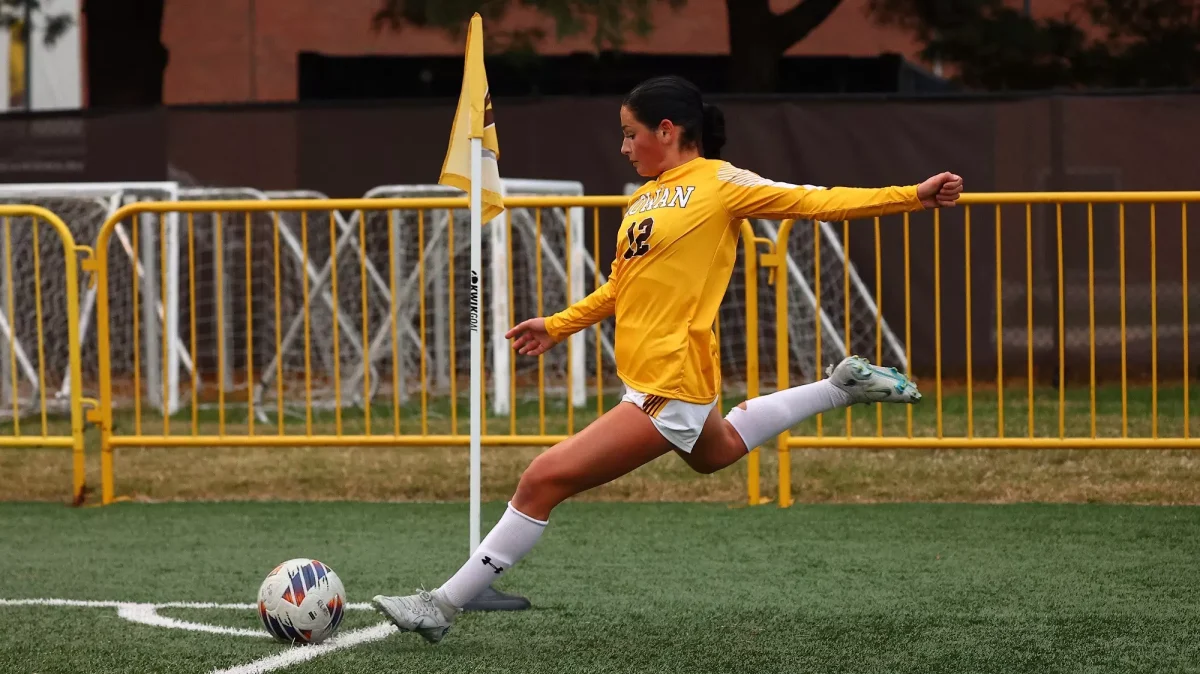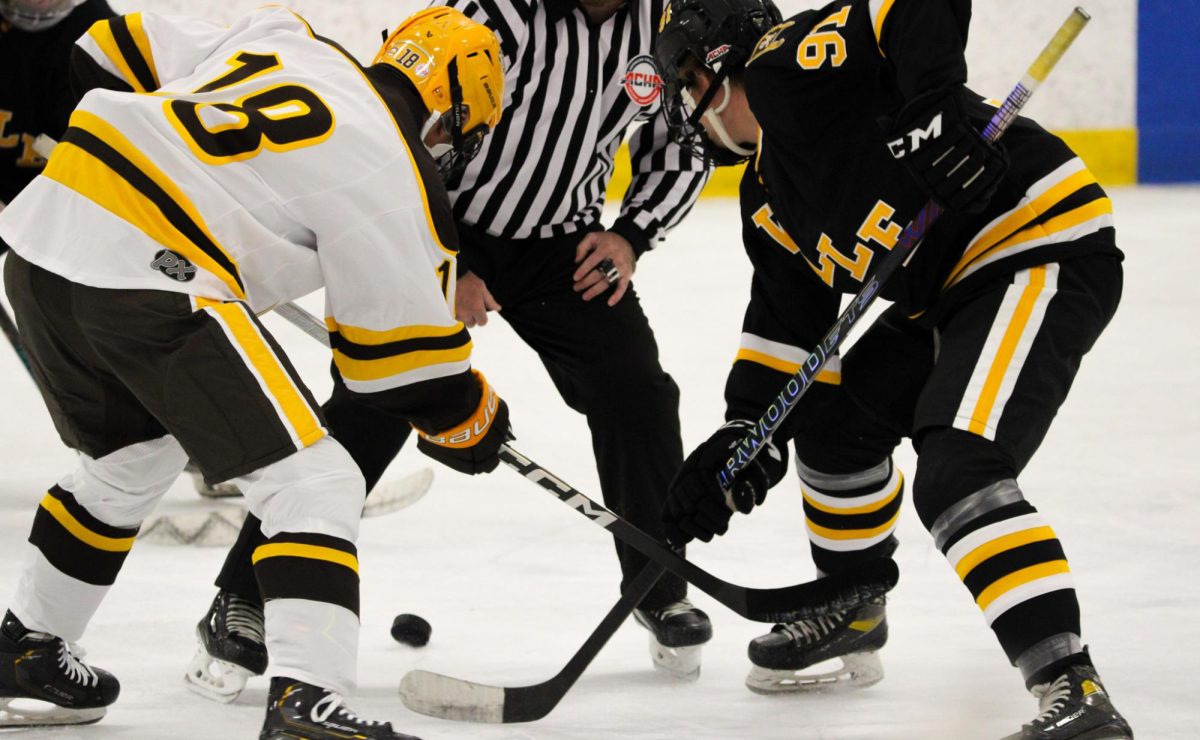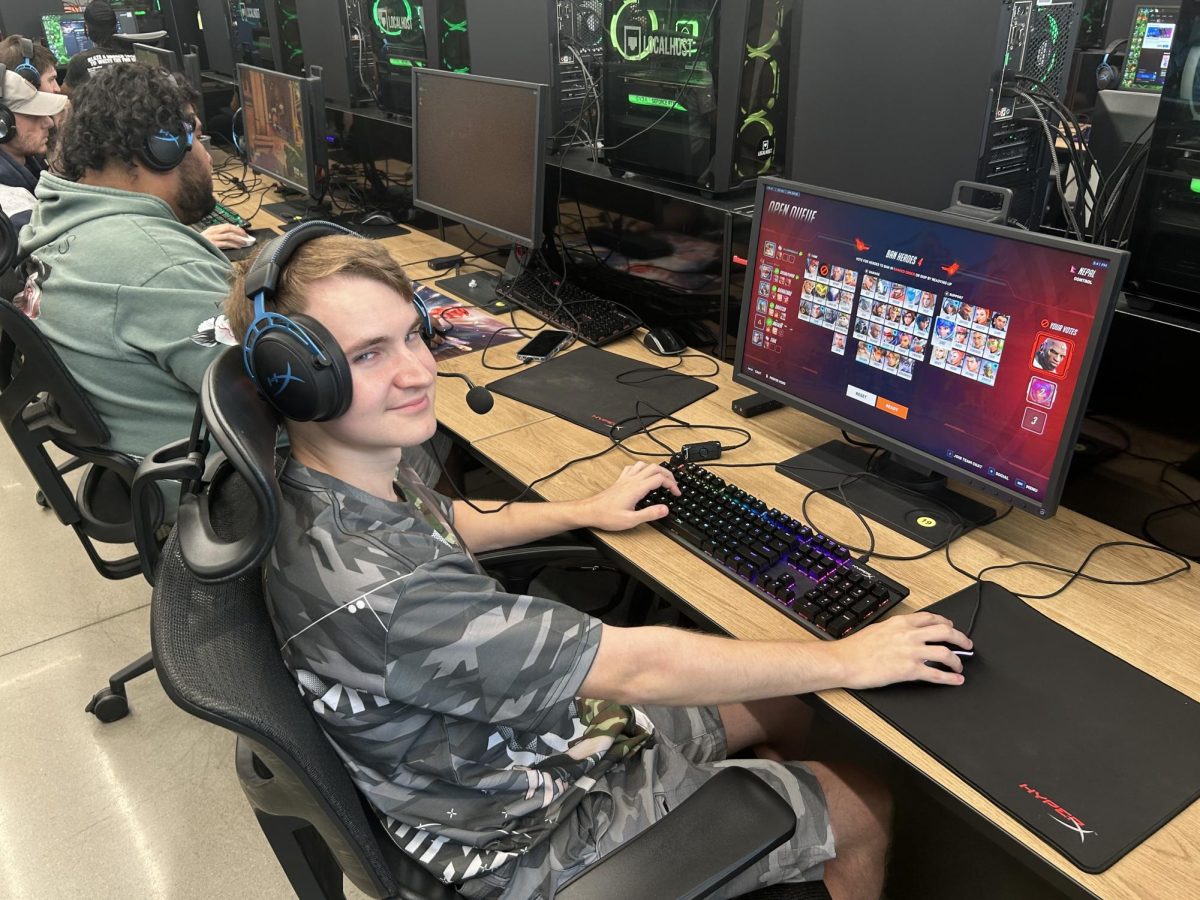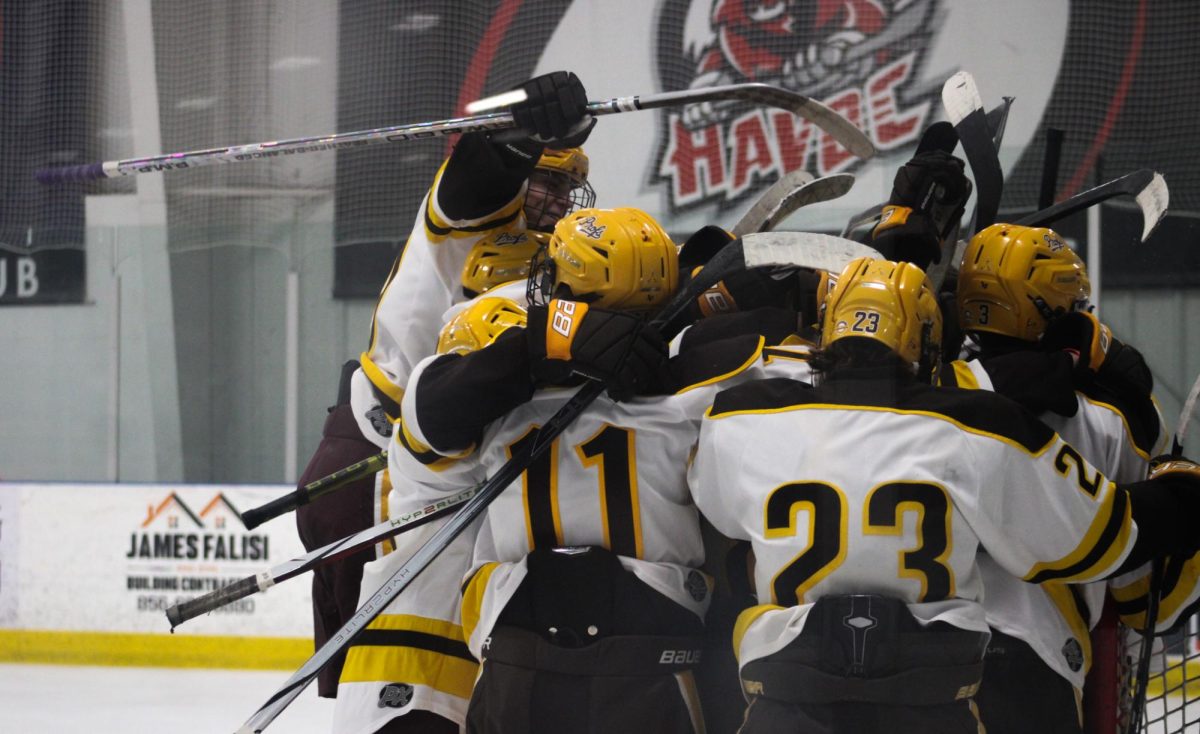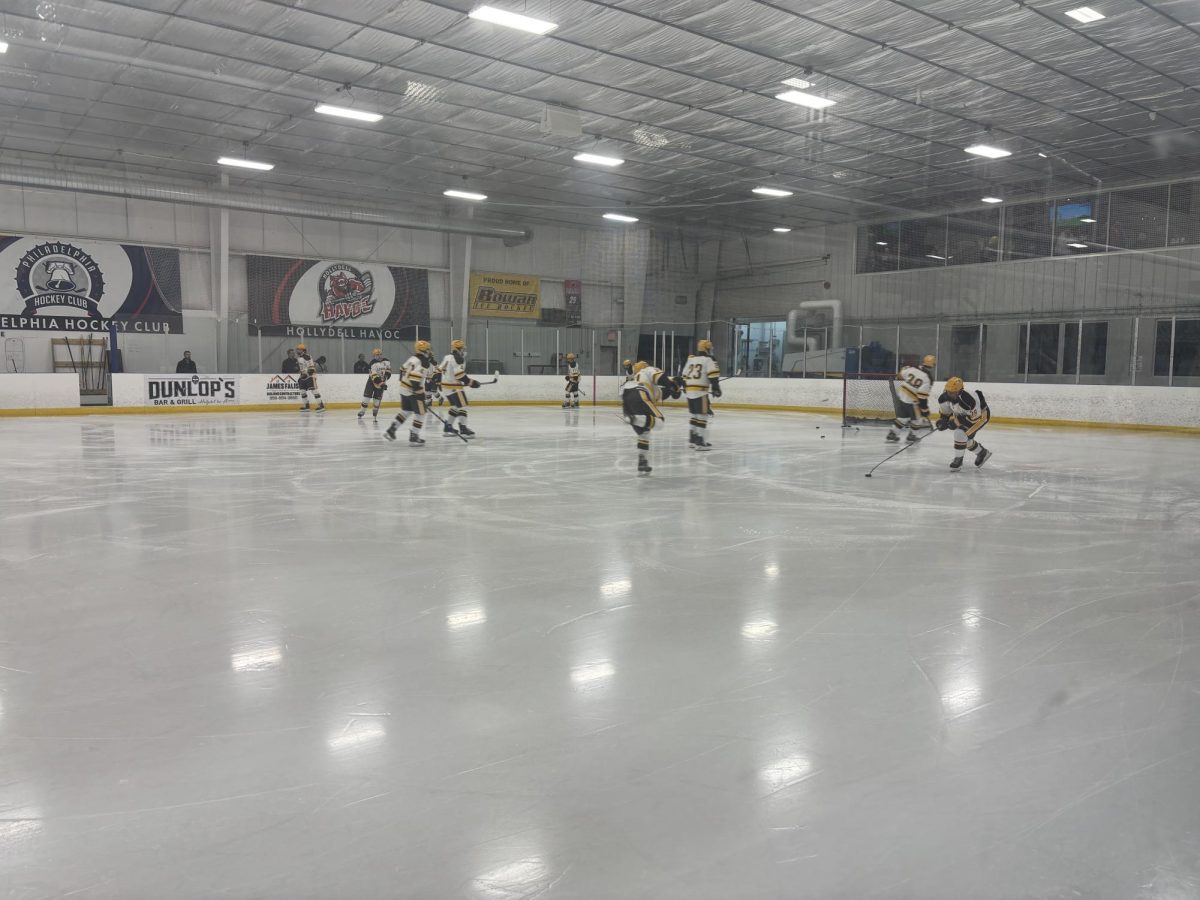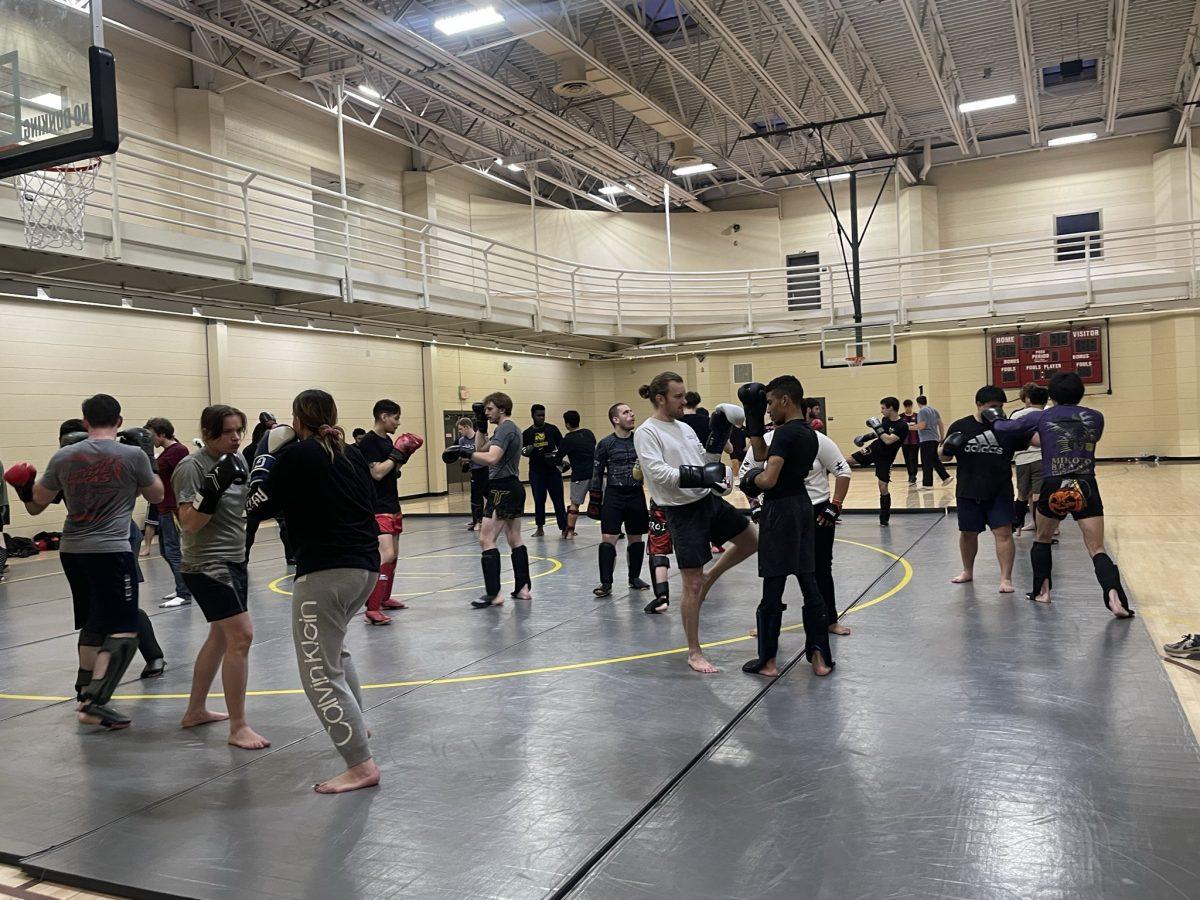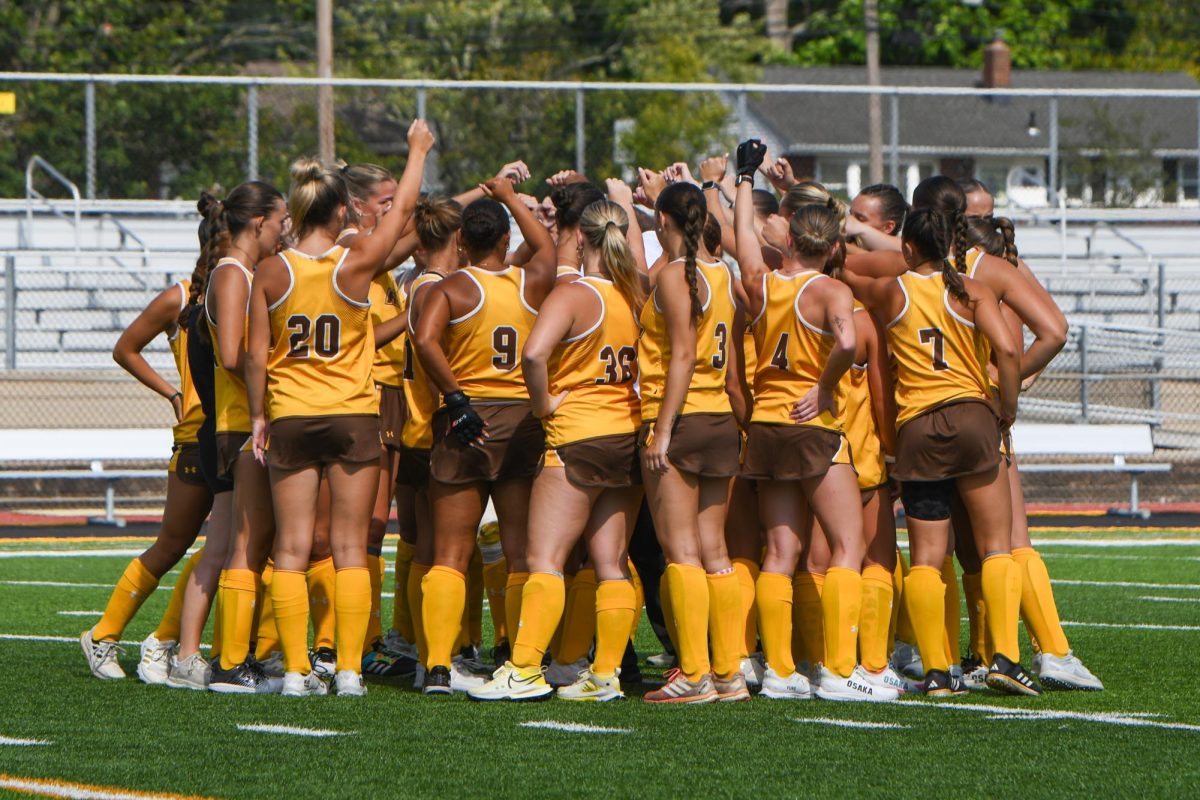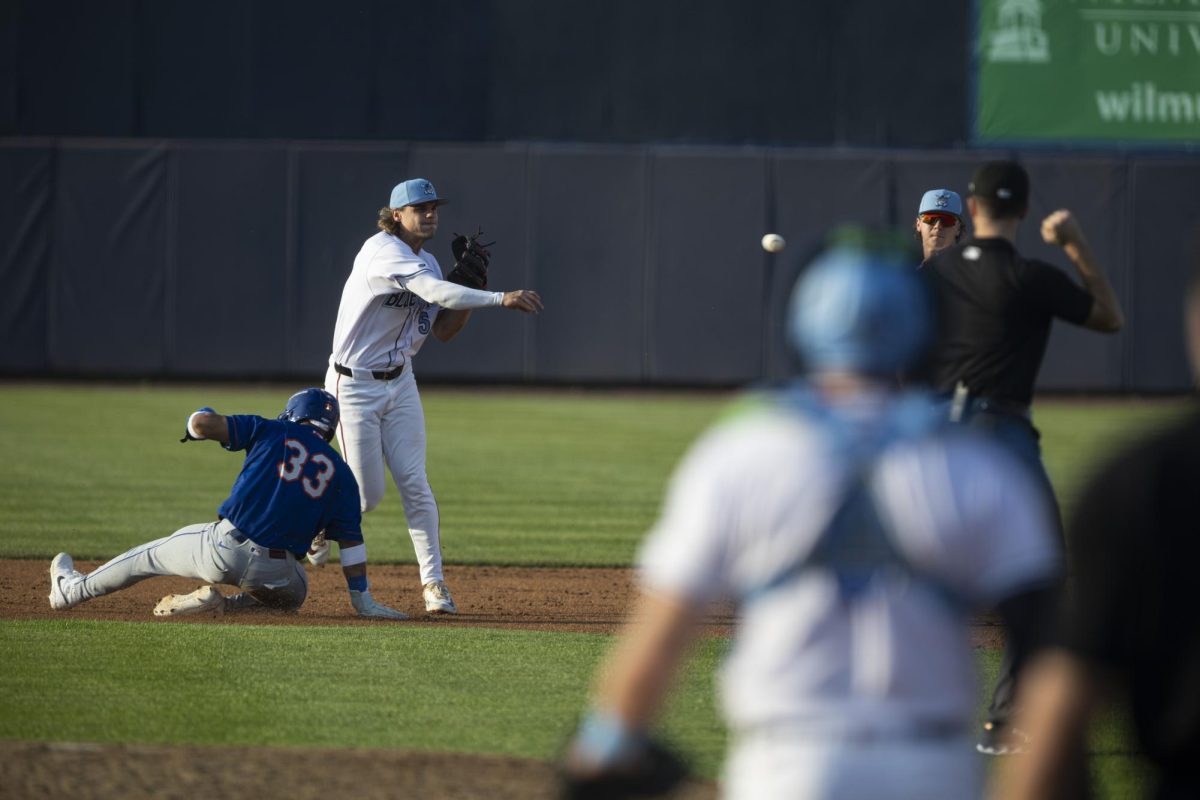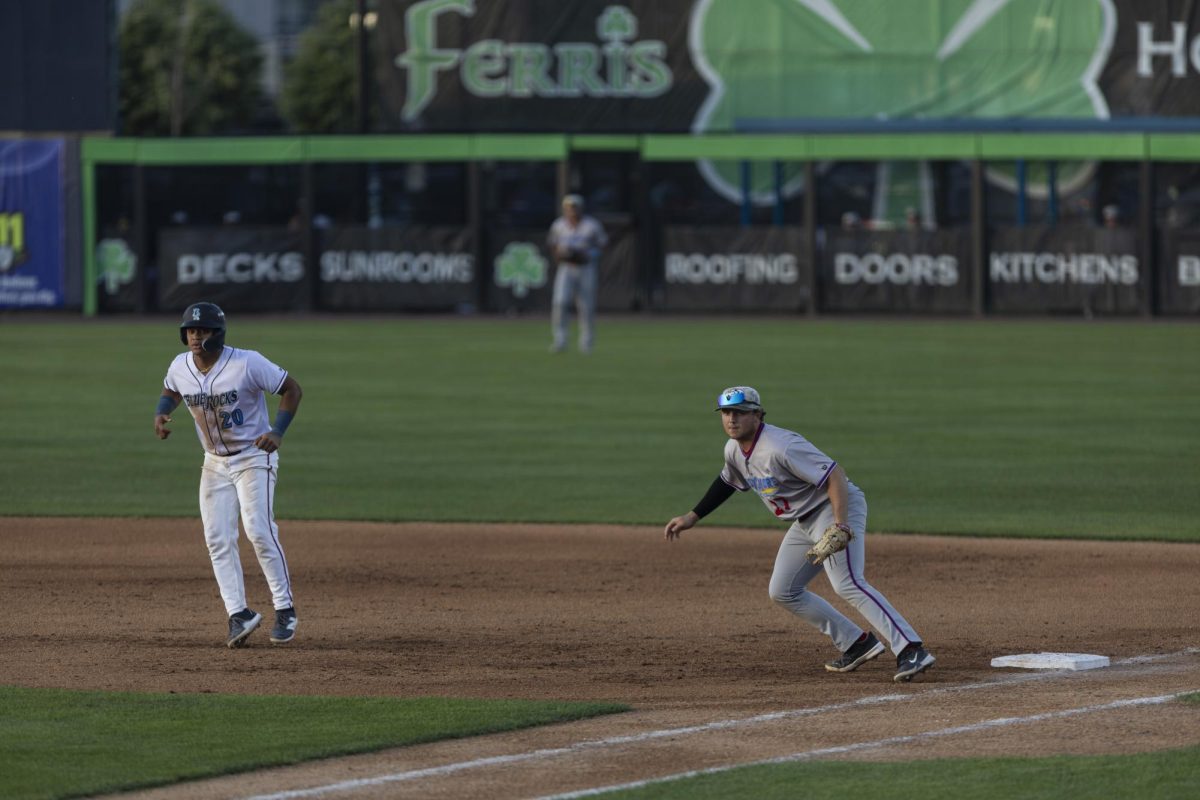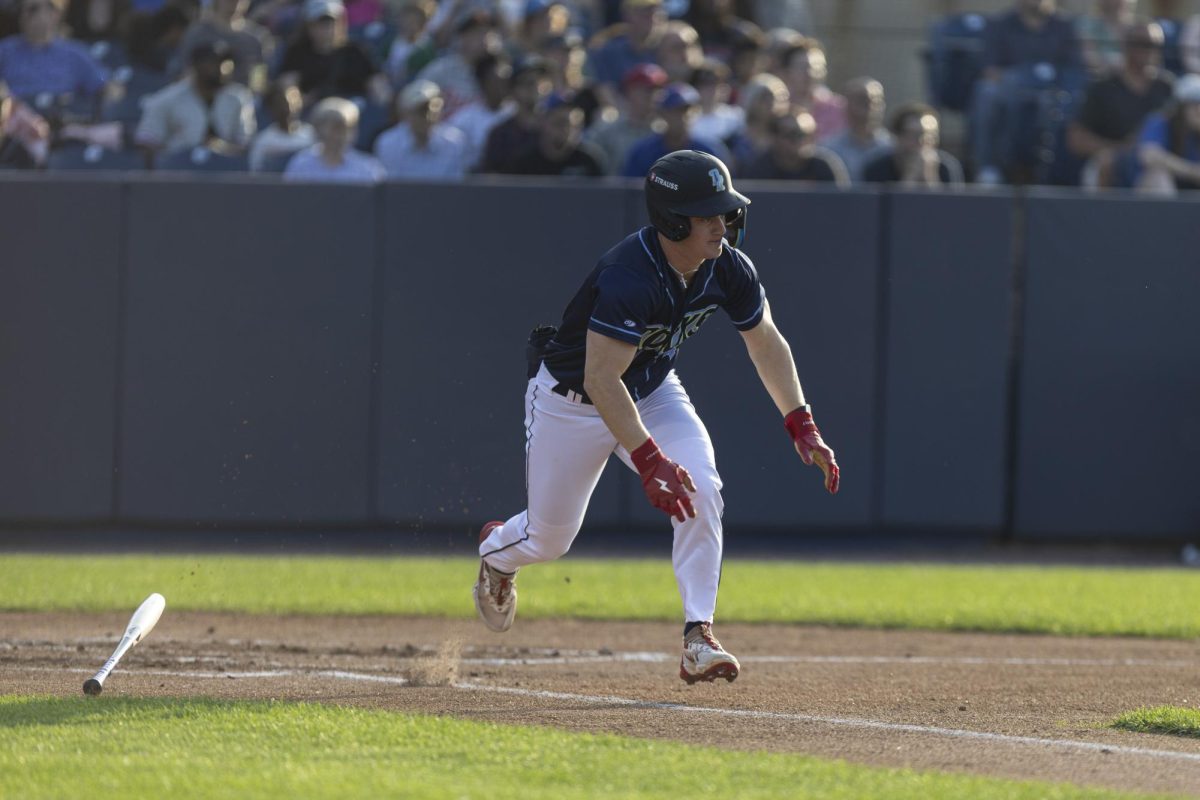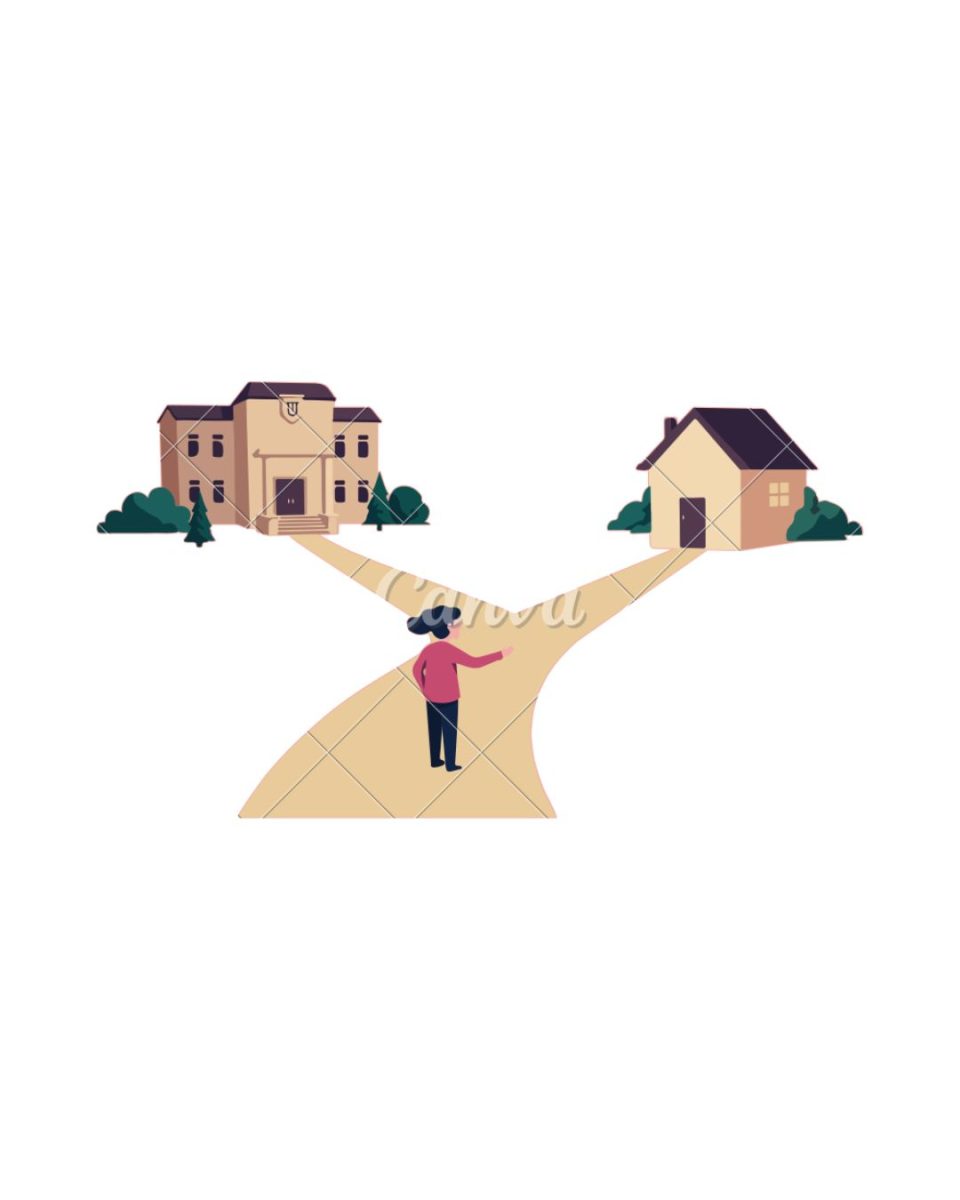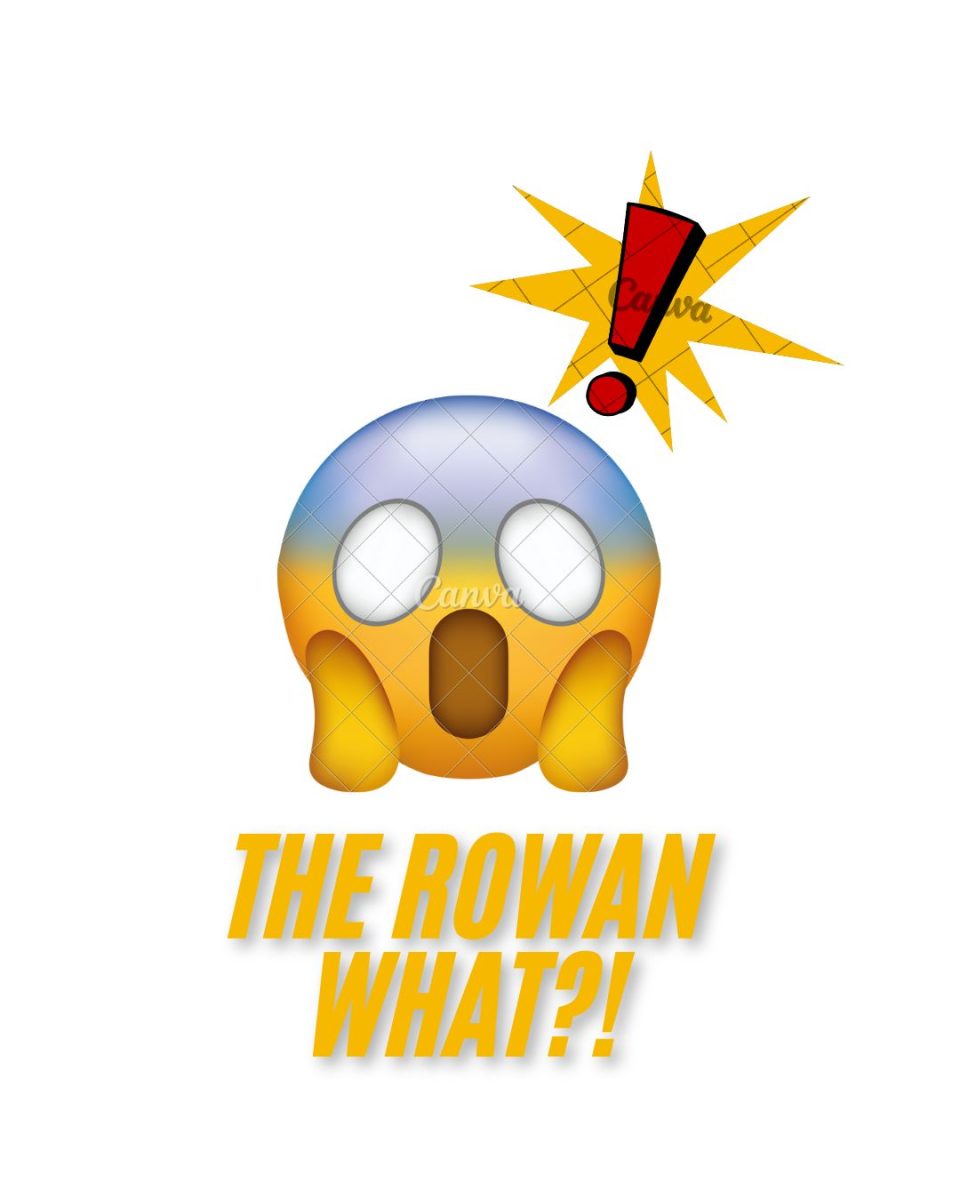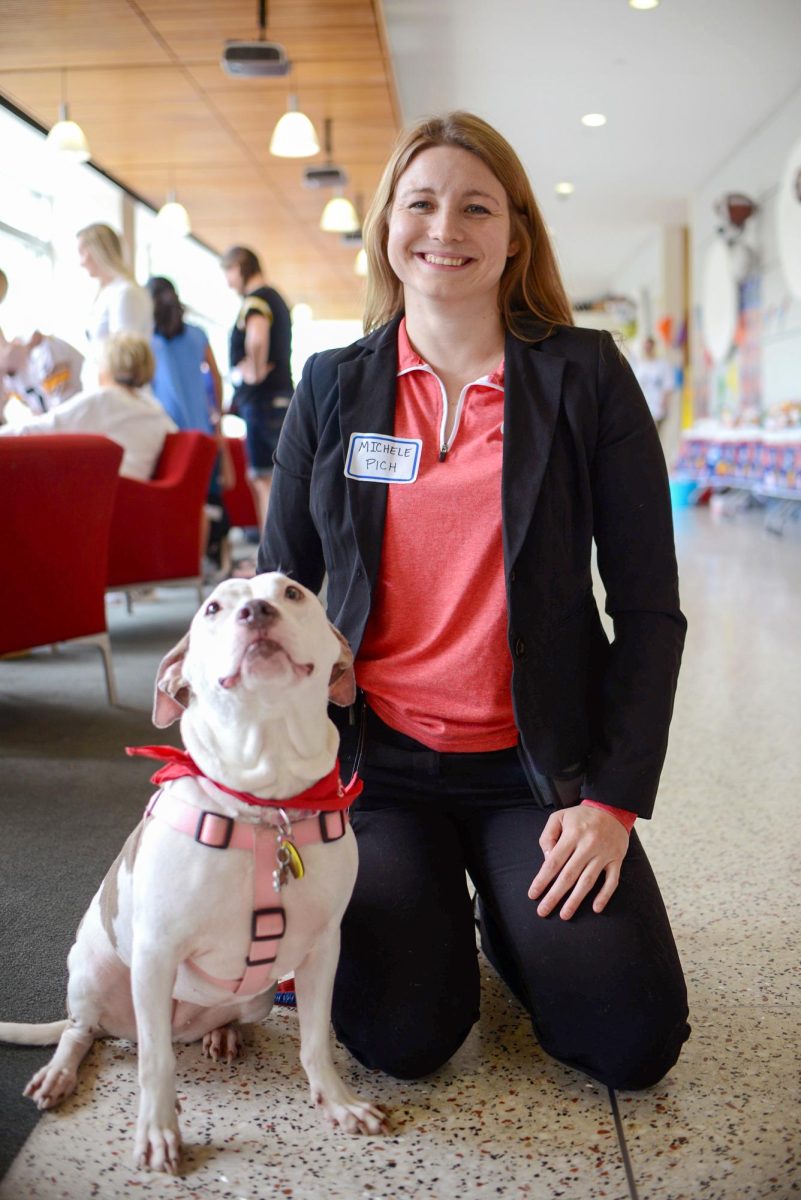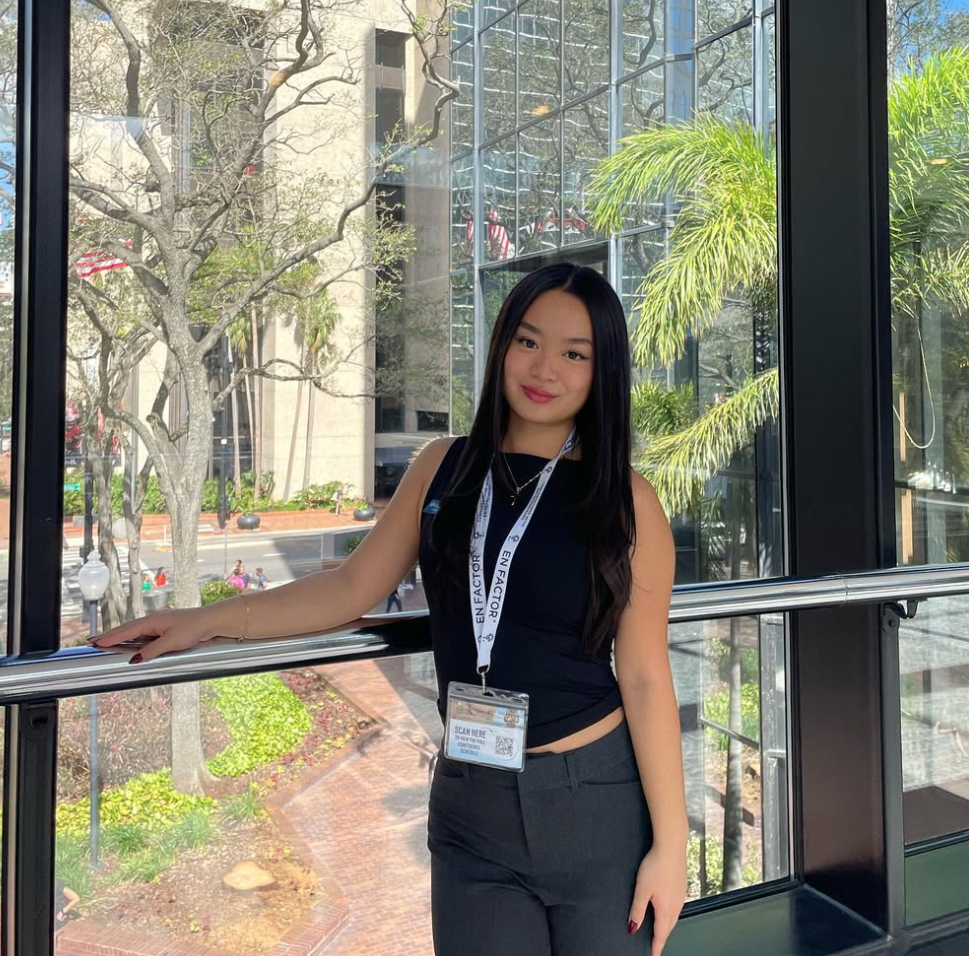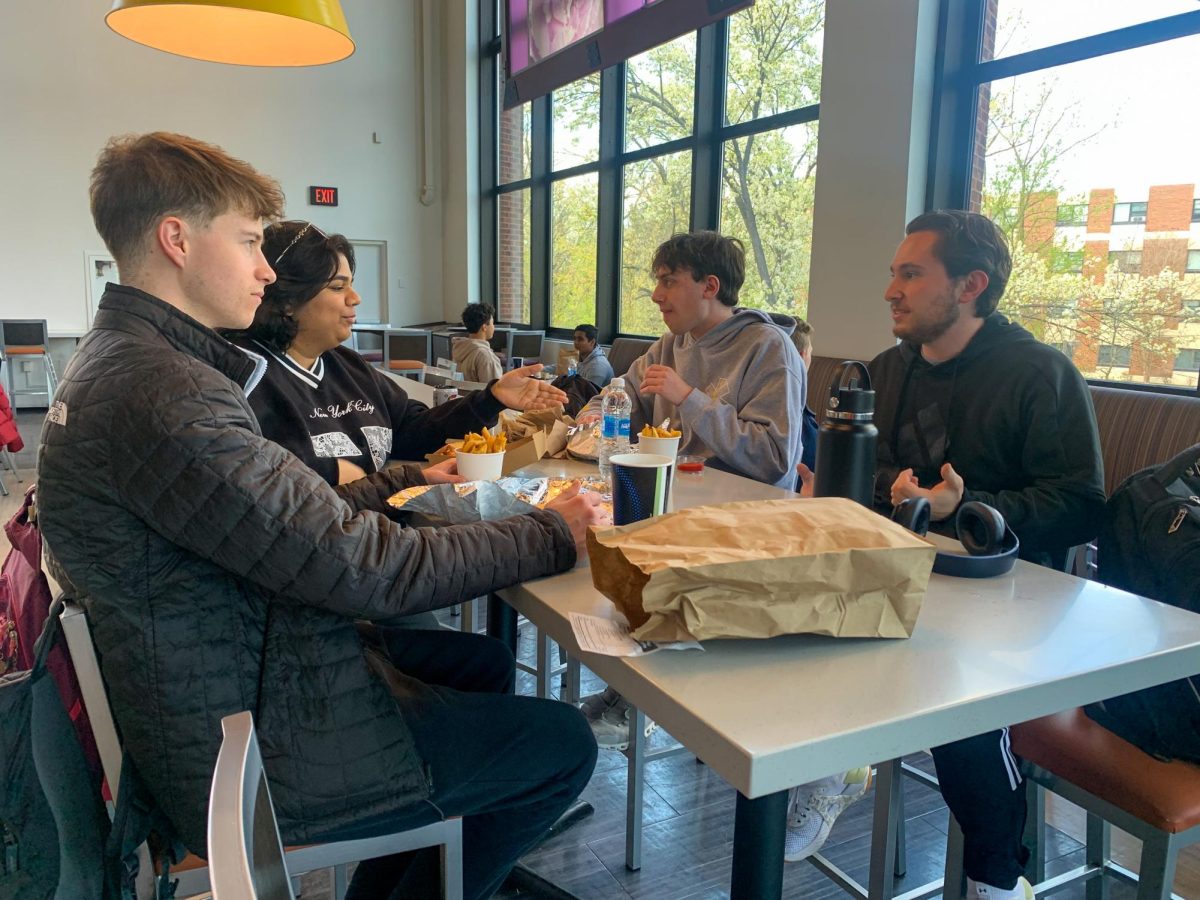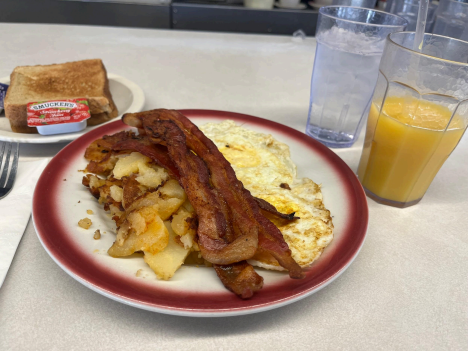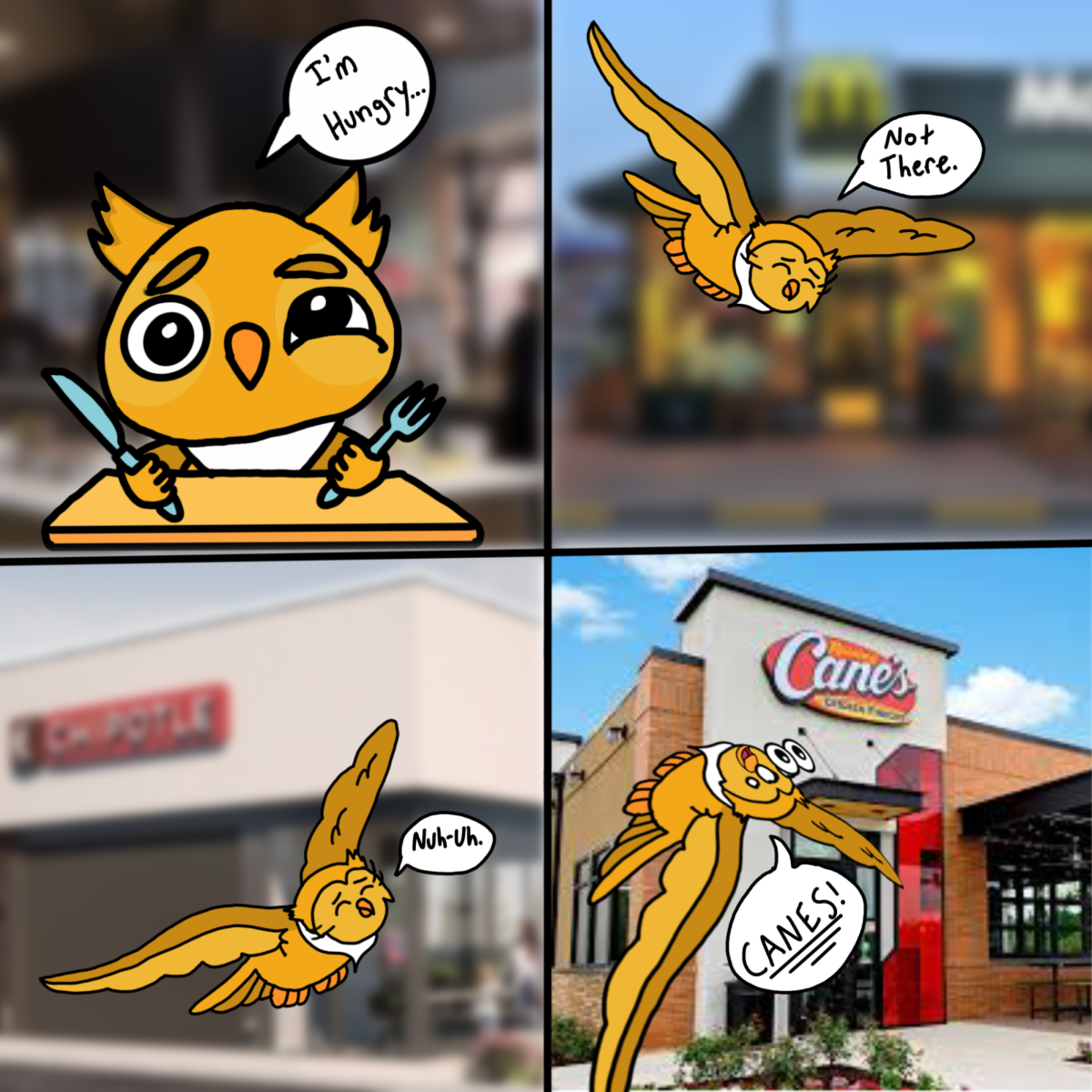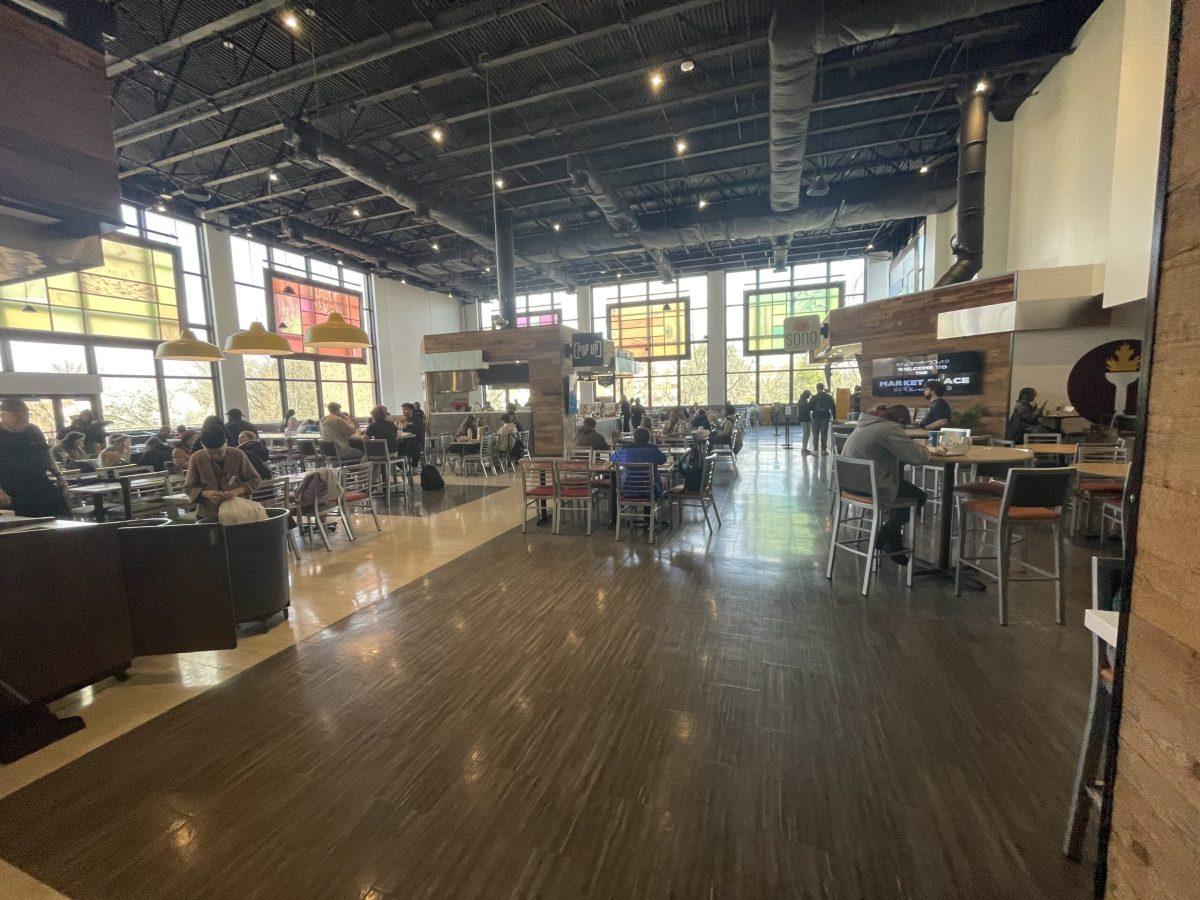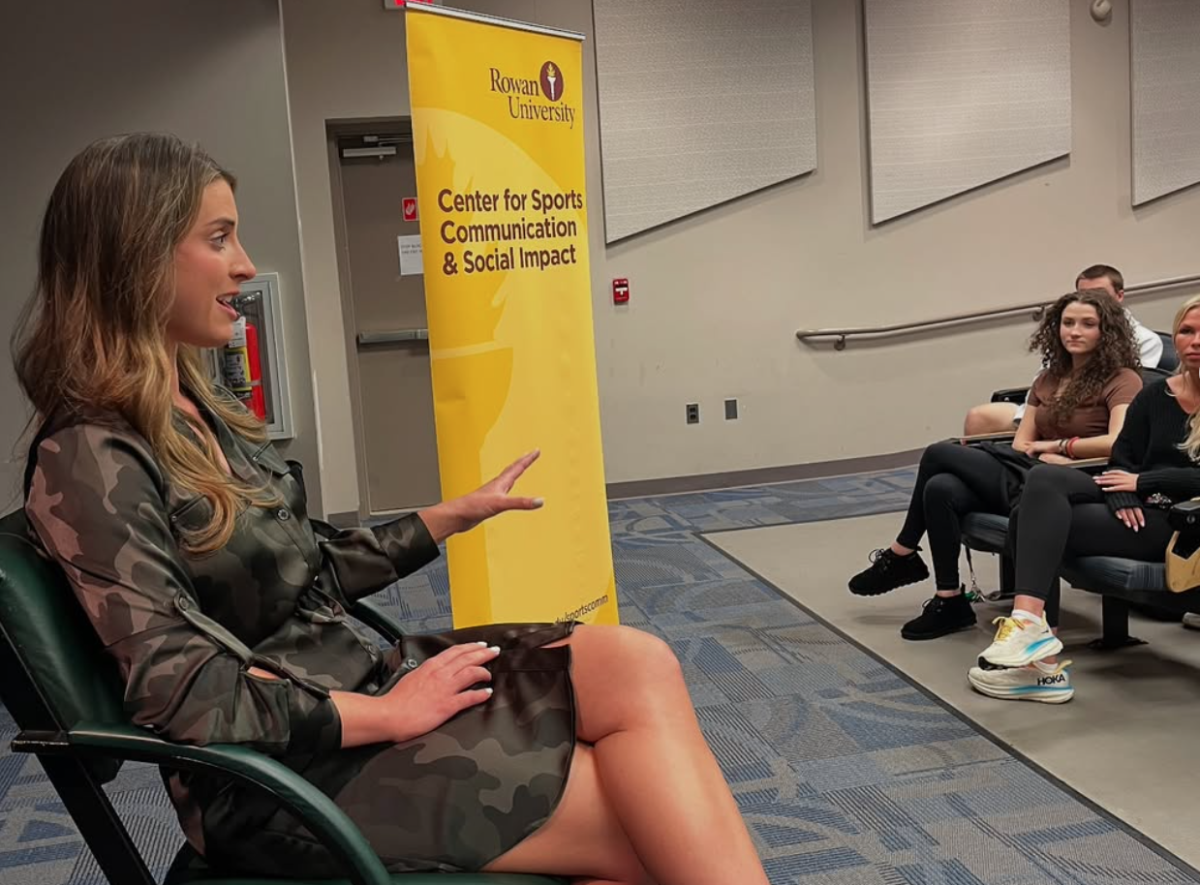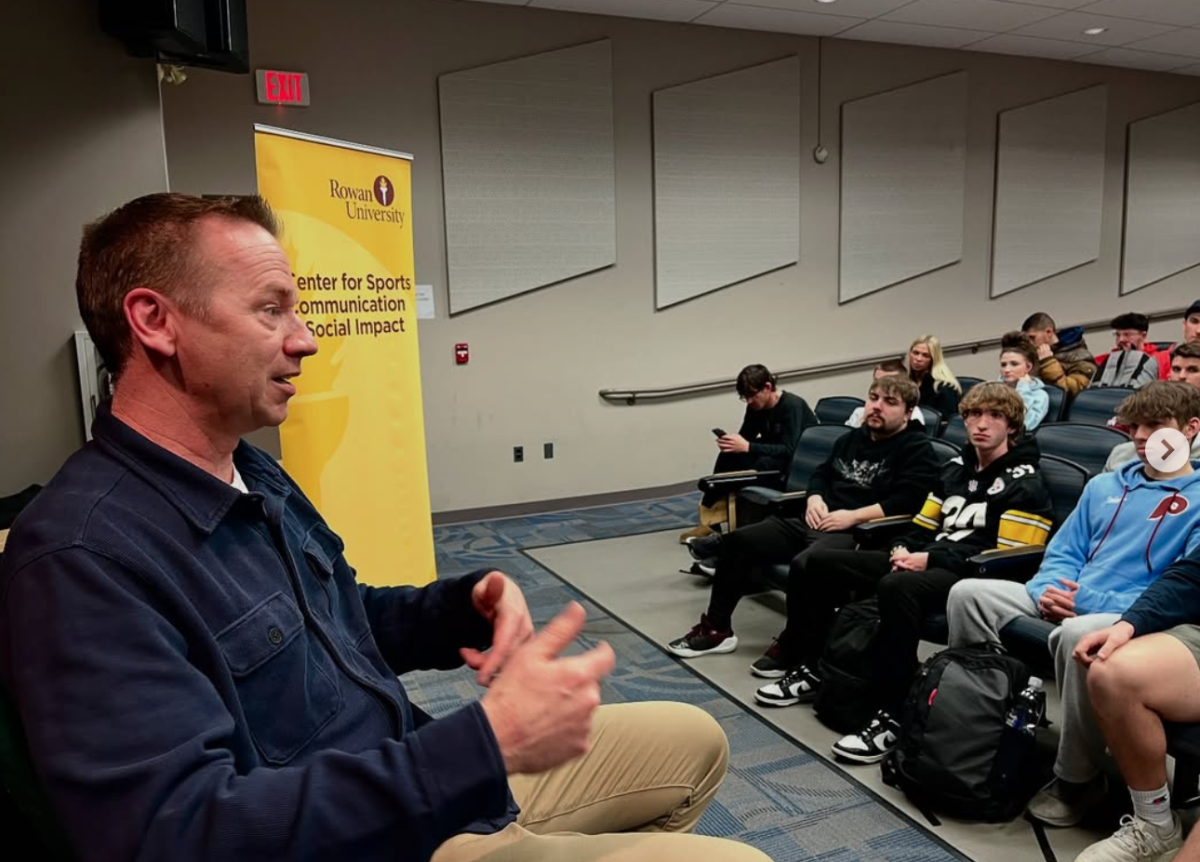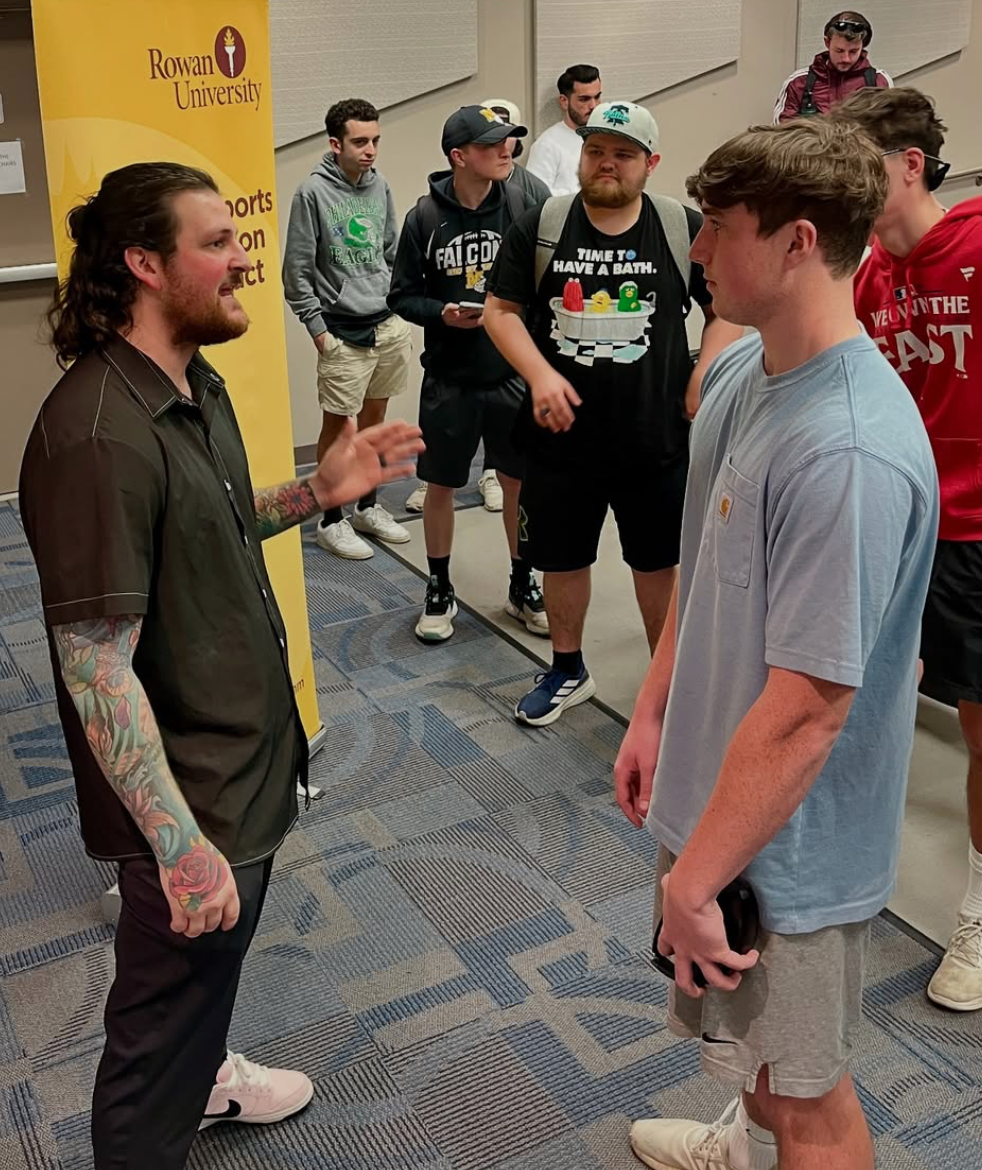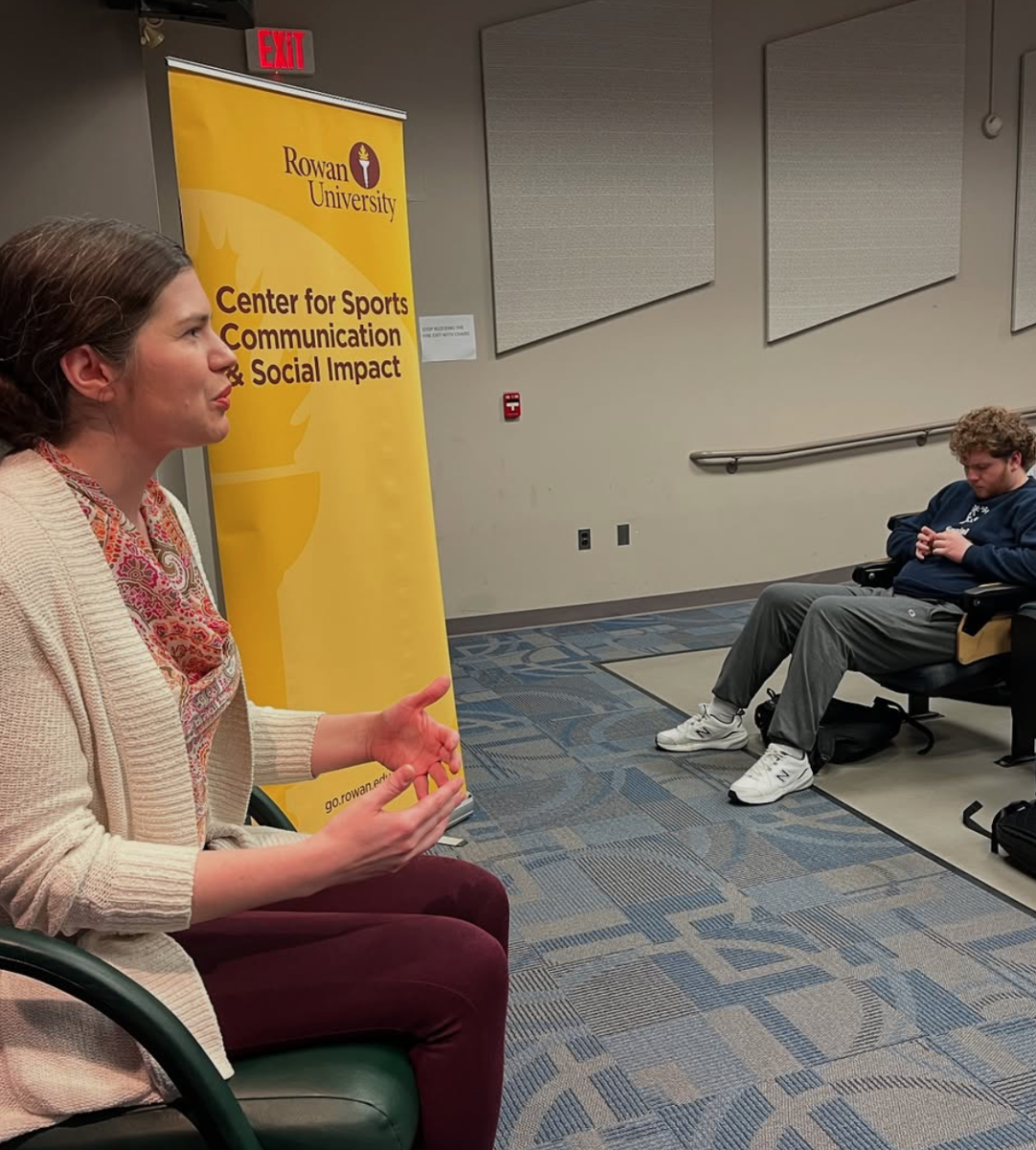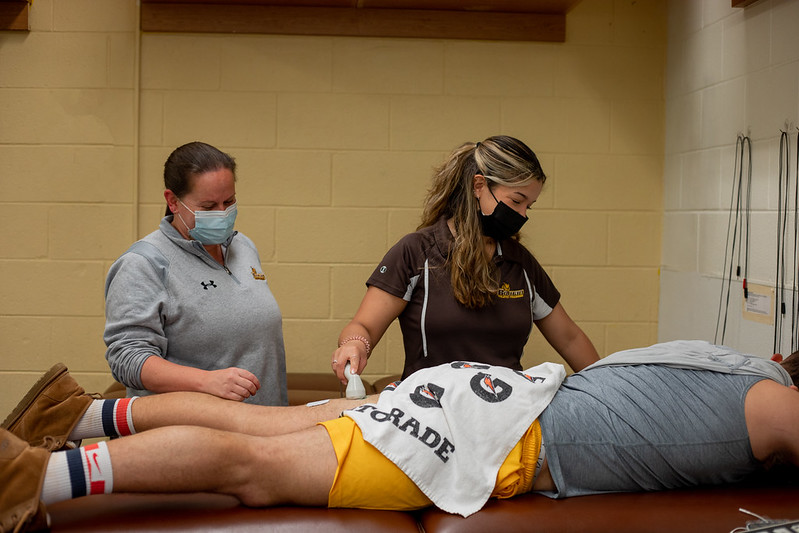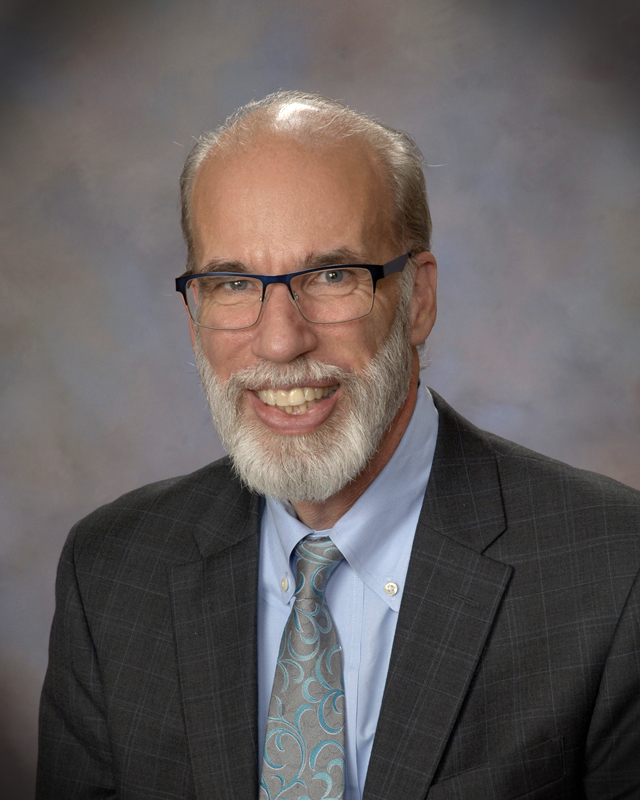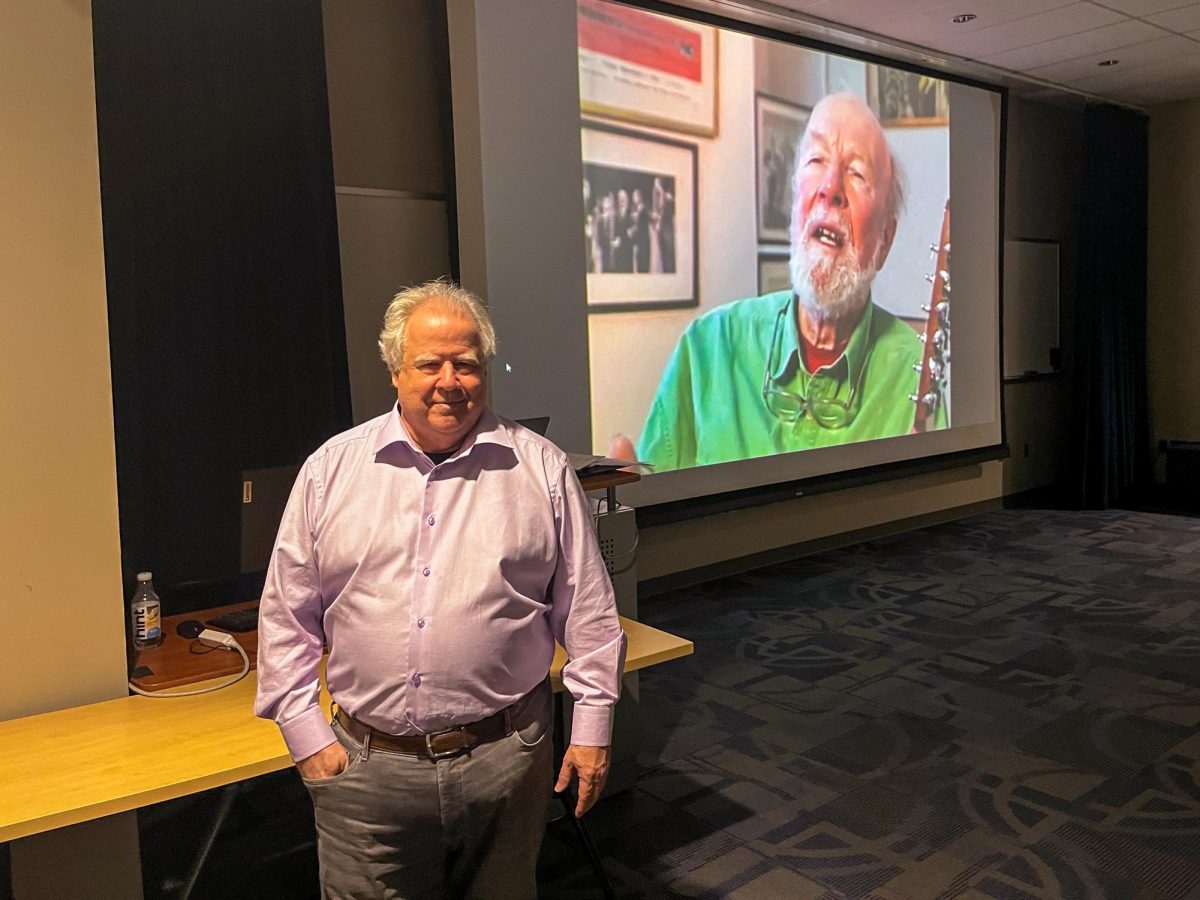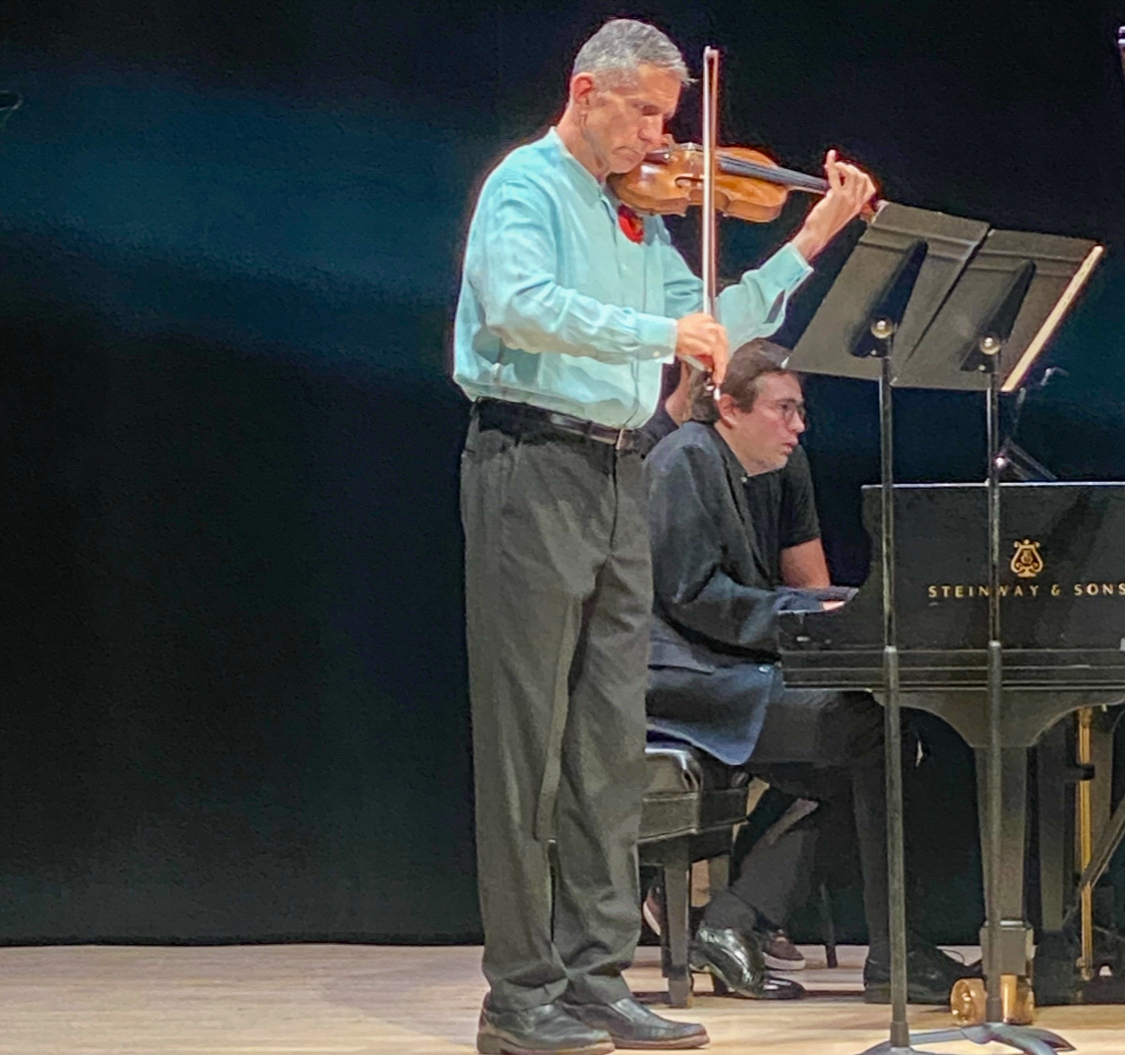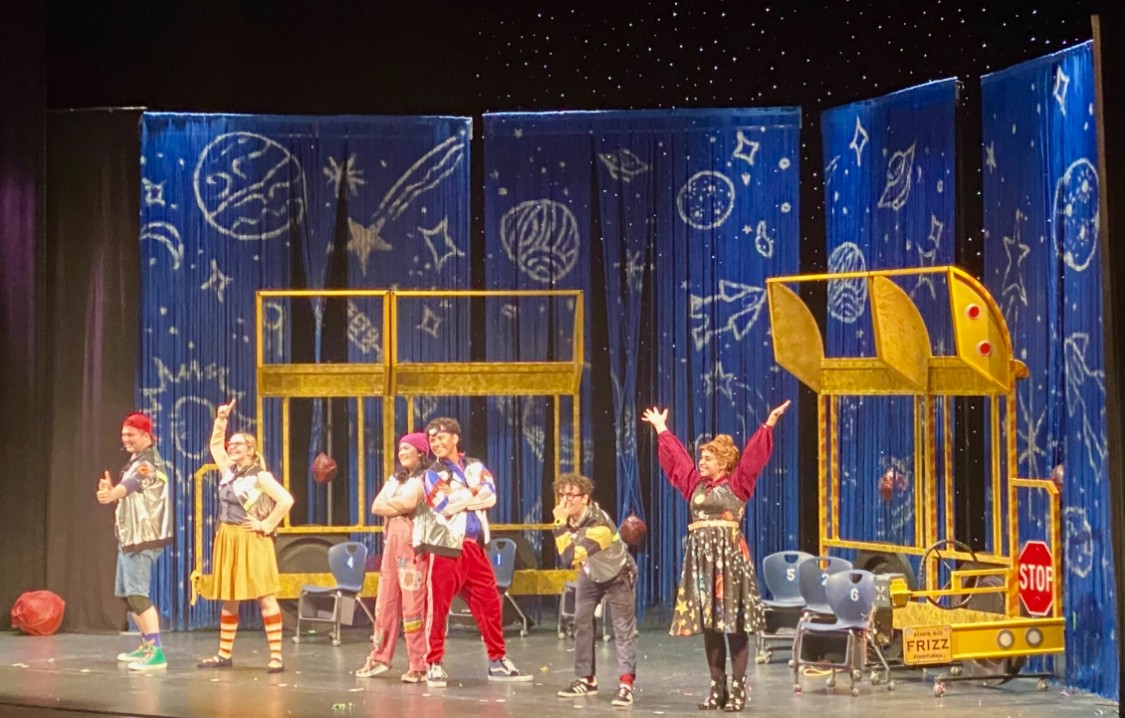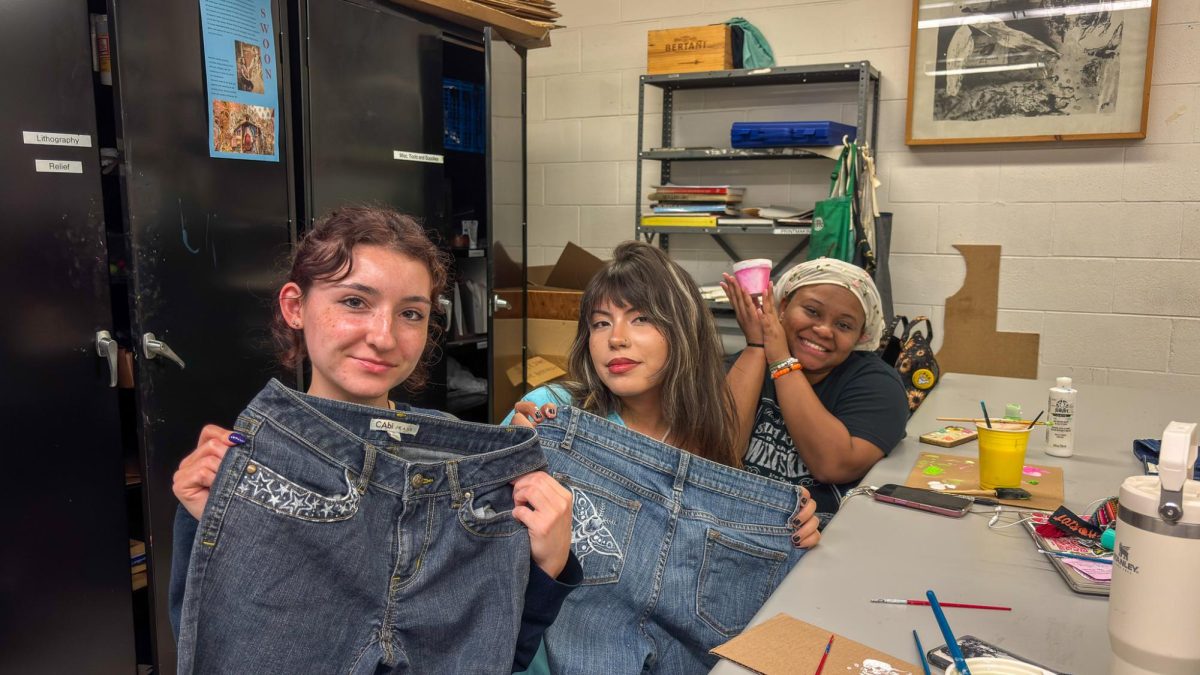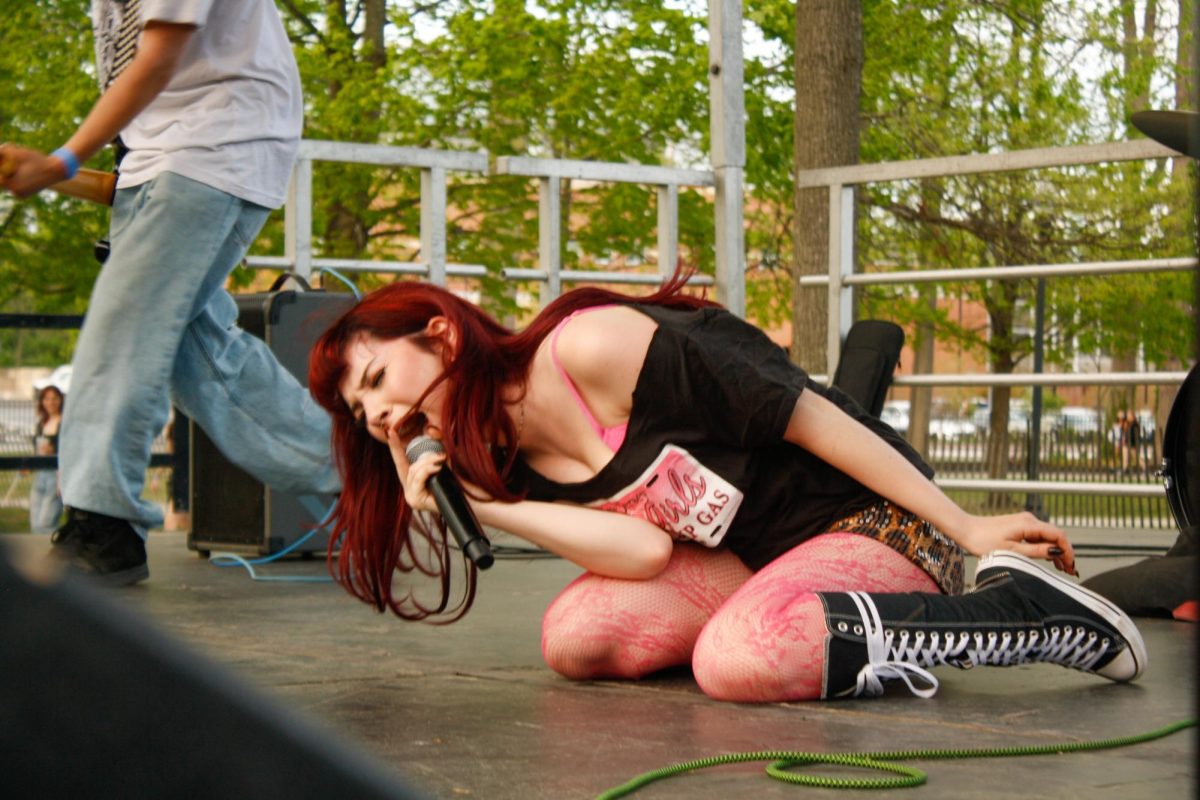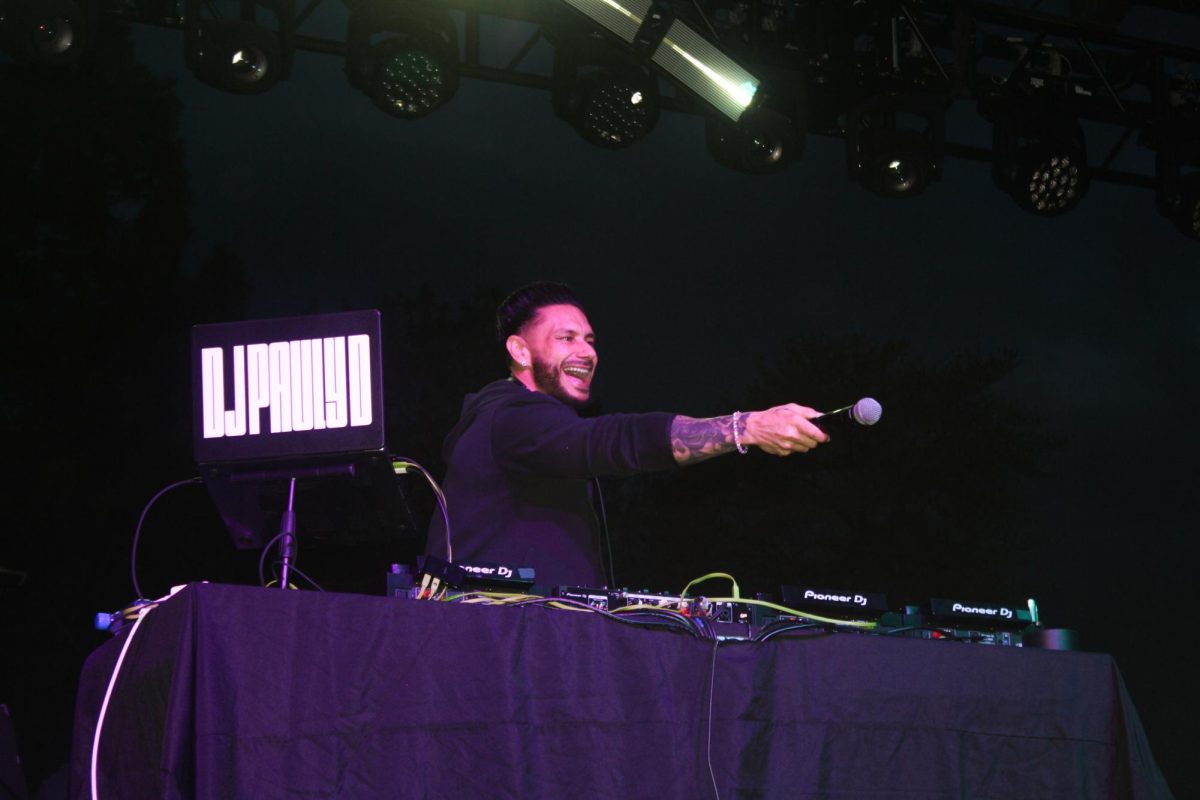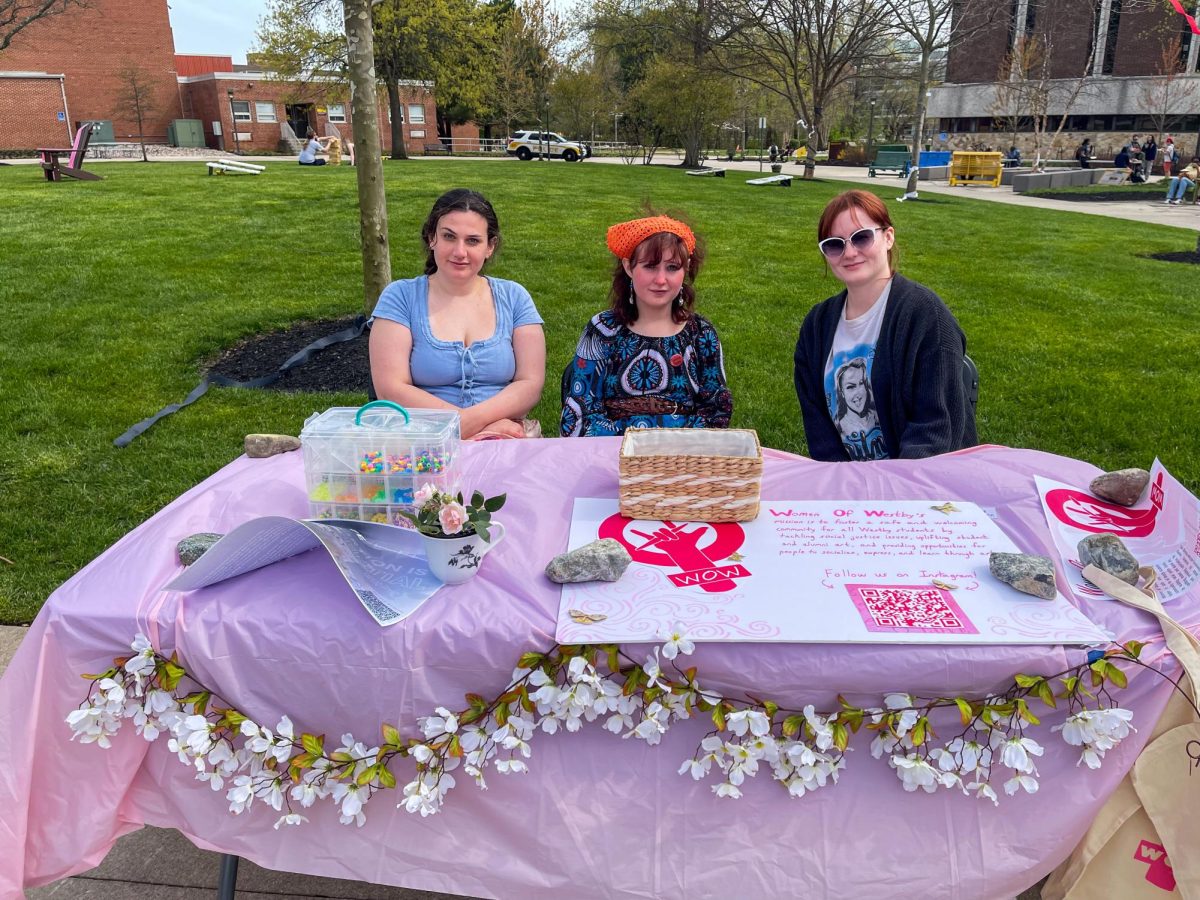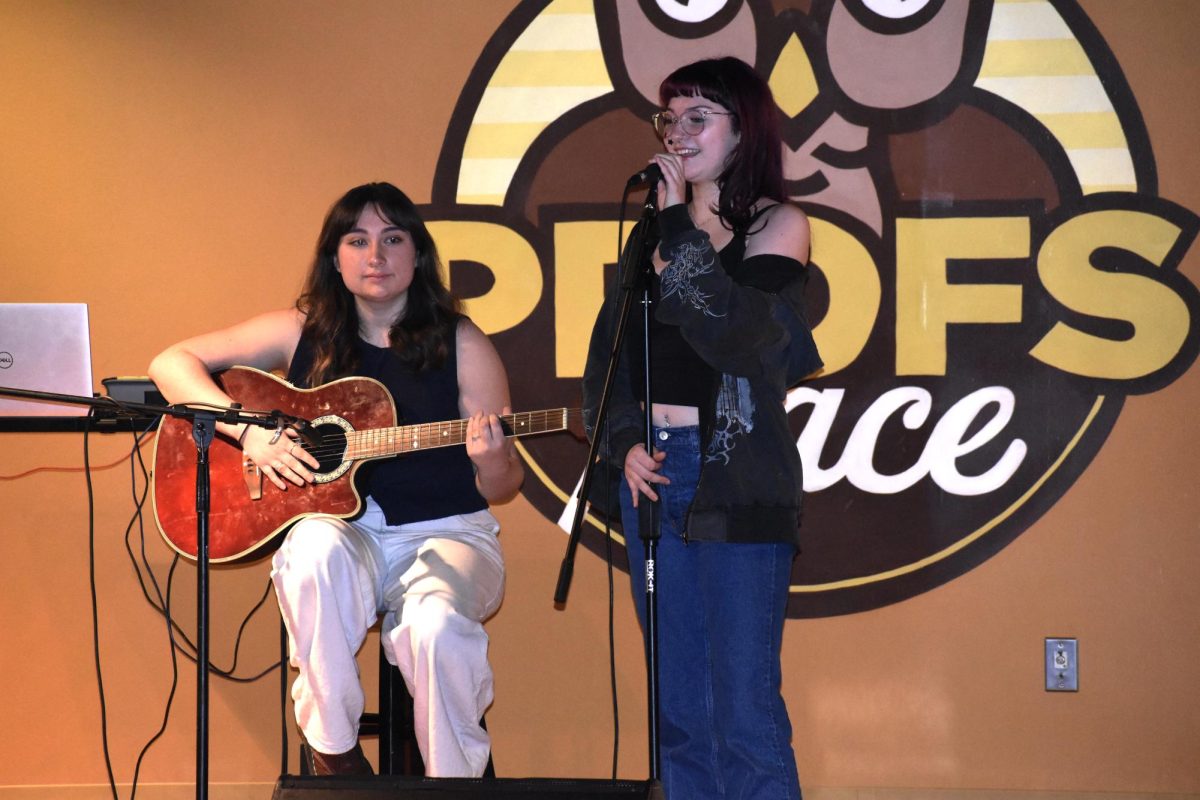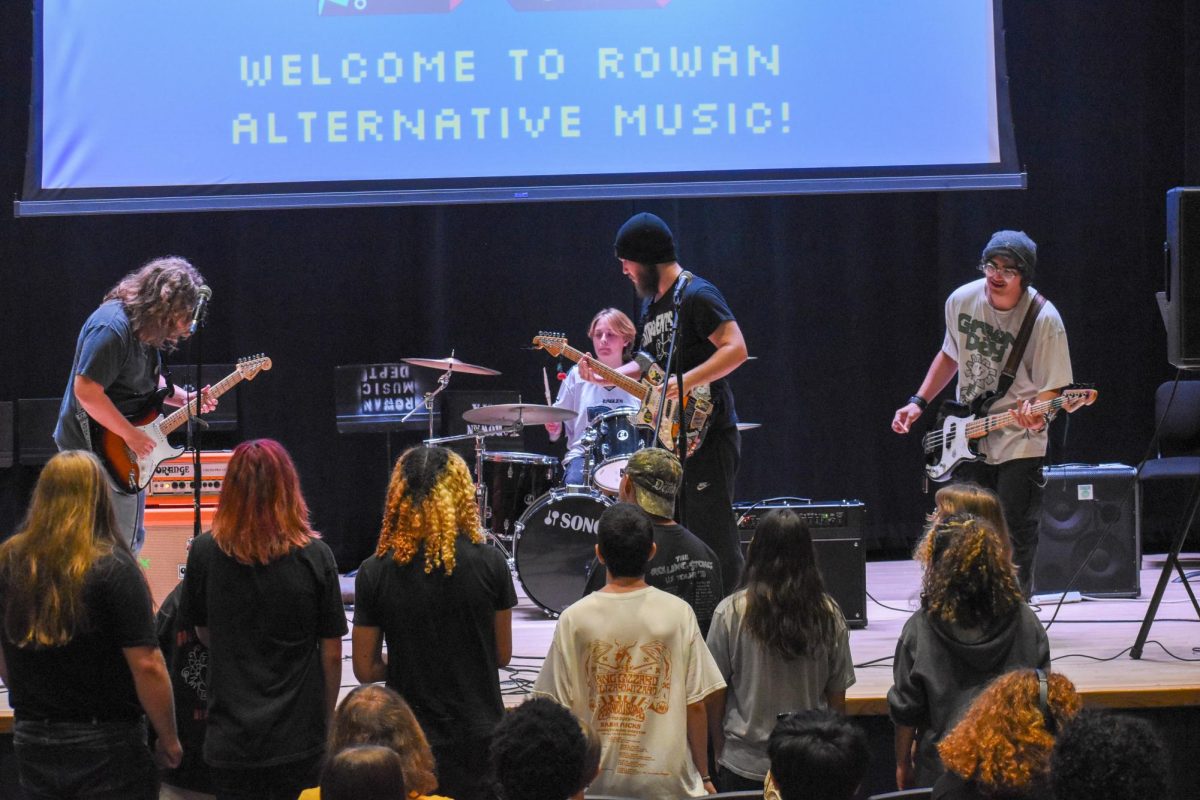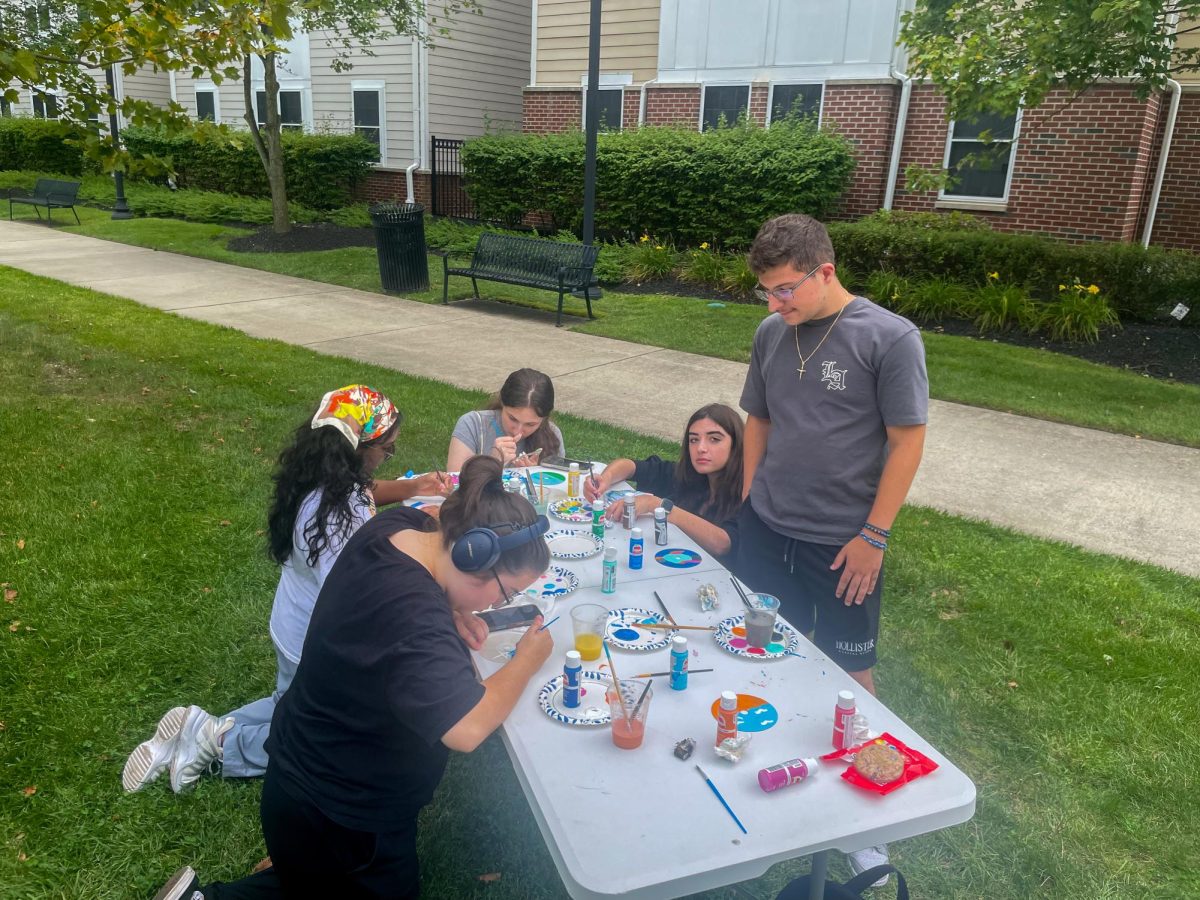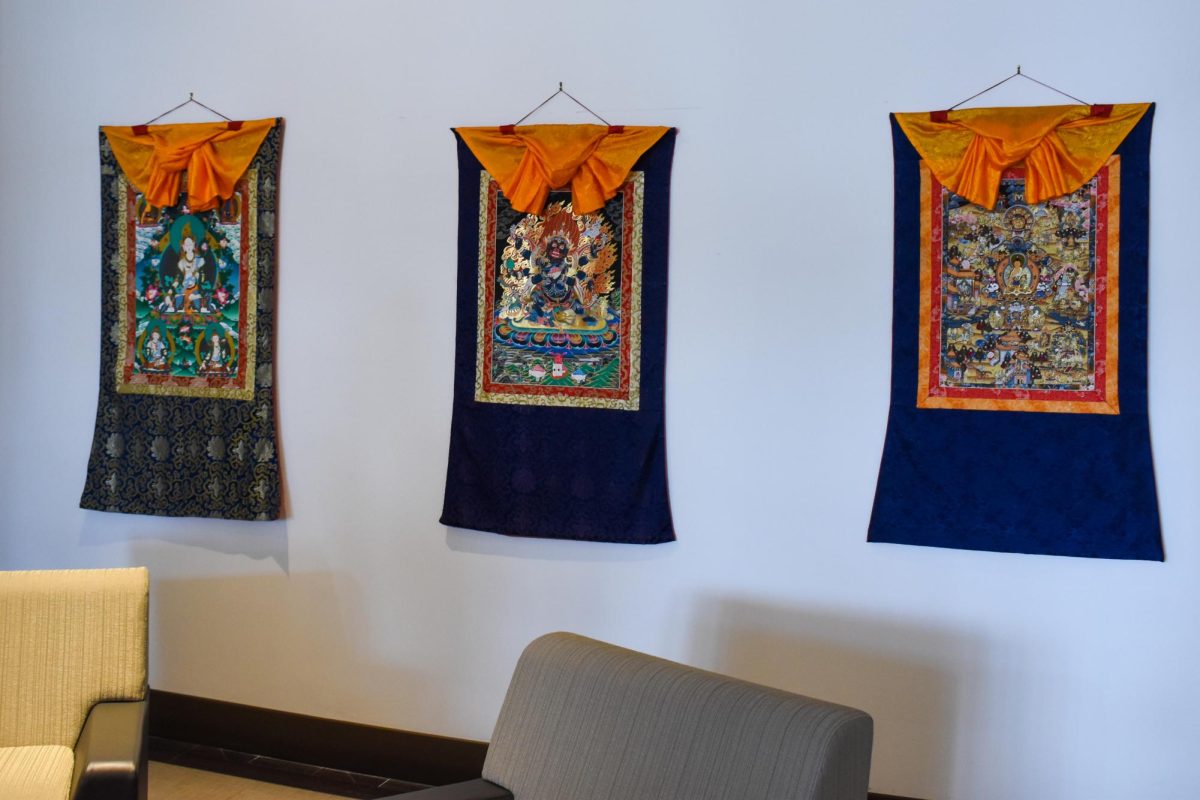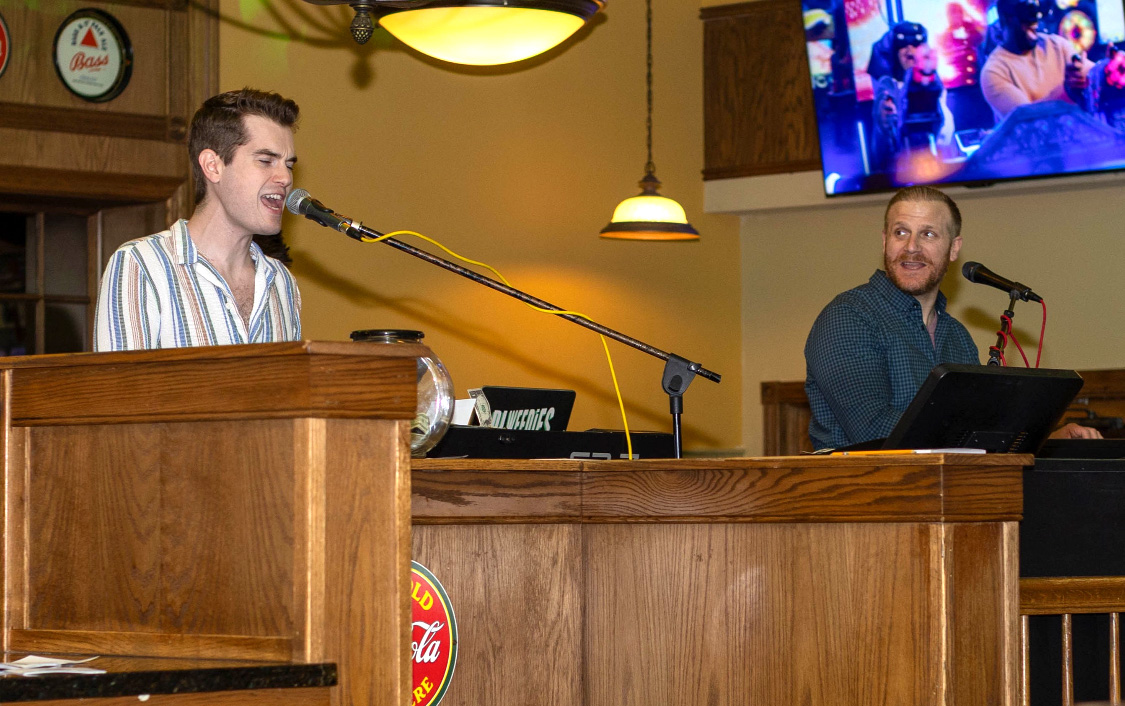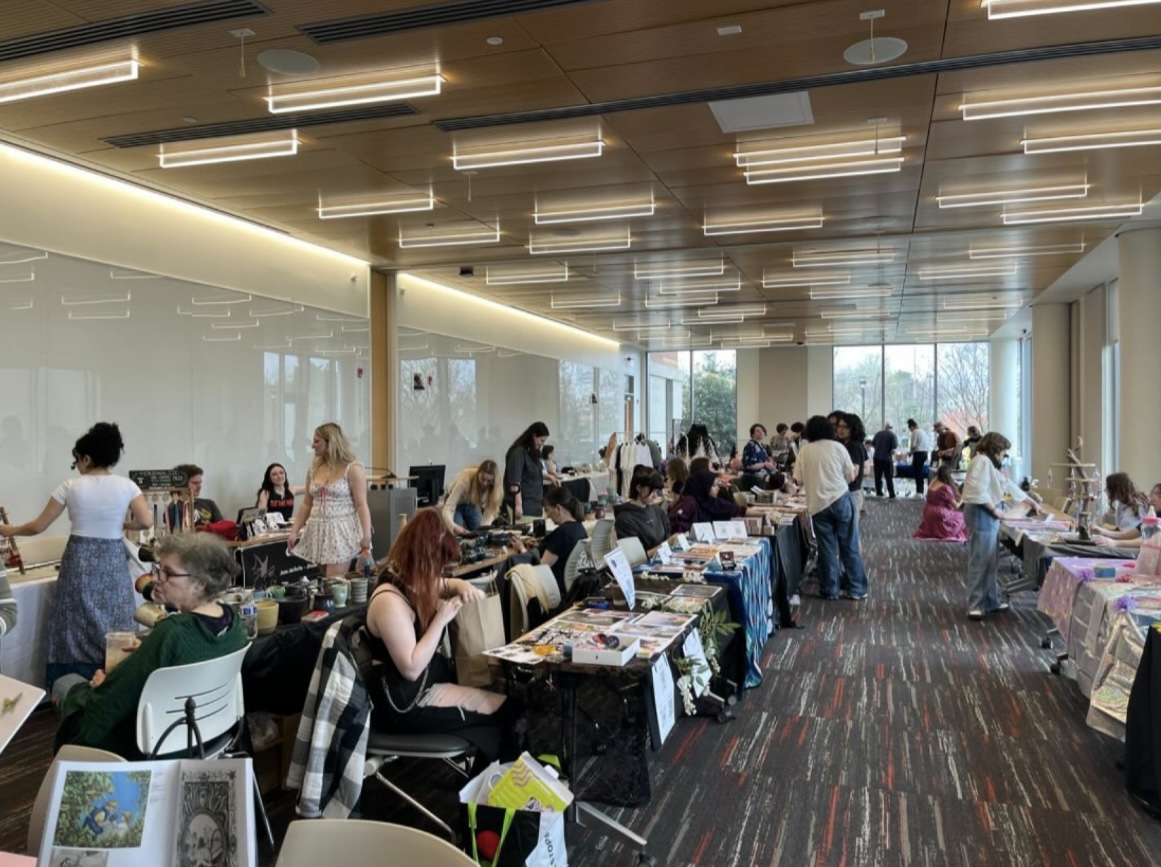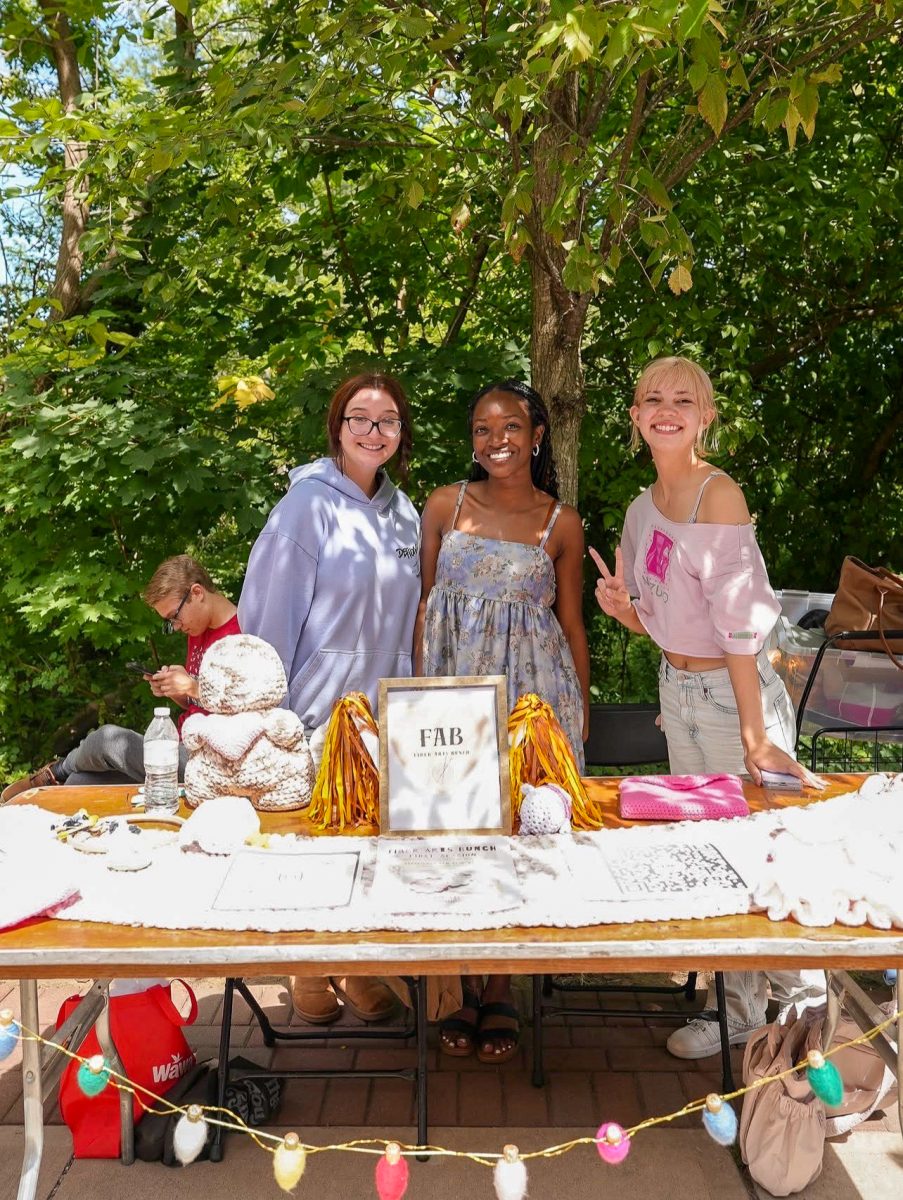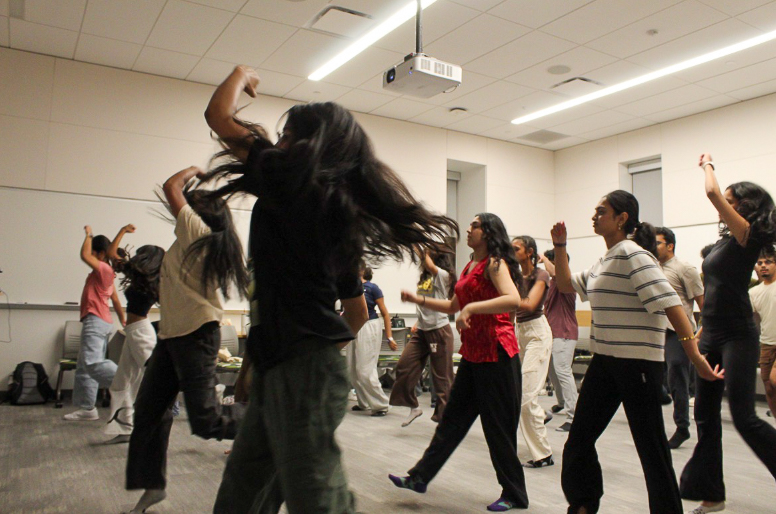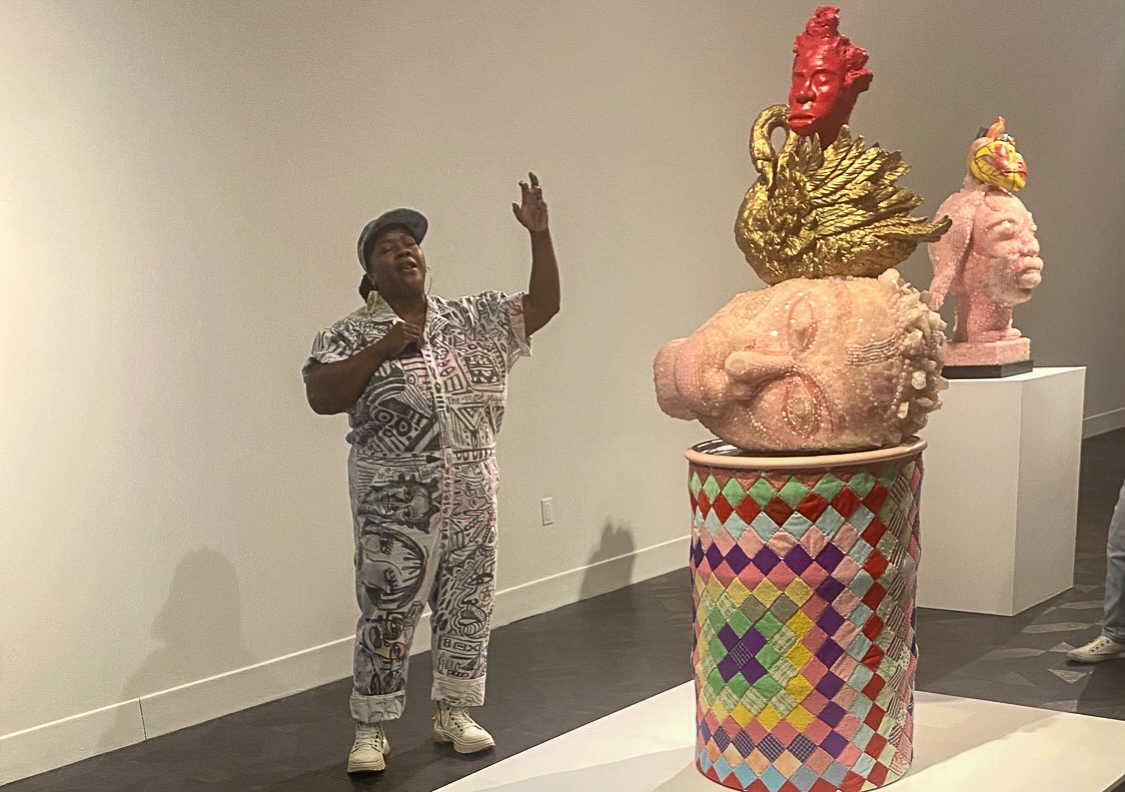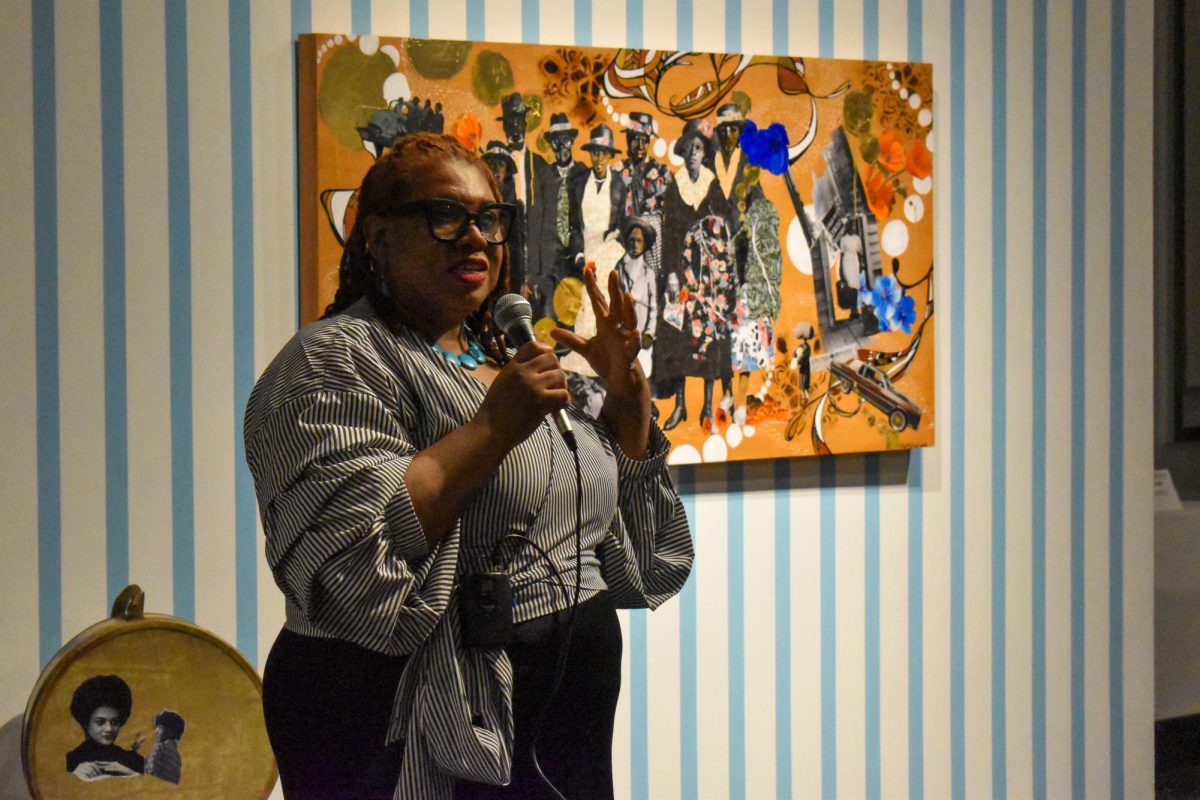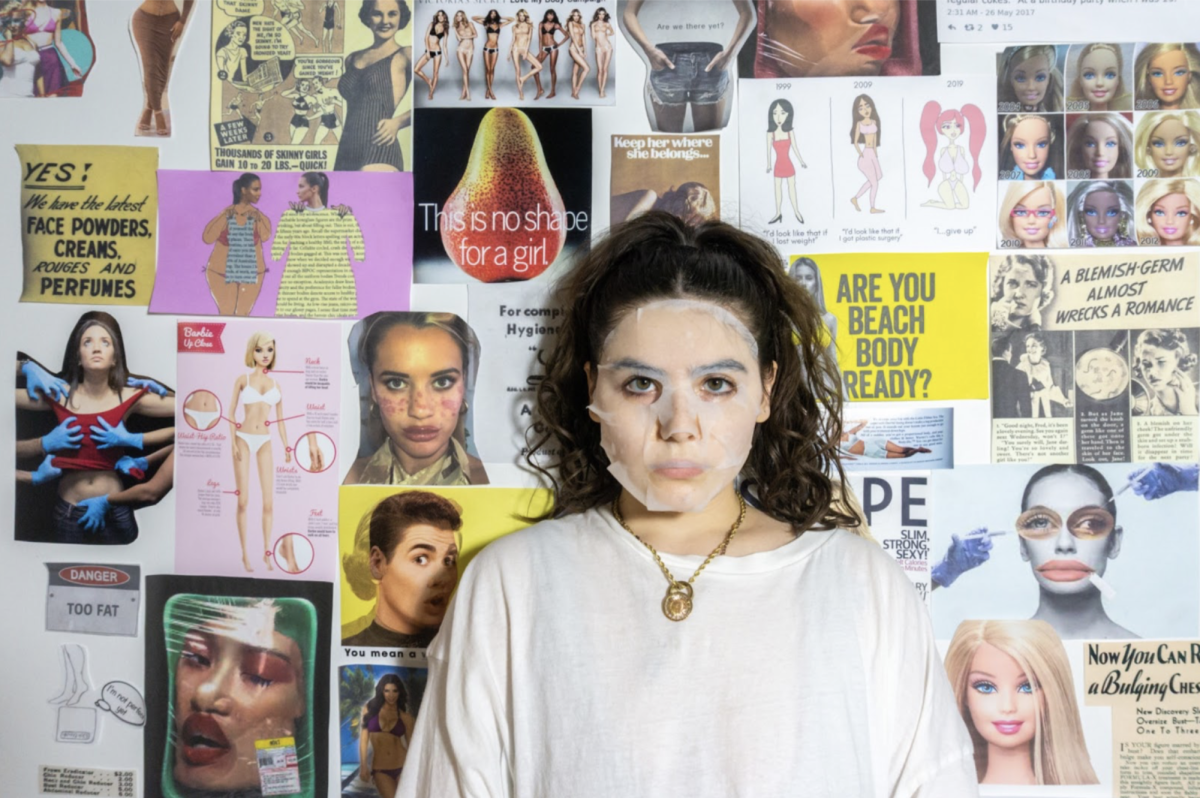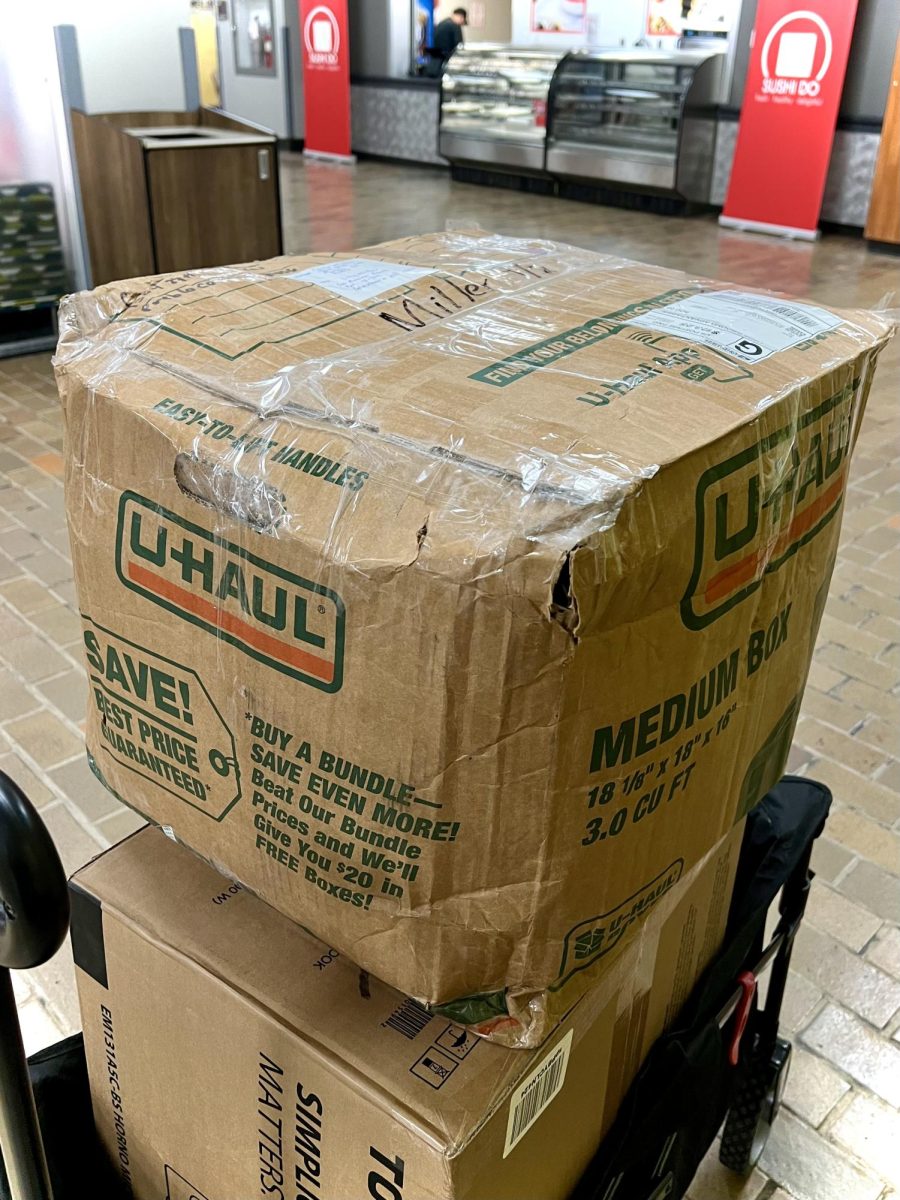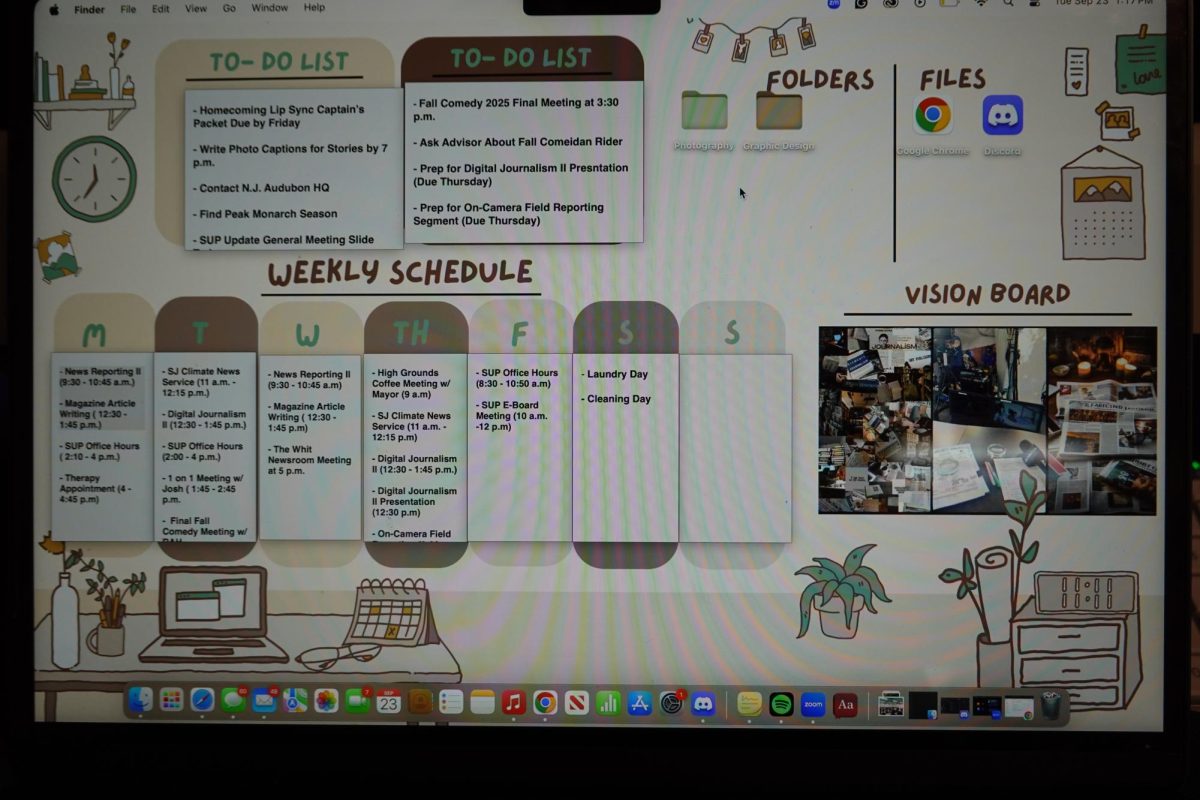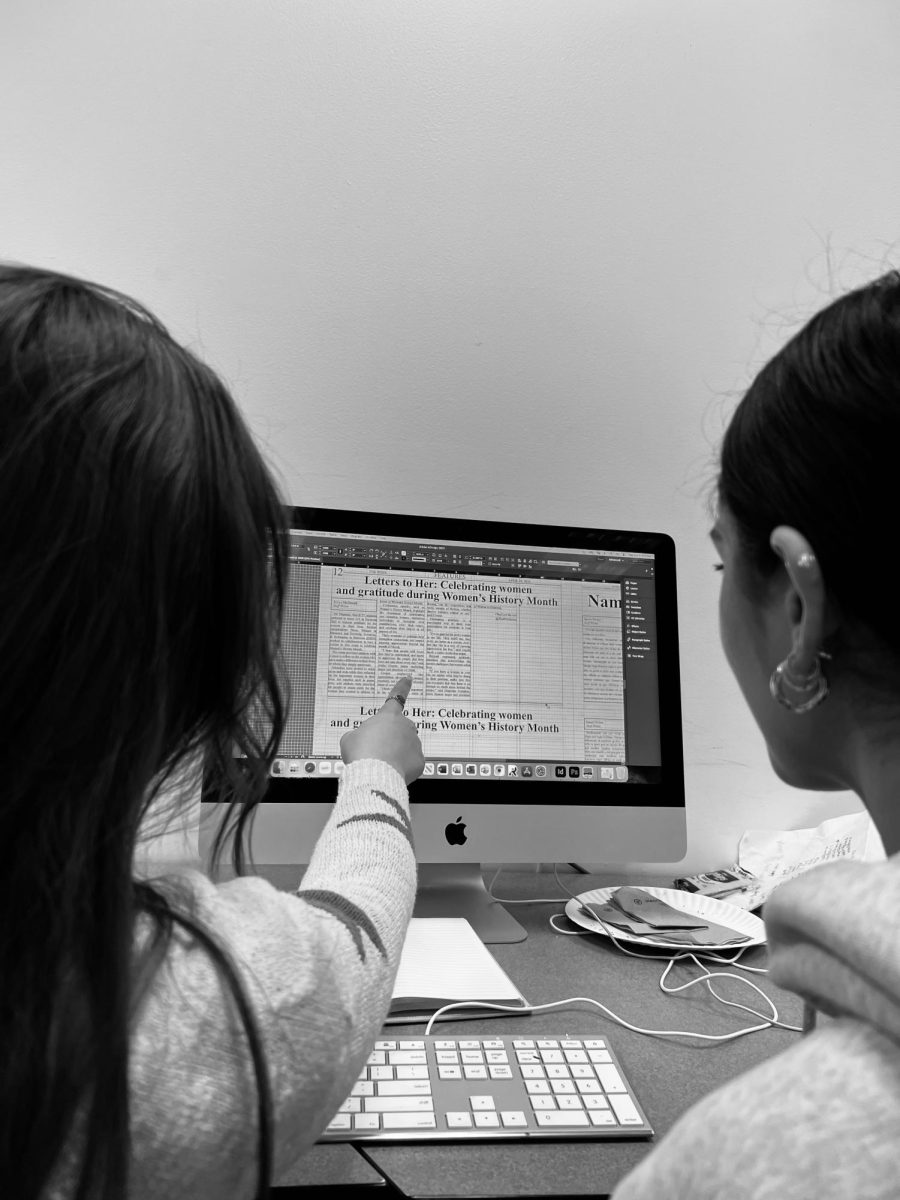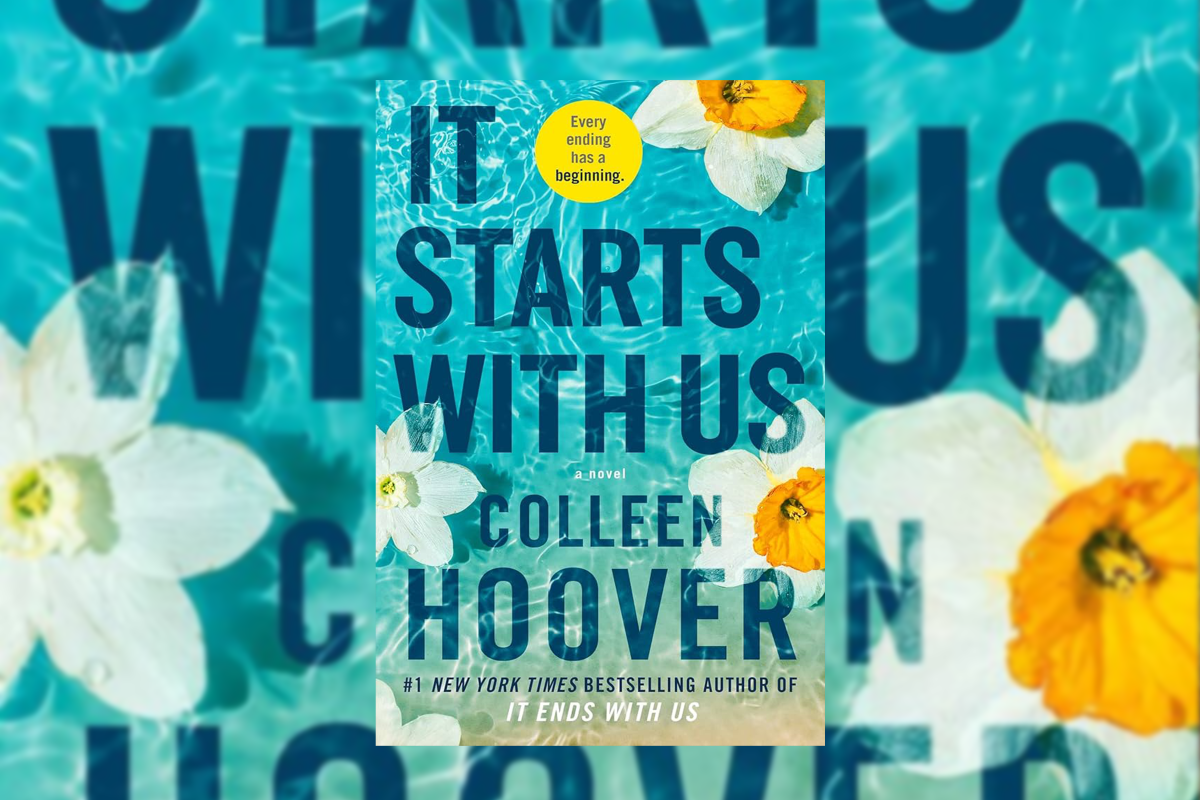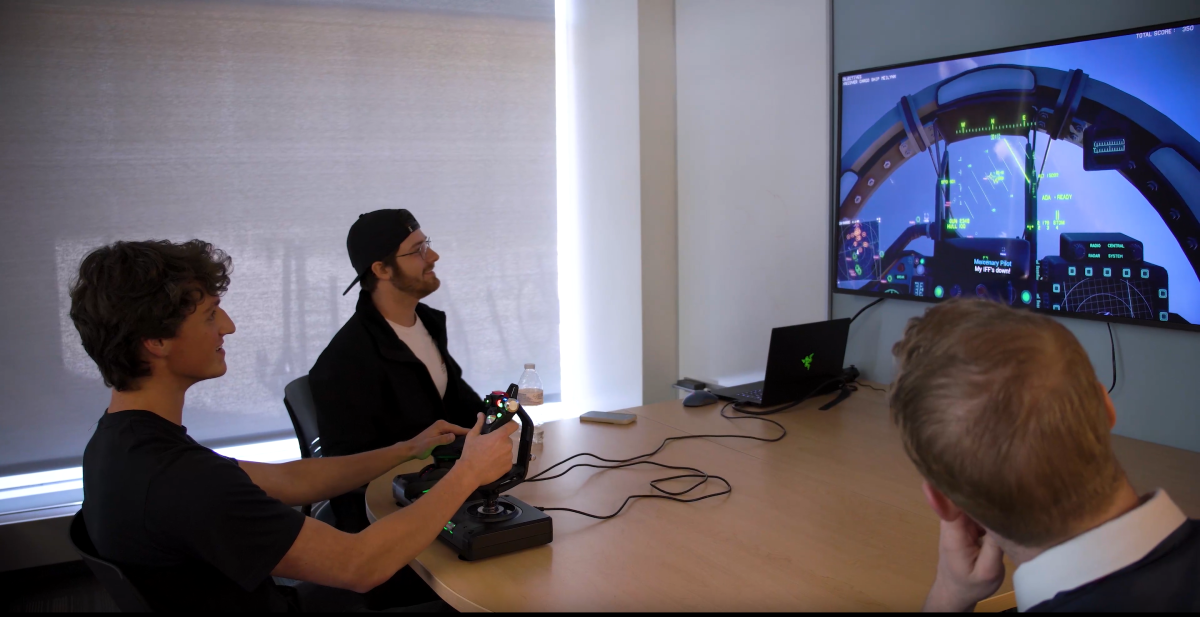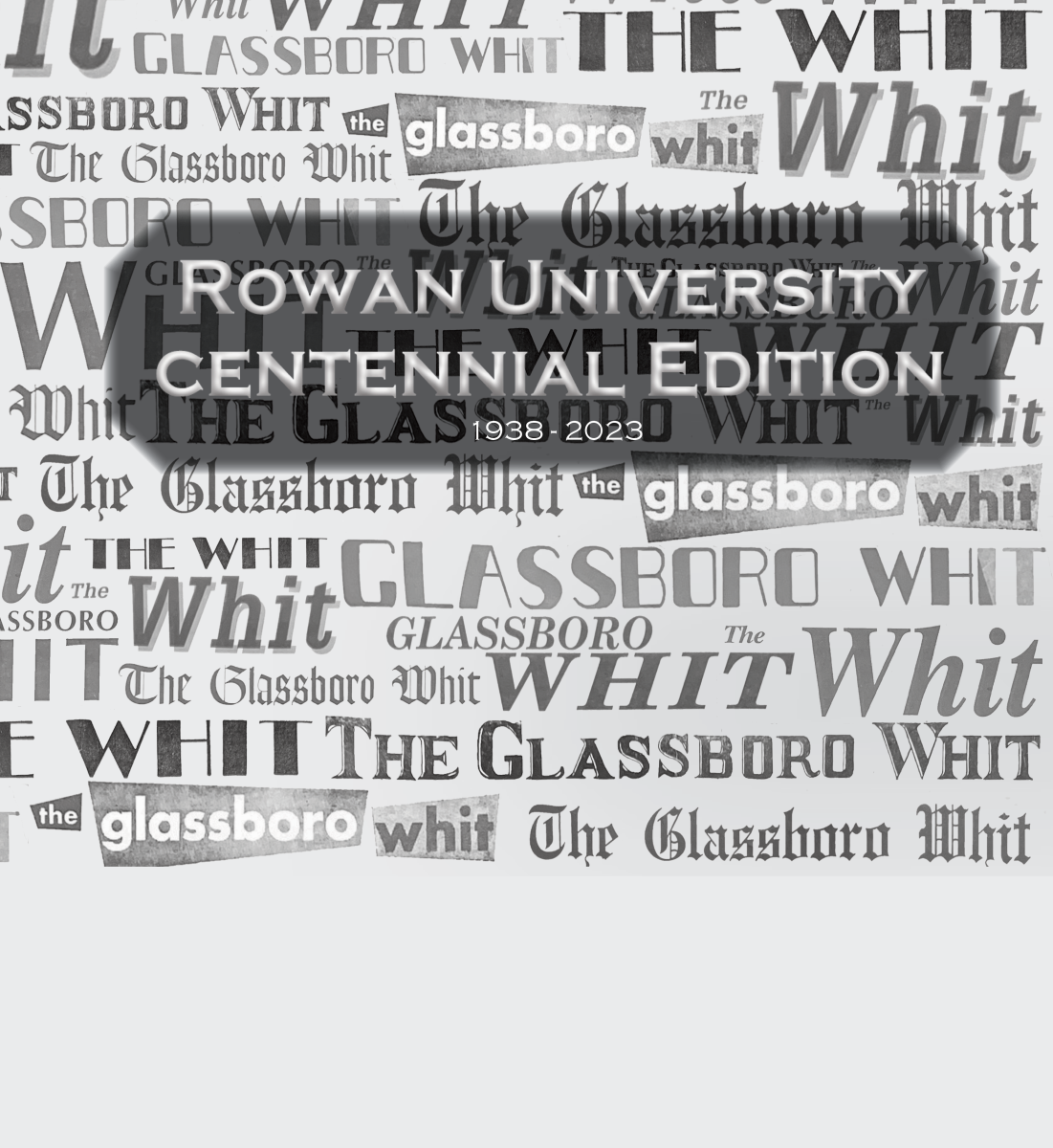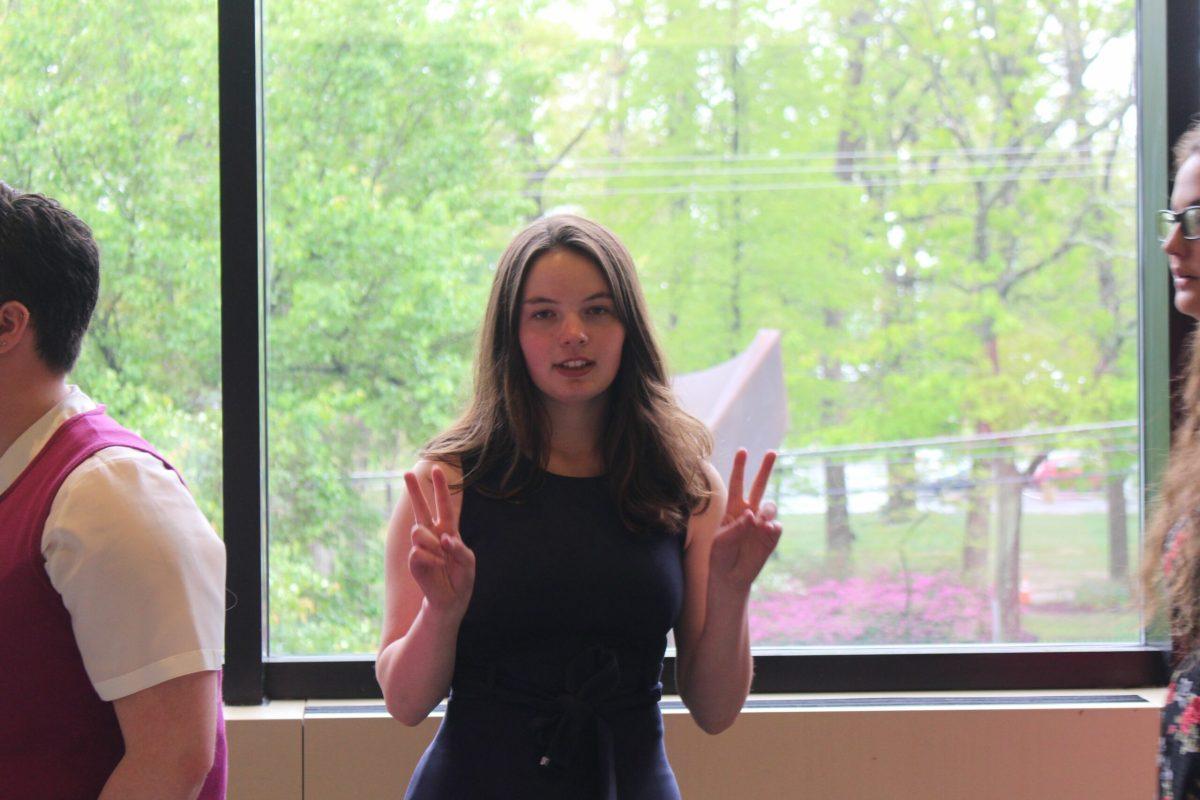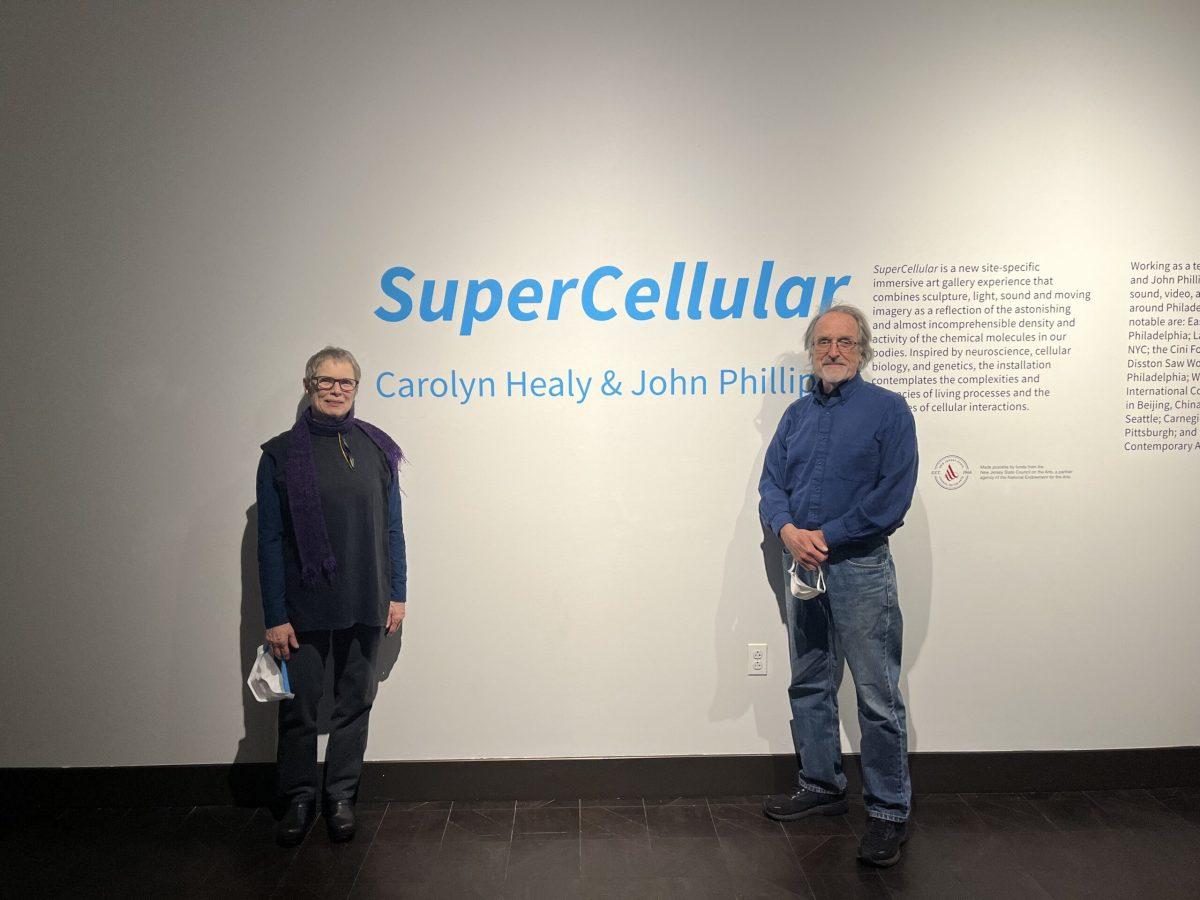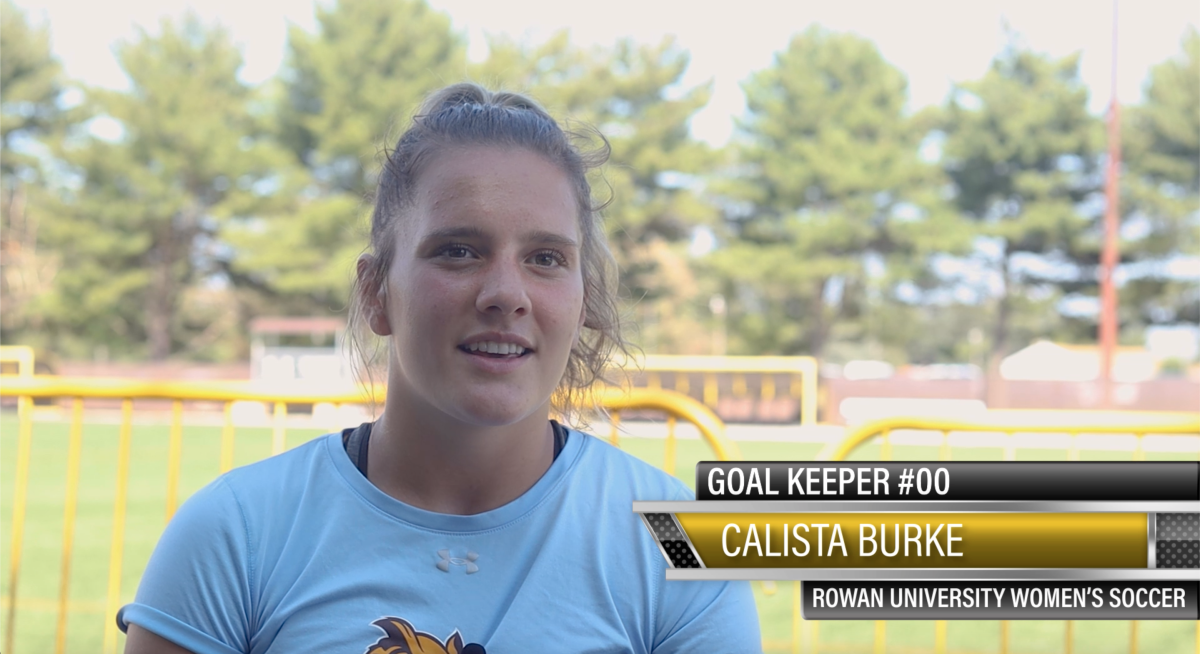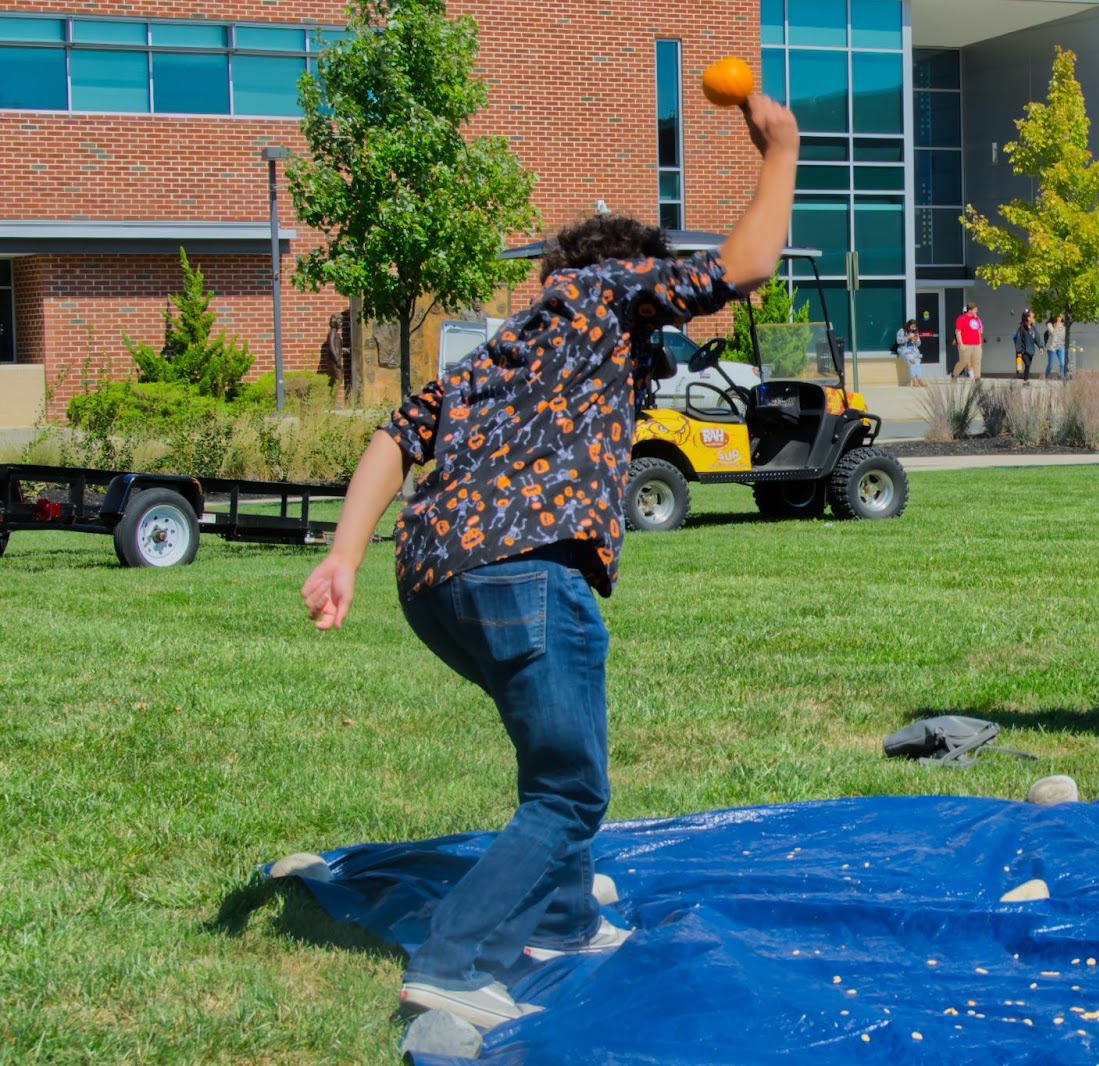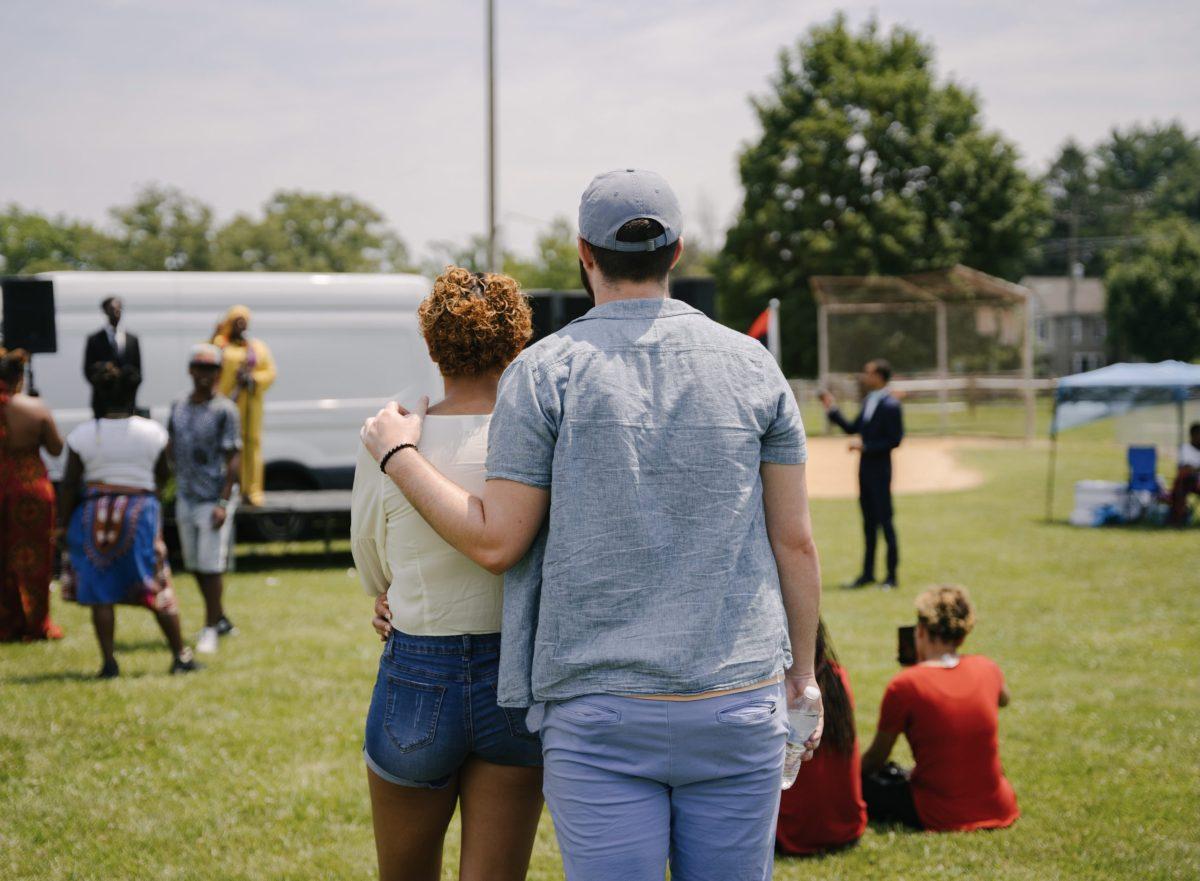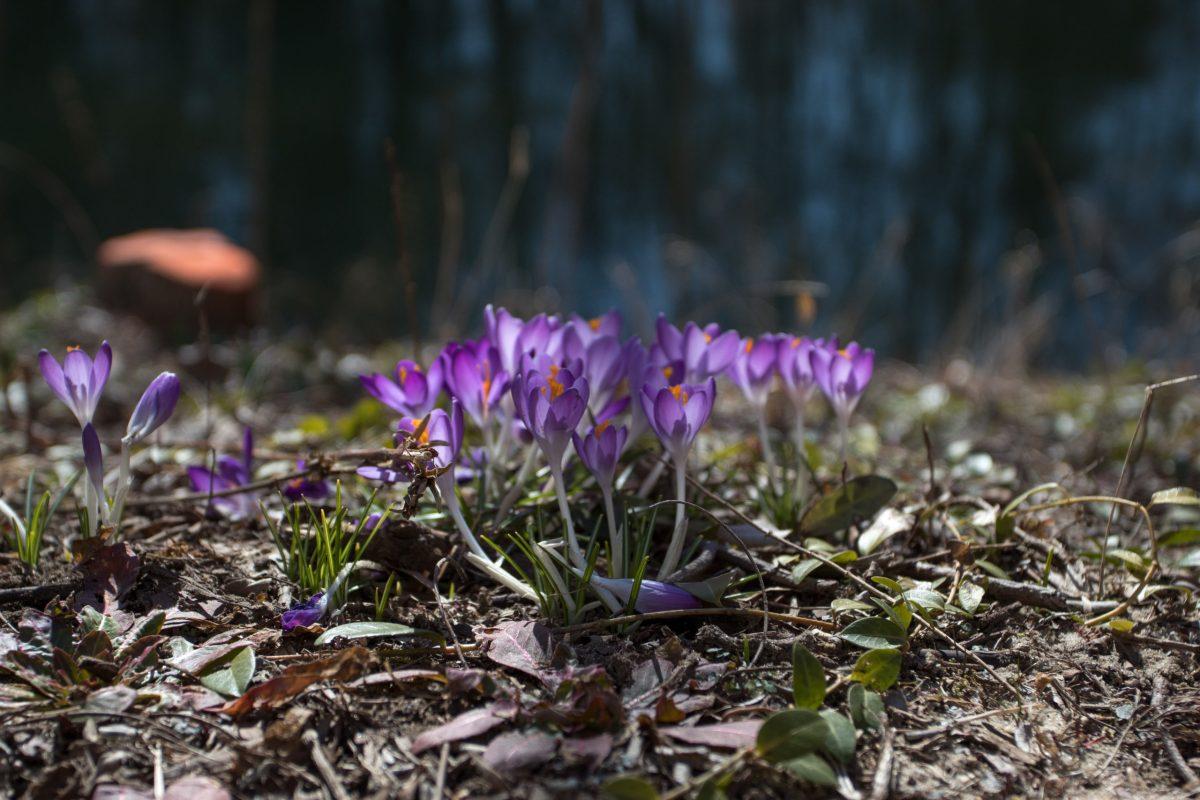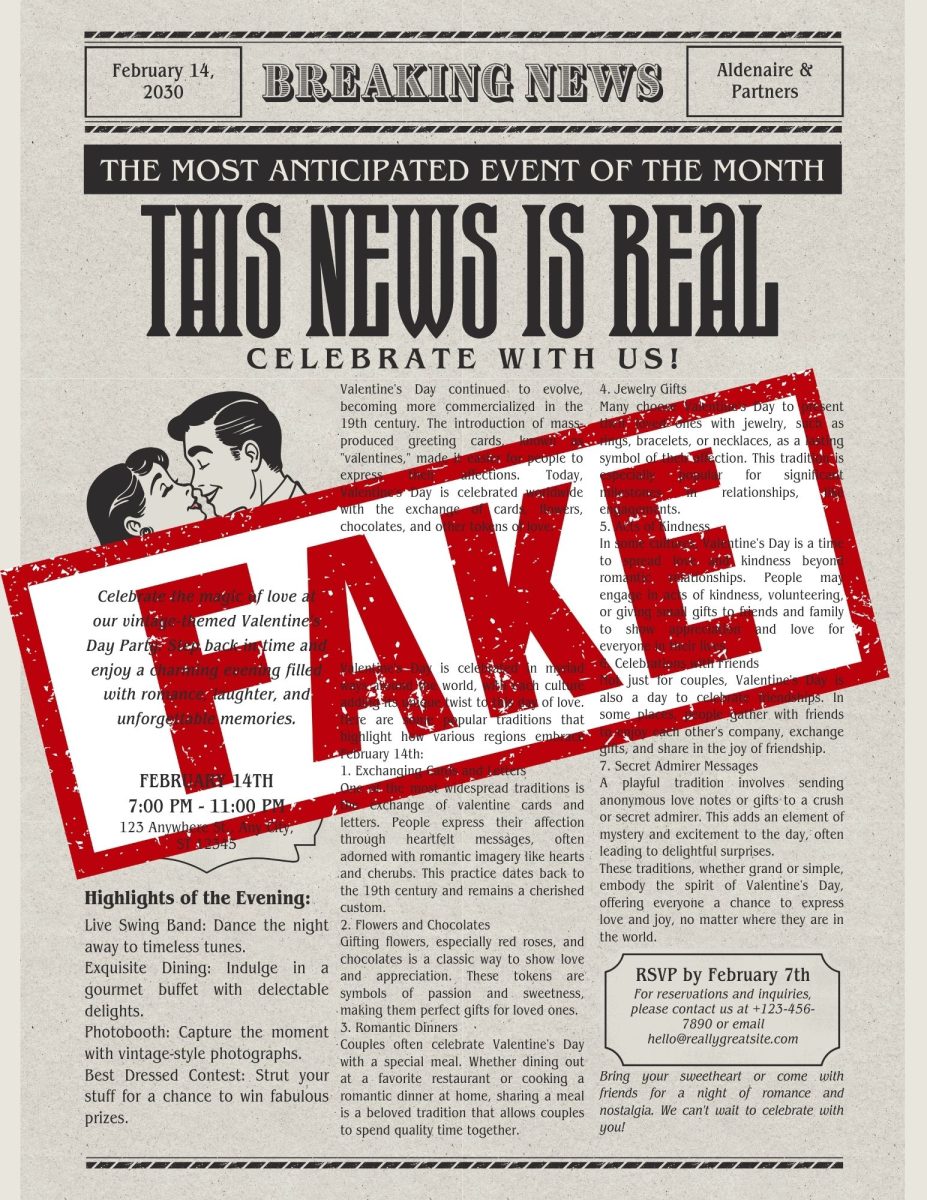As journalism students, we learn through our curriculum that before digital news, the average person would gather their news from traditional media like physical print newspapers, radio stations, television, and/or magazines. In other words, people actually went out of their way to come across news reports in order to be more informed about the world around them.
But today, the action of consuming news is so effortless. With just a scroll and a click, the biggest headlines of the day land right under your fingertips. However, with that click that only took one muscle in your body to produce, there are journalists on the move and on Zoom calls working remotely. And if your news source was lucky during the pandemic, those journalists are still able to go into the physical newsroom.
But even before the pandemic, print news publications were already struggling with the rise of the internet. Before the 2000s, the estimated circulation of weekly print papers was around 55.8 million. By 2020, that number dropped to 24.2 million. While you may or may not recognize it, physical newsrooms still play a vital role in crafting the news you rely on. The Whit Staff, a student news institution that is beyond privileged to have both a physical newsroom and newspaper, is here to tell you why this experience is so special.
Madison Miller, Editor-in-Chief: “Working for an in-person, print publication is something that has given me invaluable experience as a young reporter. I have garnered skills in layout and design in addition to reporting and writing while simultaneously learning the business of running a print publication. I am a firm believer that print media is one of the only mediums that is not susceptible to AI and internet algorithms, which makes our team even stronger when it comes to objectivity and ethics.”
Sophia Fandino, Opinion Editor: “Working in a physical student newsroom was one of the most rewarding experiences I think I’ve ever had throughout my career as a student journalist. I have learned how to collaborate and network with my peers, to take criticism and apply it to my work, as well as write in a loud, noisy environment. These are the intangible qualities of working in a newsroom that you don’t get from working at your desk at home. I wholeheartedly believe that print journalism still has a place in this world.”
Katie Thorn, Productions Editor: “As a student journalist, I have had personal experiences working in an in-person newsroom. From working at The Whit to just my regular journalism classes, I have been exposed to the inner workings of an in-person newsroom, which has been extremely beneficial. Being in an in-person newsroom, I have been able to work hands-on with the work and can easily collaborate with my peers. I have found that getting real-life, in-person, newsroom experience as a journalist has exposed me to team collaboration. While there are benefits to working remotely, as a journalist, I believe that the in-person aspect of journalism is crucial. Having a structured and organized work environment is something that I believe every journalist can benefit from.”
Paige Britt, Features Editor: “One of the best parts about being a part of The Whit is having a physical space where we can all get together and share ideas and help each other with articles. The collaboration, creativity, and camaraderie that is facilitated through face-to-face connection cannot be replaced through a screen.”
Beth Cimaglia, Arts & Entertainment Editor: “The excitement. The thrill. The collaboration. Being in the newsroom is an experience that every student journalist should have before graduating. The newsroom gives journalists the experience of collaboration. Sure, you can chat with someone. It’s not the same as leaning back in your chair and shouting across the room to your editor or colleague. It creates an environment with instantaneous feedback, and in a world where timeliness is everything with journalism, we don’t have the time to wait for an answer over teams. In-person collaboration is also a skill that is needed and sometimes lacking. Journalists, especially student journalists, need to learn the vital communication skills that come with being in a room physically together. It’s an experience you can’t get from working remotely.”
Nick Wiley, Managing Editor: “Working in the student newsroom taught me two main things: how to have difficult conversations with others and how to work under pressure to meet deadlines. Being able to give constructive feedback to either a writer or a fellow editor has helped me become a more professional person. At the same time, having so much work and responsibility has prevented me from procrastinating and has overall helped me improve my time management. If anyone has the opportunity to work in a student newsroom, I would highly recommend it—it will help you grow as a person.”
Gavin Schweiger, Photography Editor: “Working in a physical newsroom, whether it be at The Whit or South Jersey Climate News, or even a beginner class, is more than helpful for my growth as a journalist and student. Being able to physically pitch and discuss ideas, to improve my articles with advice from professors and peers, as well as to just chat with the people around me, is always a great way to grow professional and even personal relationships. Building those relationships is key to being a good journalist, and keeping those networks and personal relationships is great to move forward with. I can’t advocate more for physical working spaces in general, but even more for physical newsrooms.”
Marchella Mazzoni, Copy Editor: “Since I was in the eighth grade, I have been working in a newsroom. I was the copy editor for my middle school newspaper, and now I am one of our campus newspaper’s copy editors. Working in a newsroom is incredibly beneficial to student journalists because it allows us to build rapport with our writers and editorial staff. Every Whit Wednesday, I am so excited to head into our newsroom and work with a team of inspiring journalists who motivate me to become a better writer. Having the opportunity to work in a newsroom in person is so important to me, and I am so grateful to be a part of this editorial staff.”
Brendan Cohen, Graphics Editor: “Even though I am a Radio, Television, and Film Major, working in a newsroom has expanded my journalism skills through leaps and bounds. I’ve worked with many teams and groups, but a newsroom has been the smoothest. Everyone works like clockwork, and their connections together are unlike anything I’ve ever experienced until now. We all bounce ideas off each other, and even through our professionalism, we always have fun doing what we love: providing the best newspaper possible.”
For comments/questions about this story DM us on Instagram @thewhitatrowan or email [email protected]
